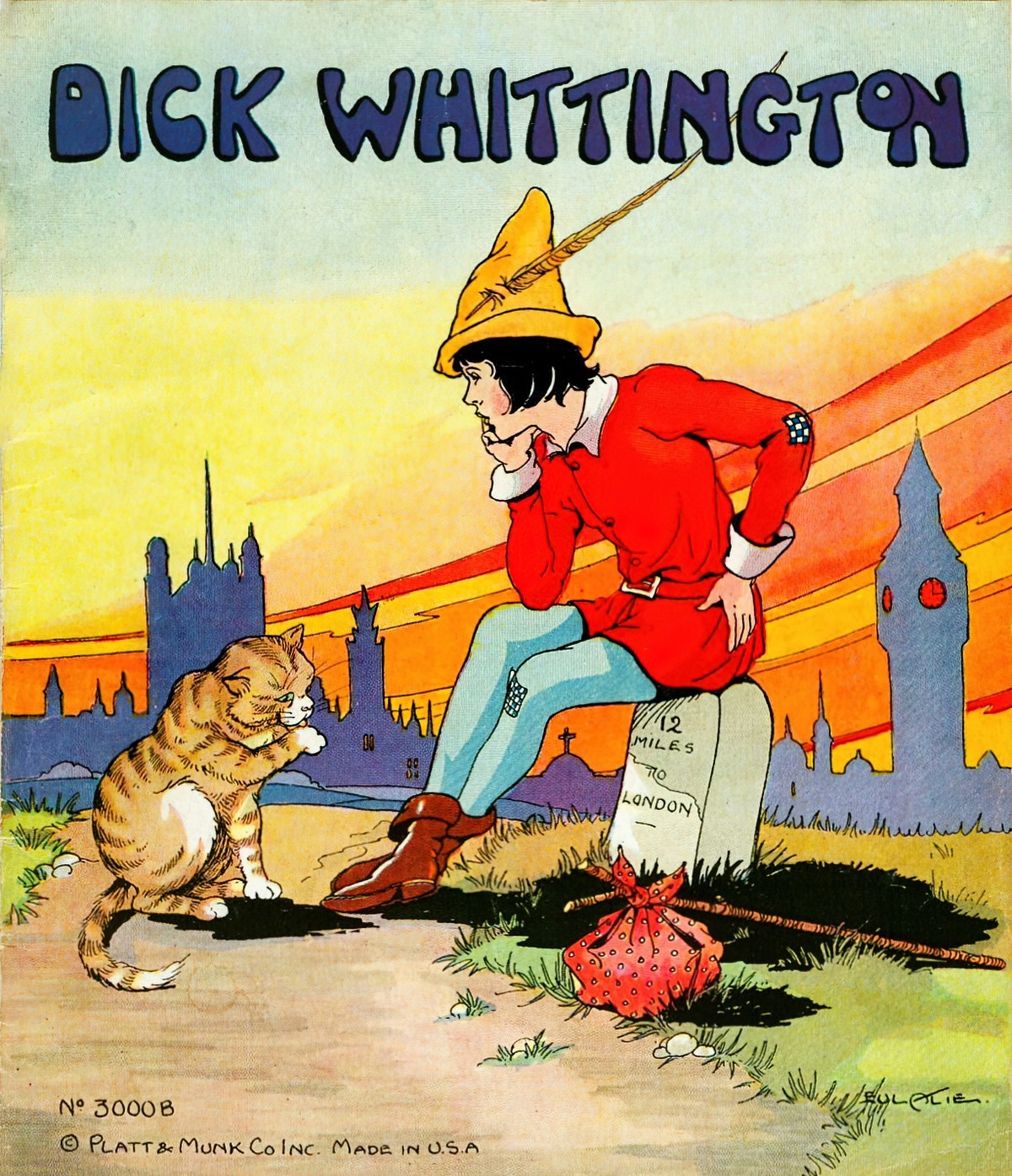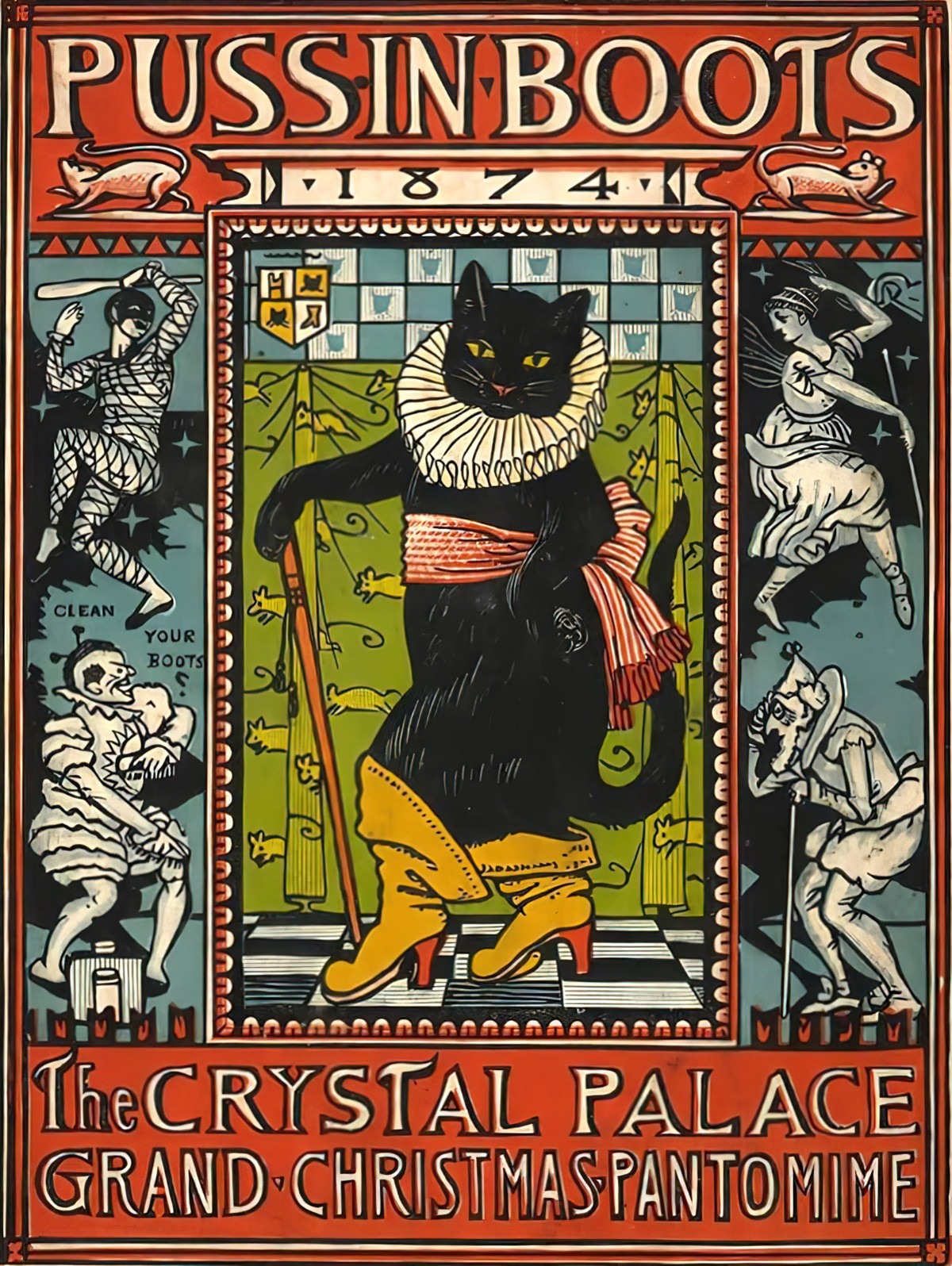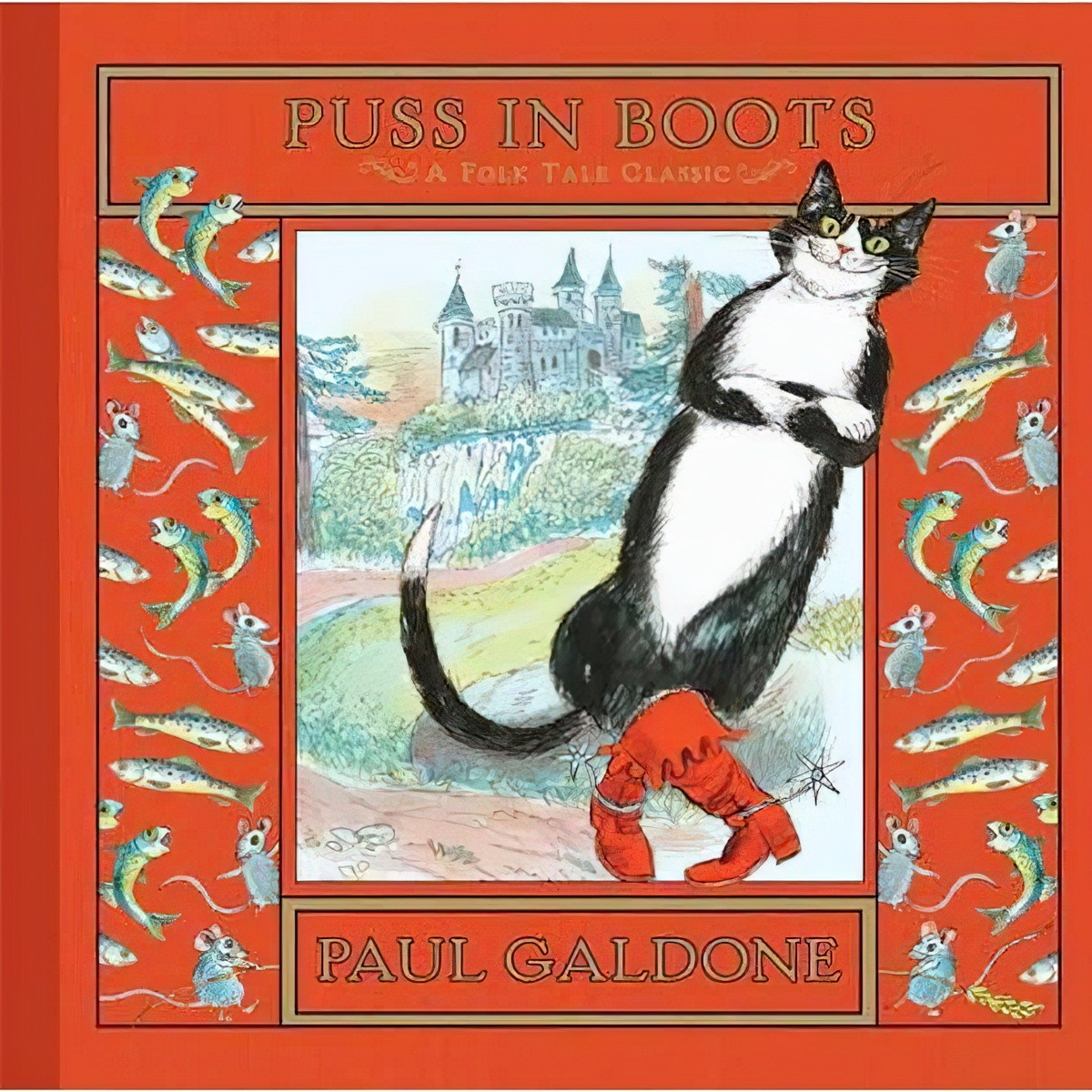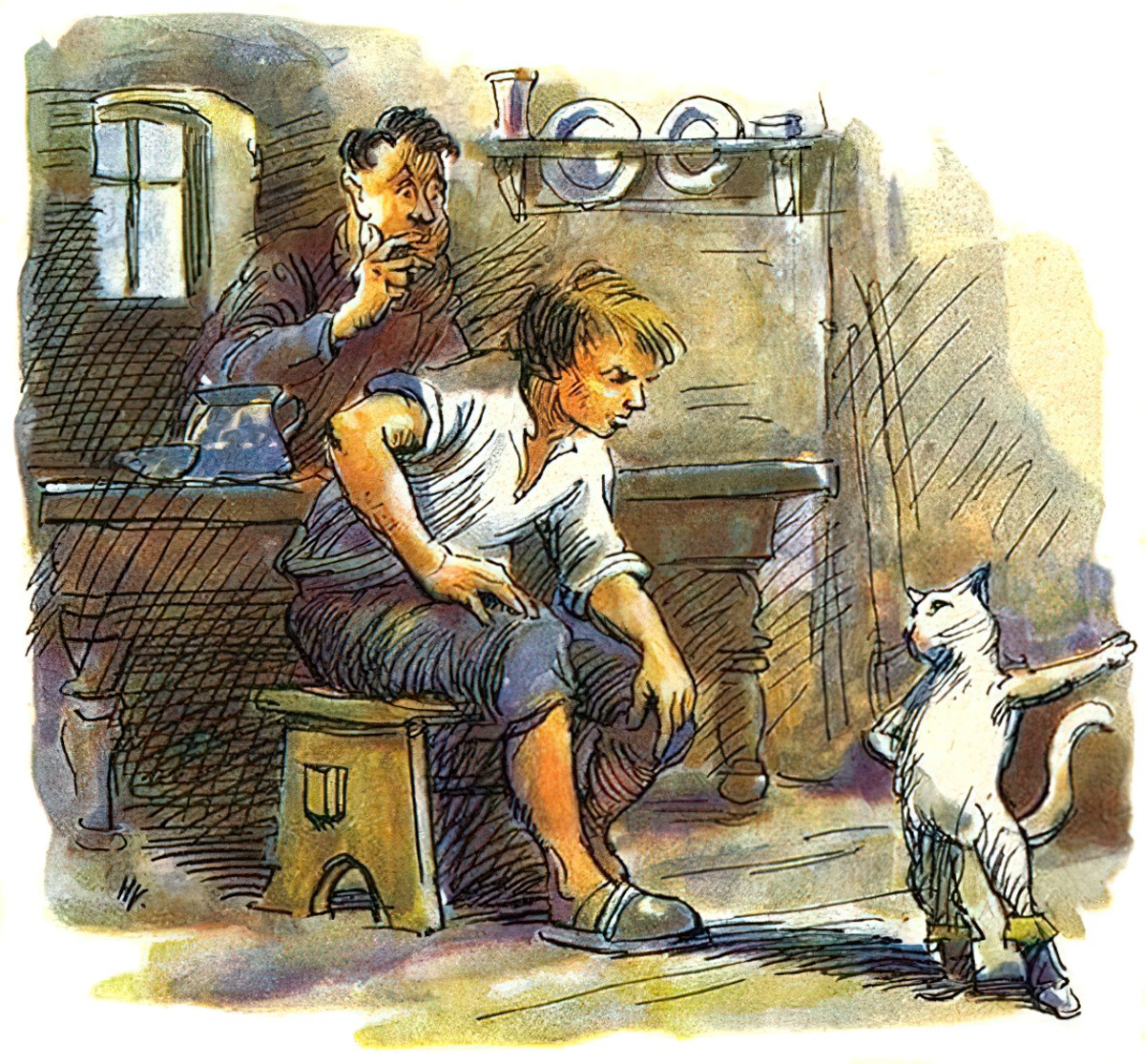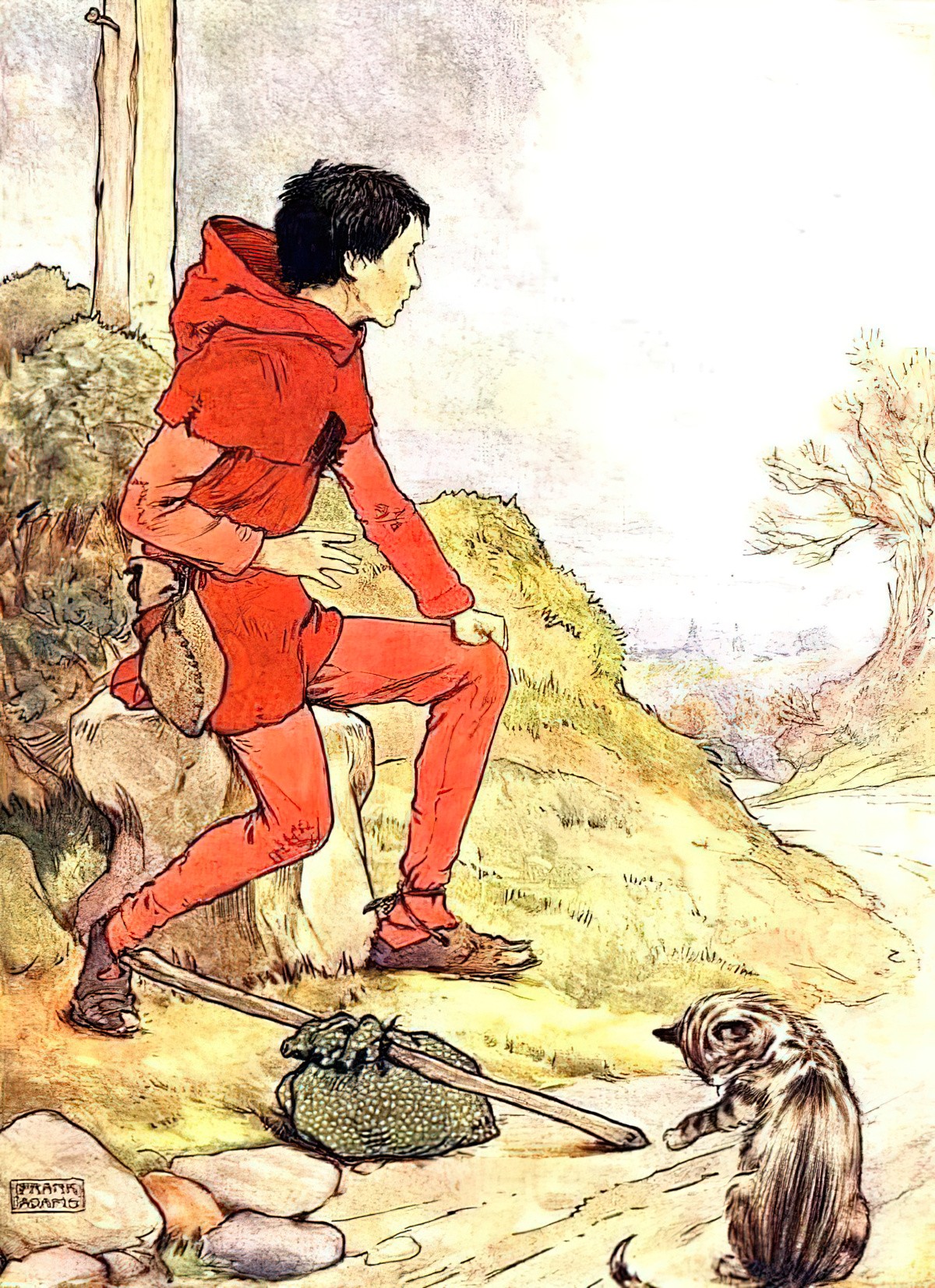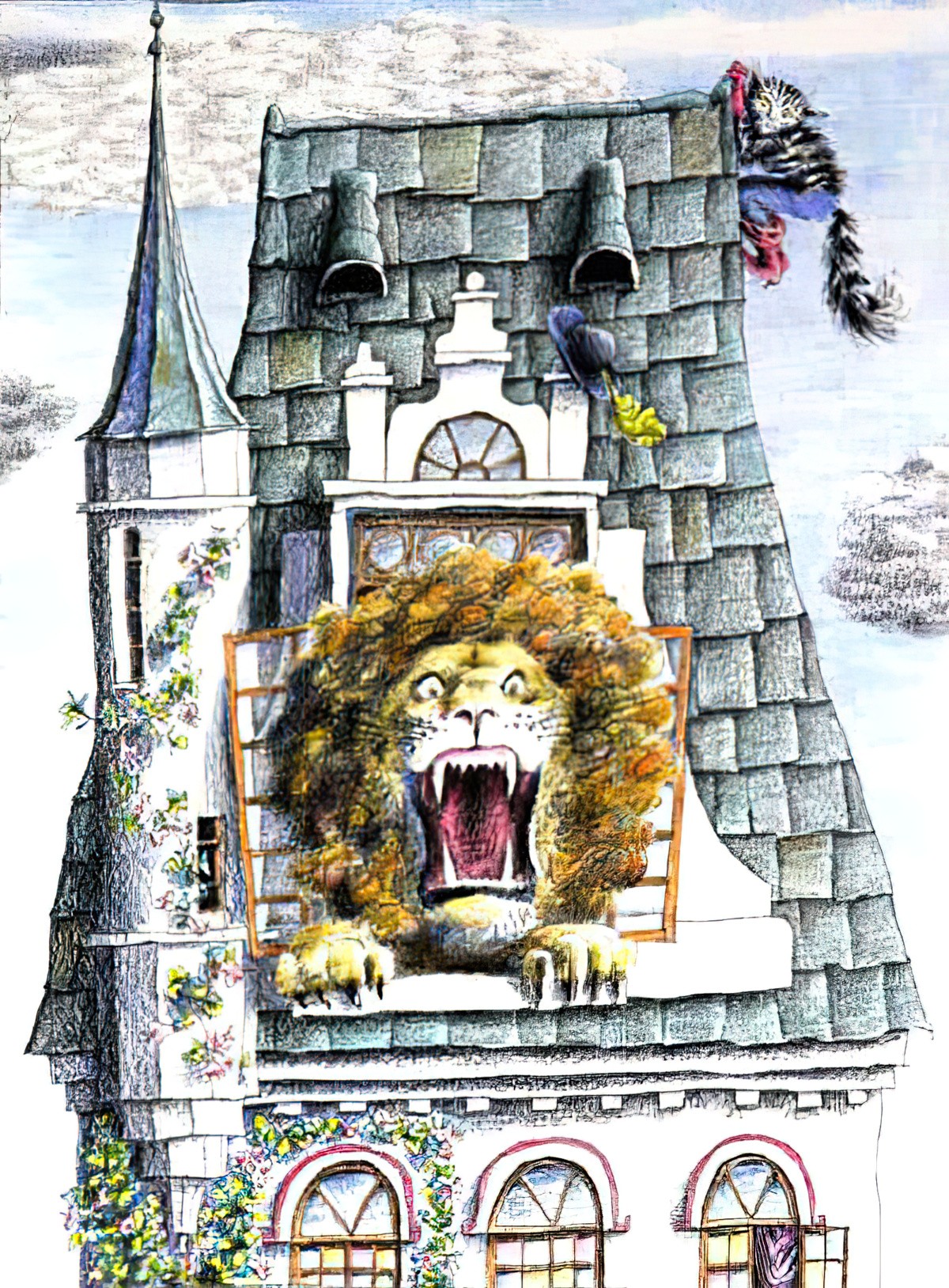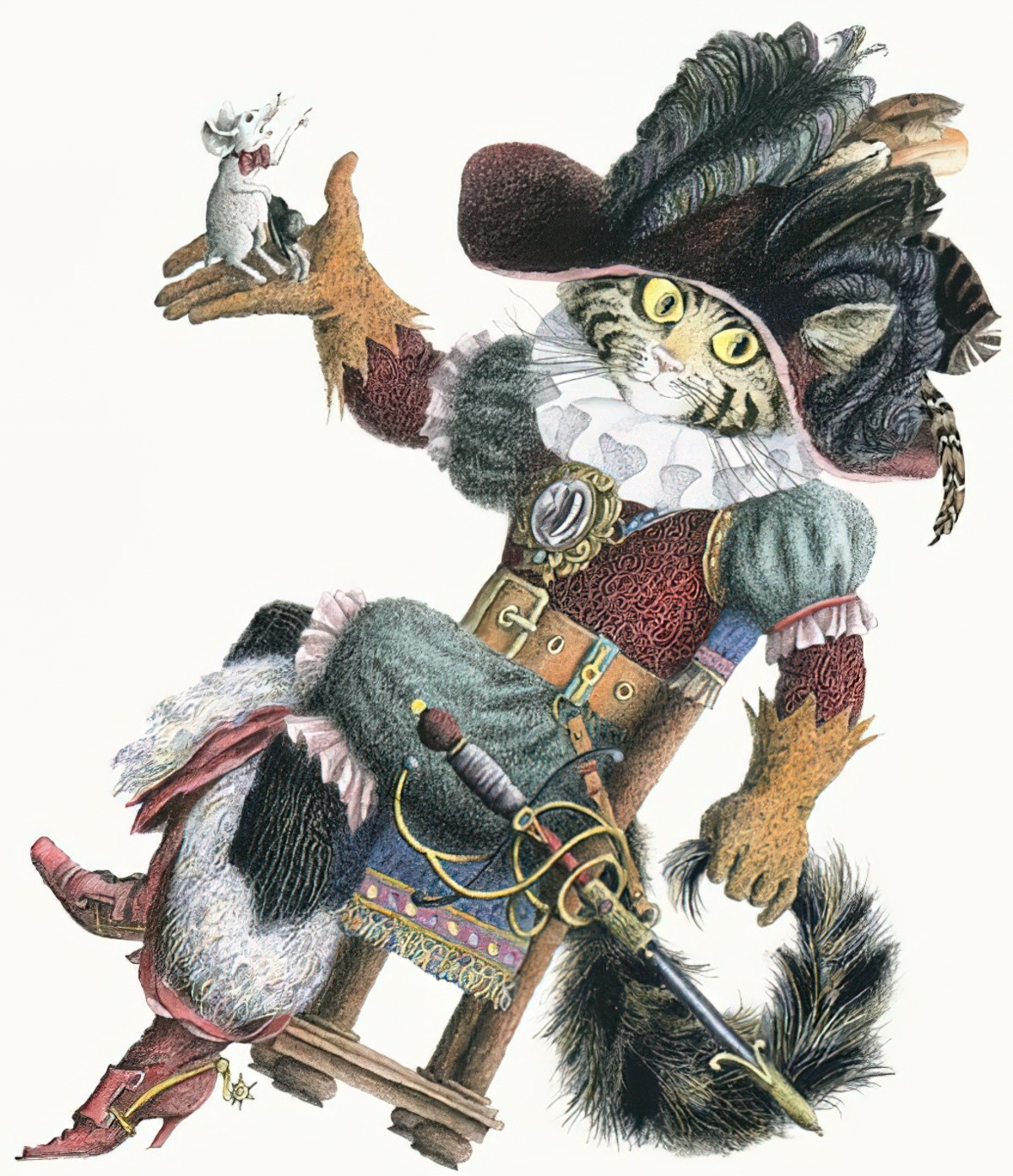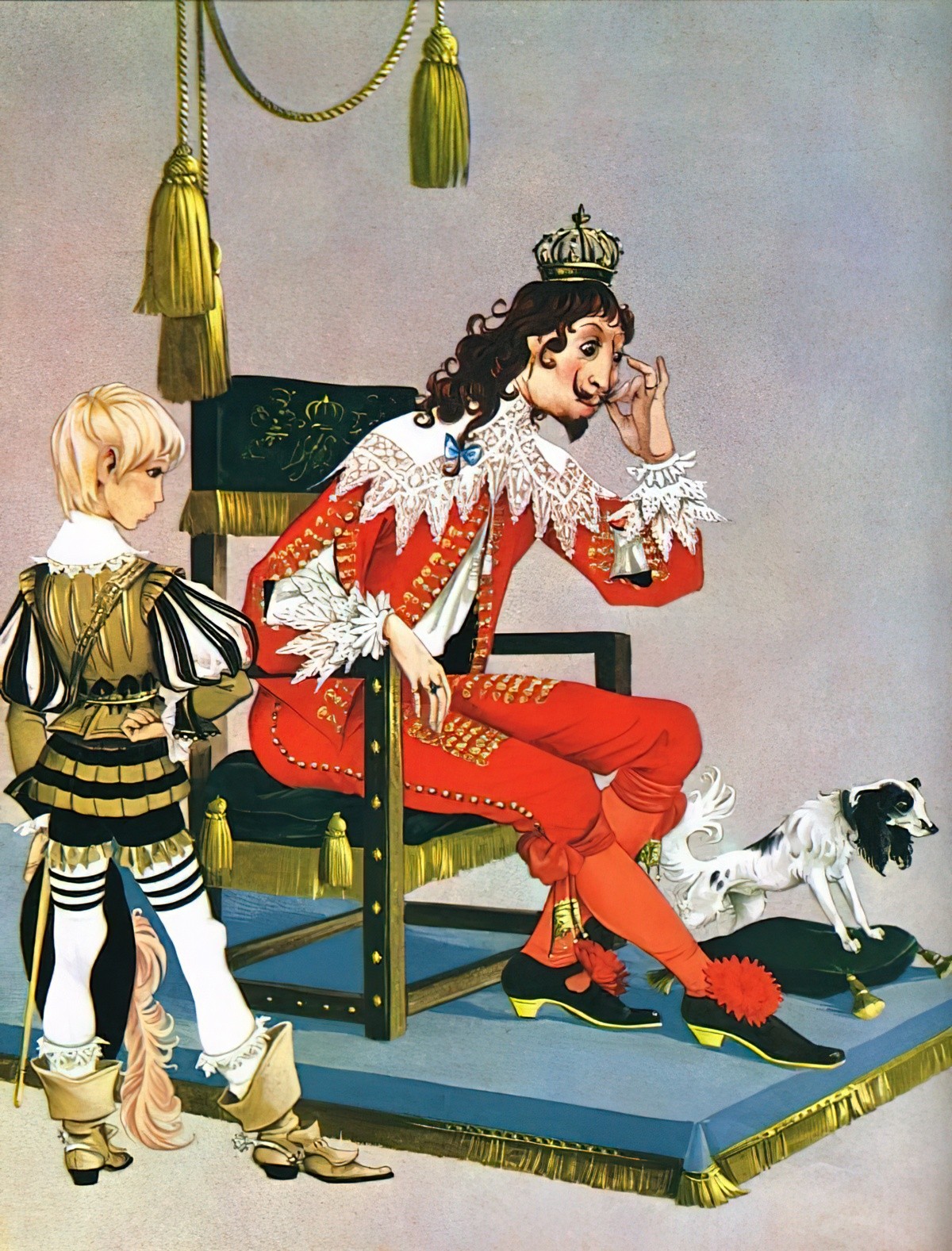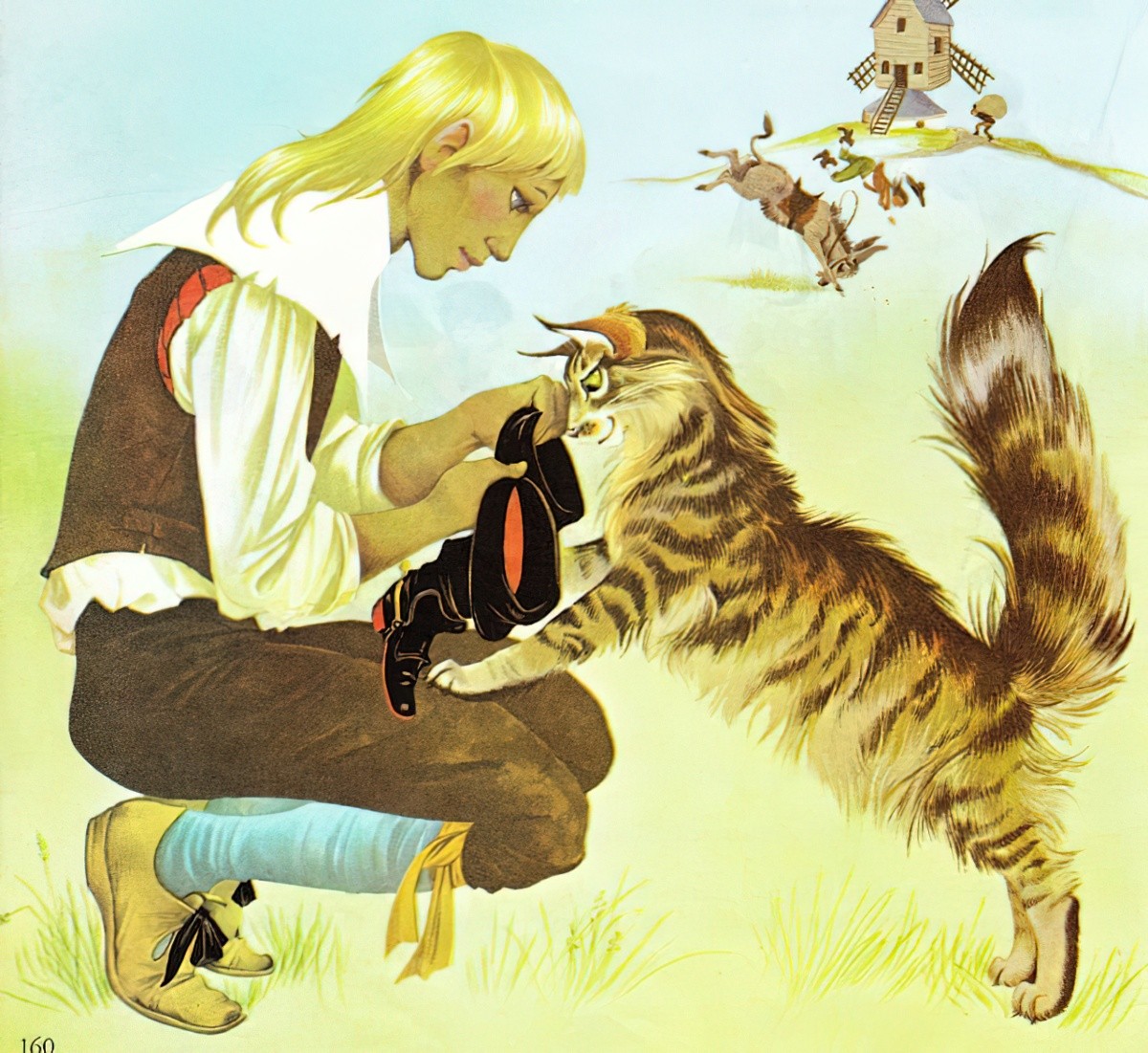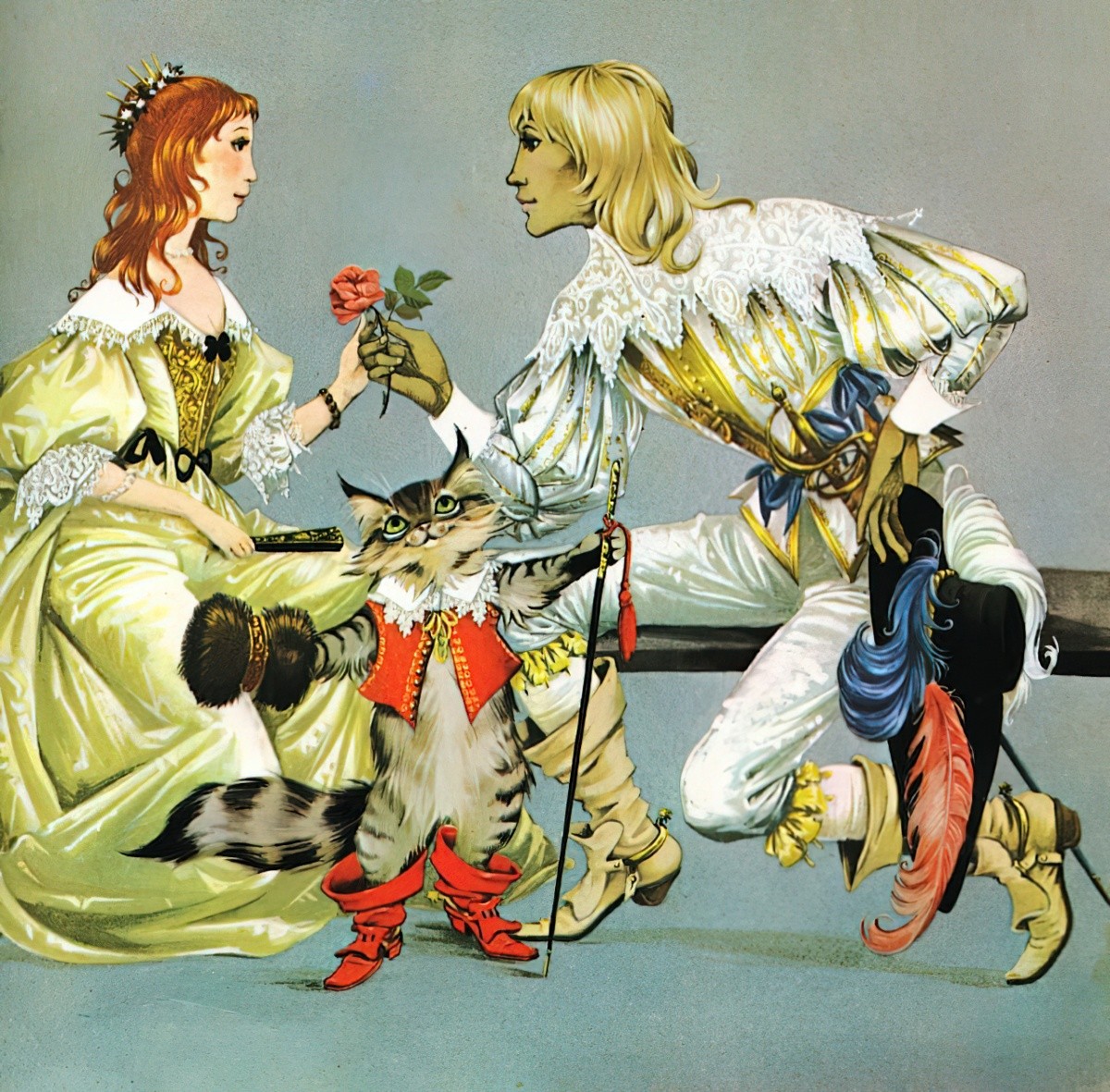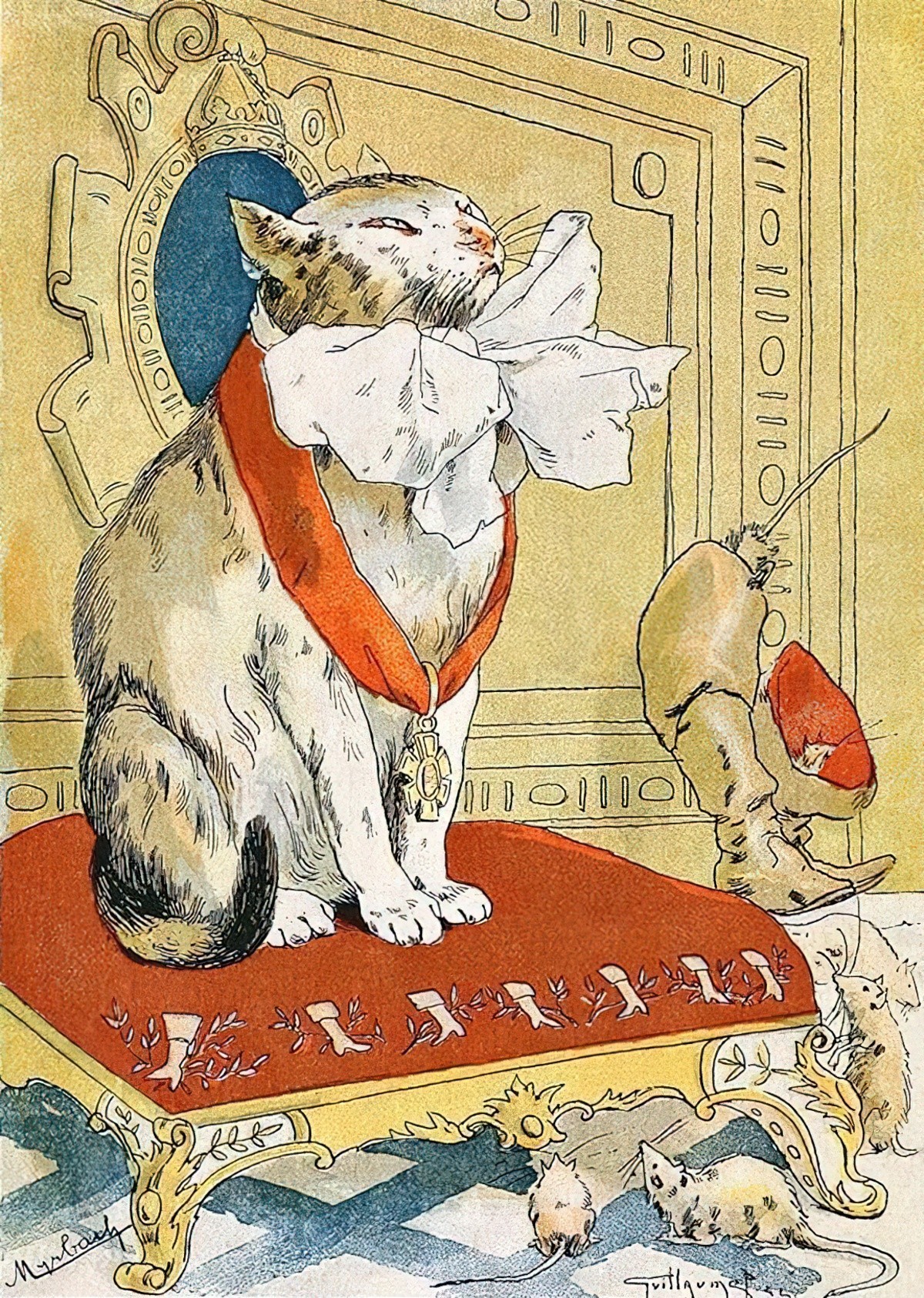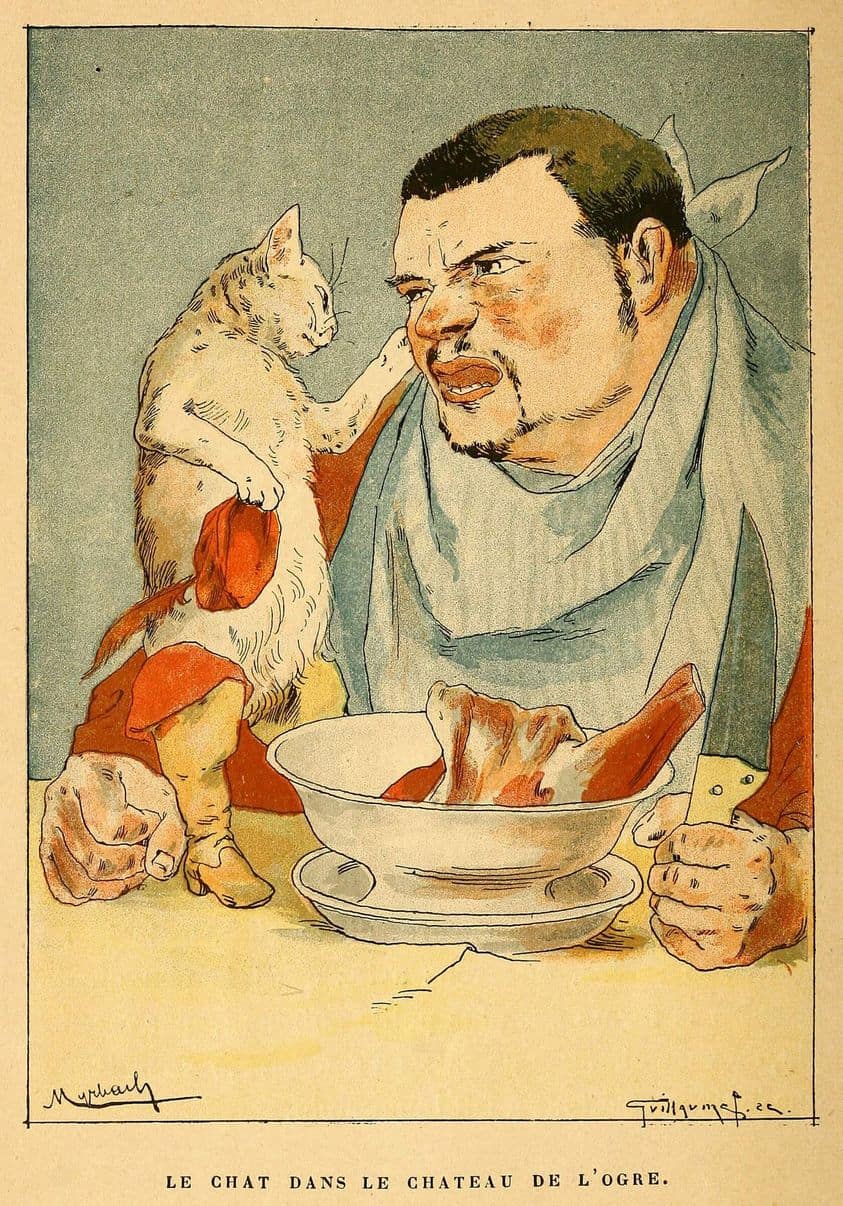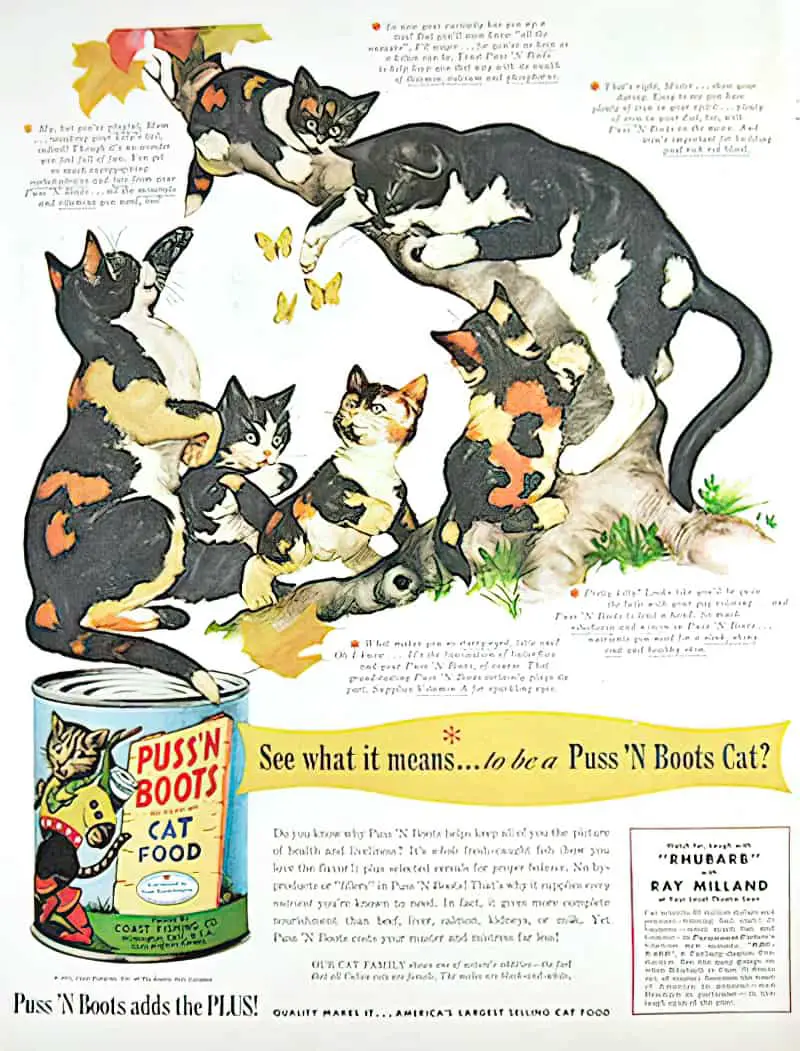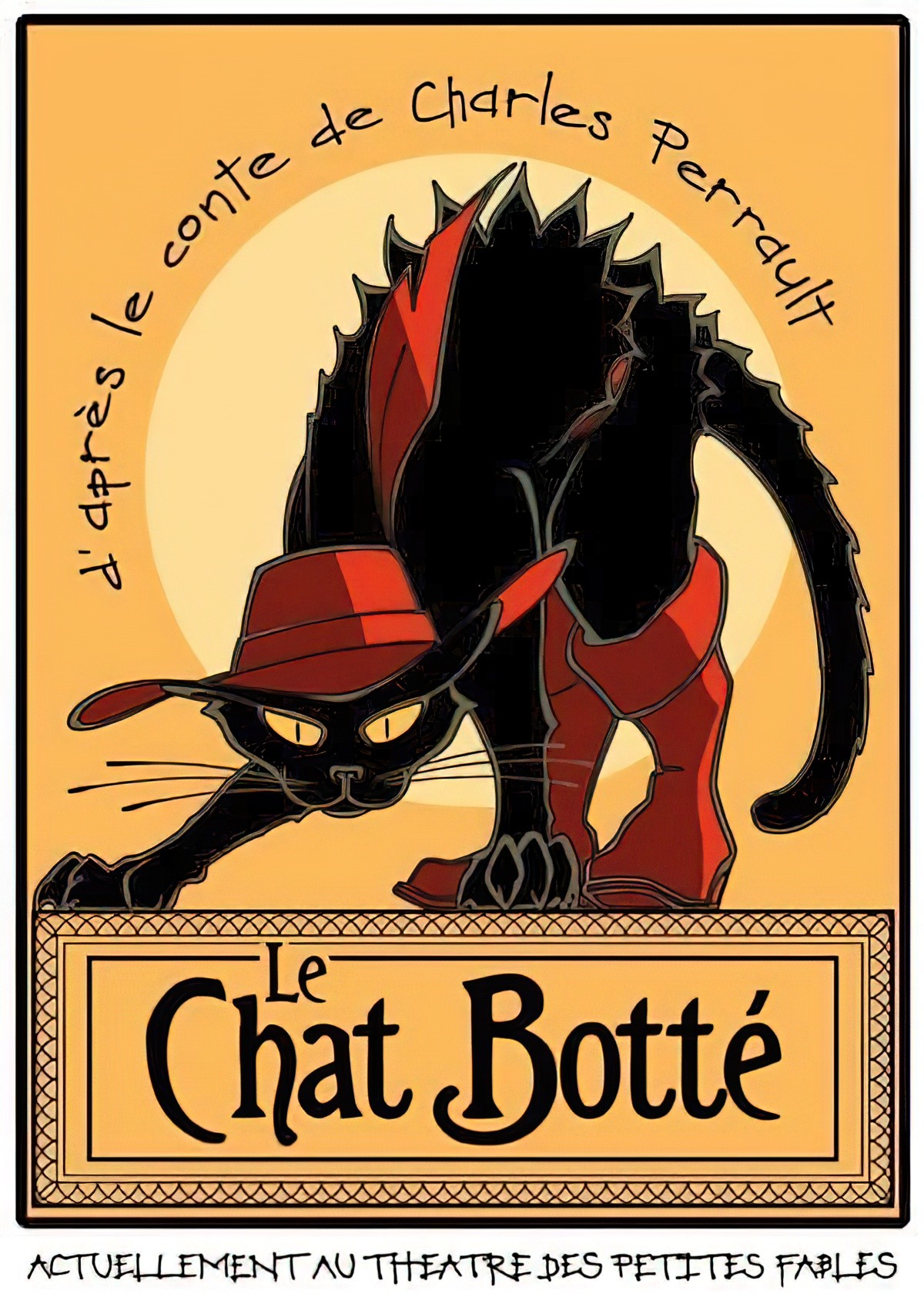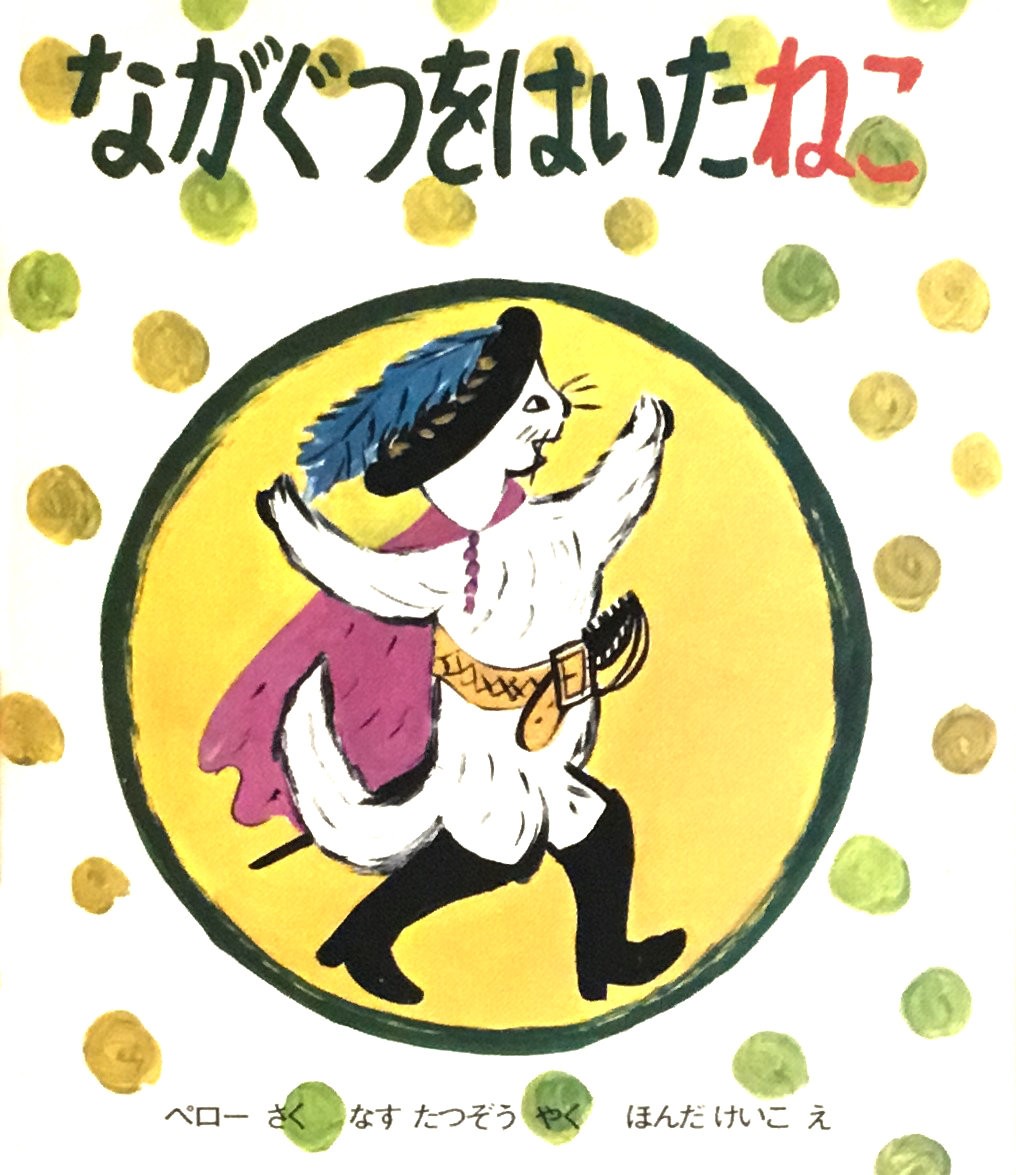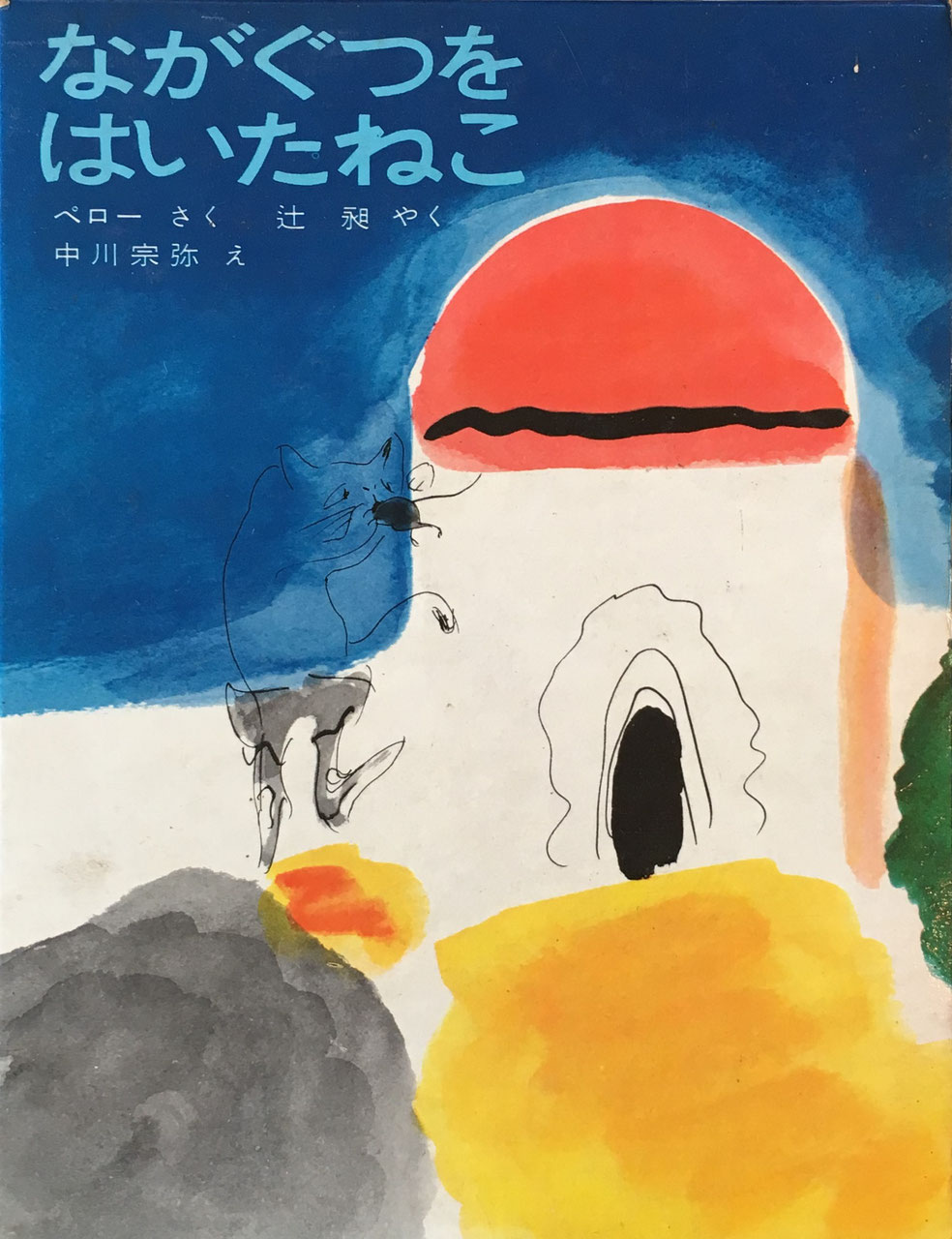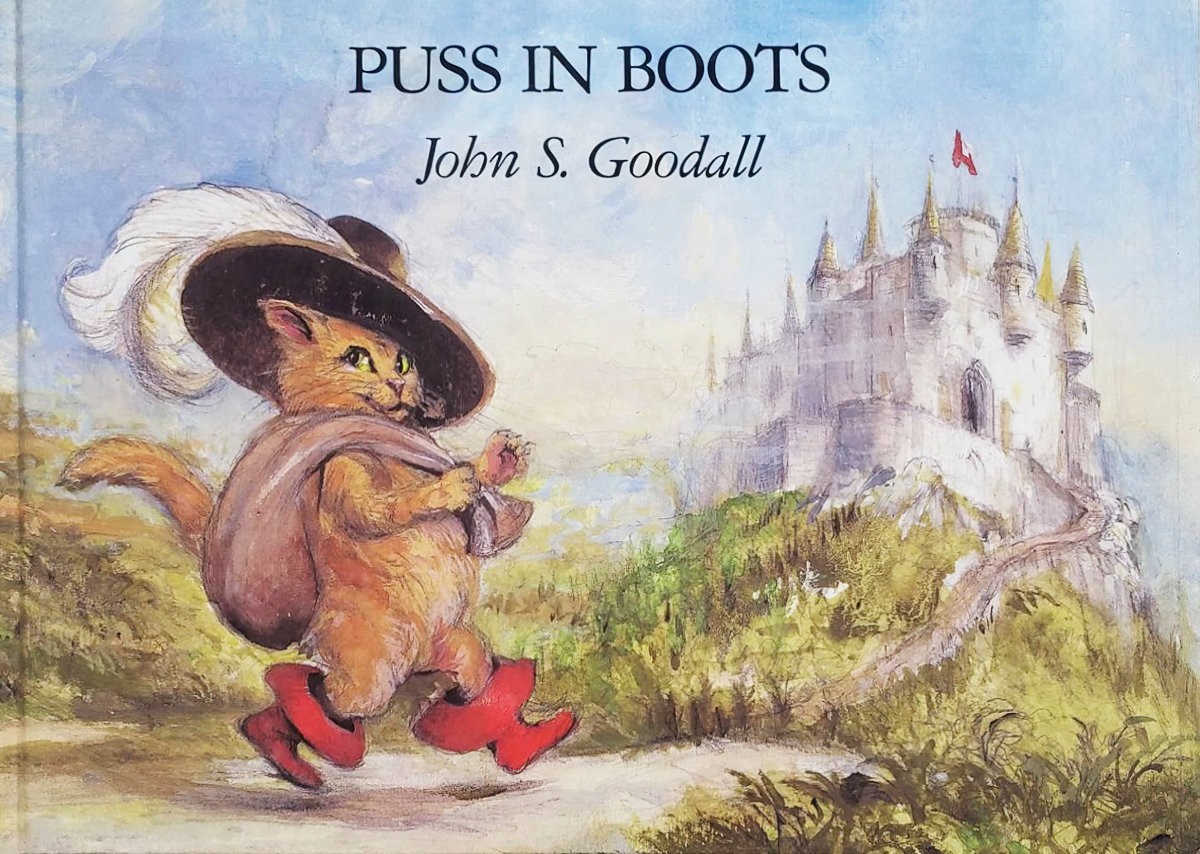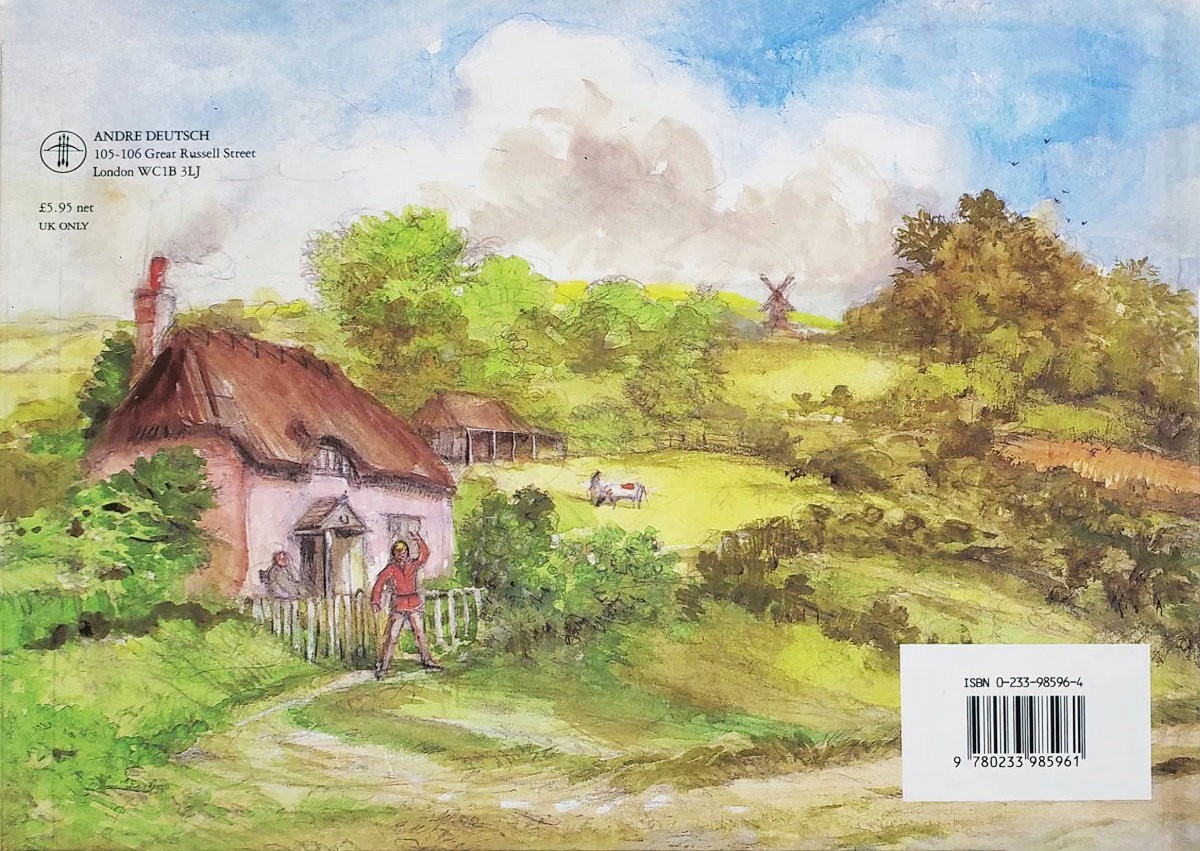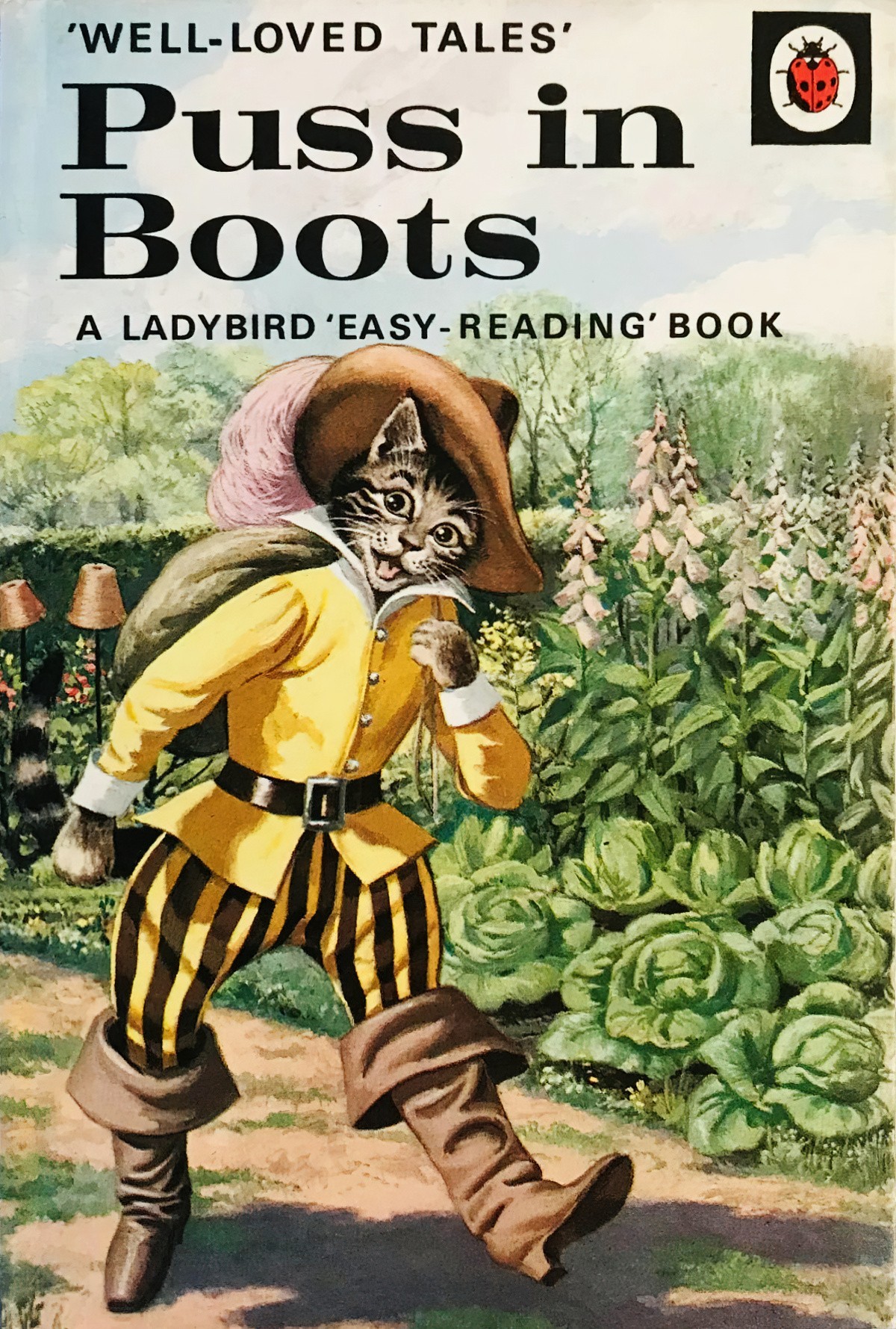These days, modern children are probably most likely to have encountered Puss In Boots in the second Shrek movie. The most resonant scene for us all is probably the bit where Puss is revealed to be a manipulative little bastard, making his eyes big and cute in order to get what he wants. I admit, it’s a real triumph of animation.
This is the bowdlerised early reader version I read as a kid.
Of the modern, bowdlerised Perrault fairytales, Puss In Boots remains relatively unchanged compared to others such as Sleeping Beauty, in which the entire second half gets cut off (for obvious reasons, when you read the original!).
If you’d like to hear “Puss In Boots” read aloud, I recommend the retellings by Parcast’s Tales podcast series. (They have now moved over to Spotify.) These are ancient tales retold using contemporary English, complete with music and foley effects. Some of these old tales are pretty hard to read, but the Tales podcast presents them in an easily digestible way. “Puss In Boots” was published February 2019.
Puss In Boots is your classic trickster archetype. Sometimes in fairytales the trickster(s) are minor characters. Take the tailors in The Emperor’s New Clothes as an example. They come to town, create mischief then leave. In this story the trickster is the main character.
Primogeniture
We also have a classic underdog in the character of the ‘third son’. According to old inheritance customs, the entire family fortune would be left to the eldest son, with the implicit understanding that the eldest son would continue to run the farm/business intact but share his profits with the rest of the brothers and the women. In practice, this didn’t always happen of course, and so third sons would have often felt gipped. (I often wonder how regularly the women felt equally gipped, or if their acculturation meant their lower expectations in life allowed them to feel a little more content.)
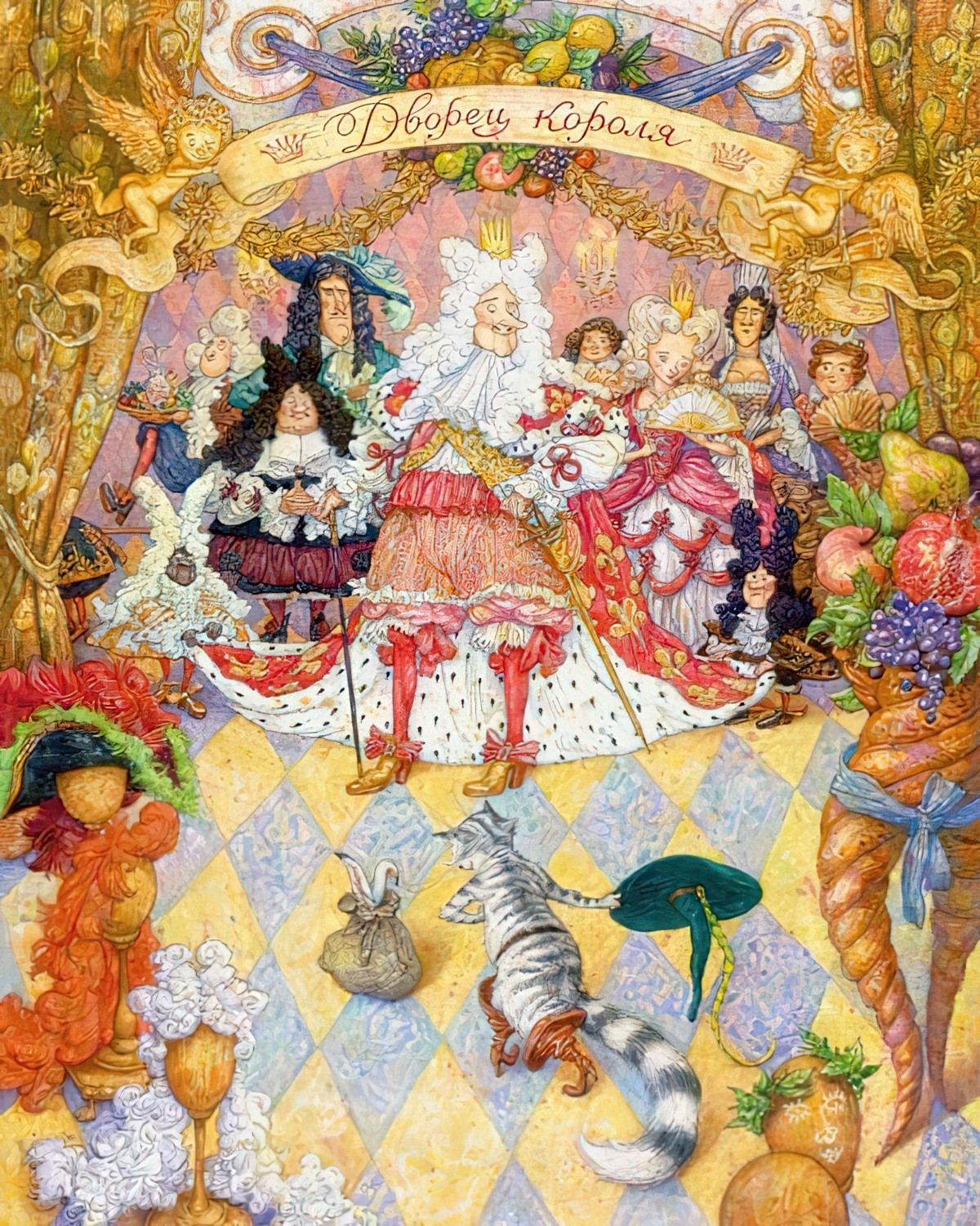
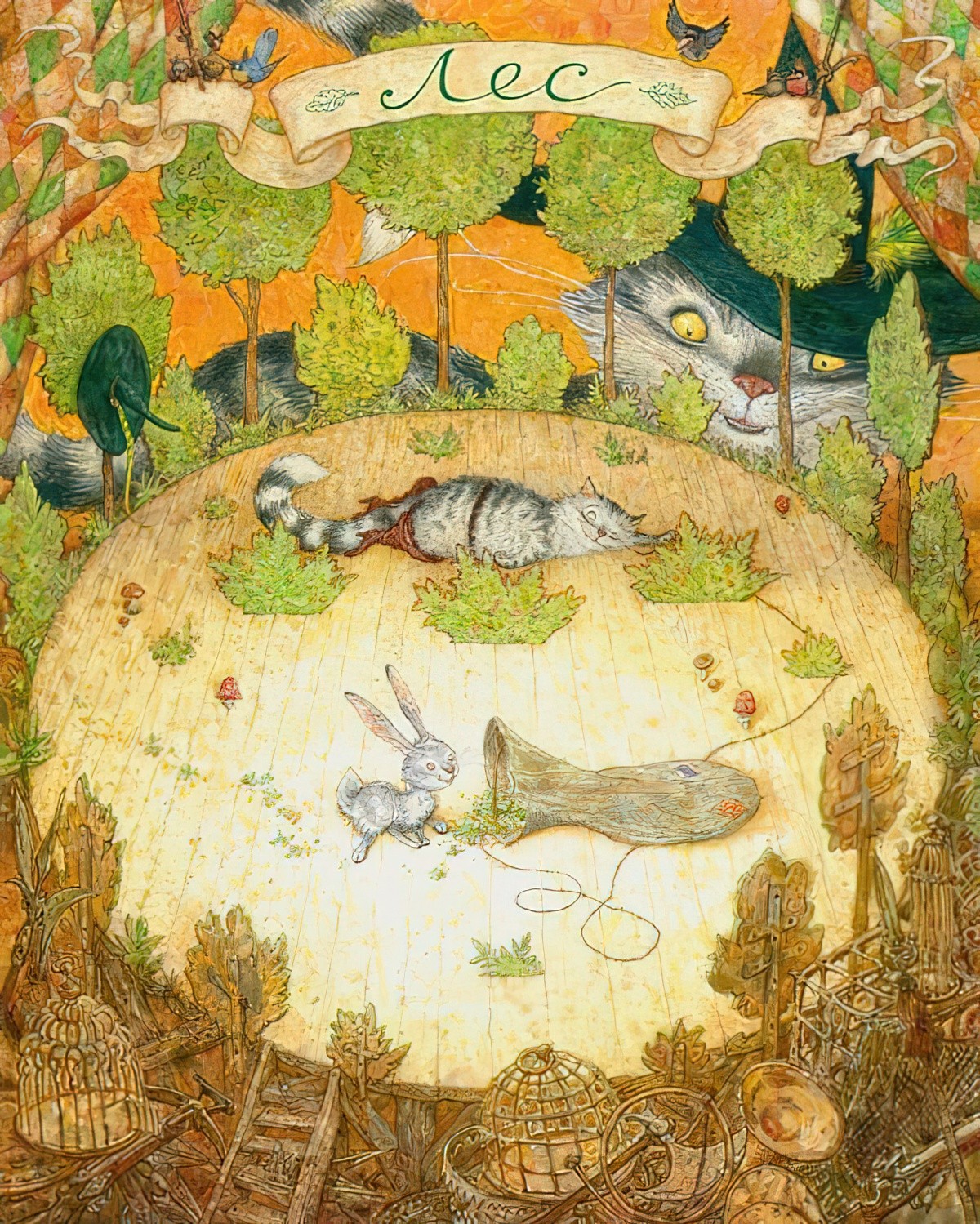
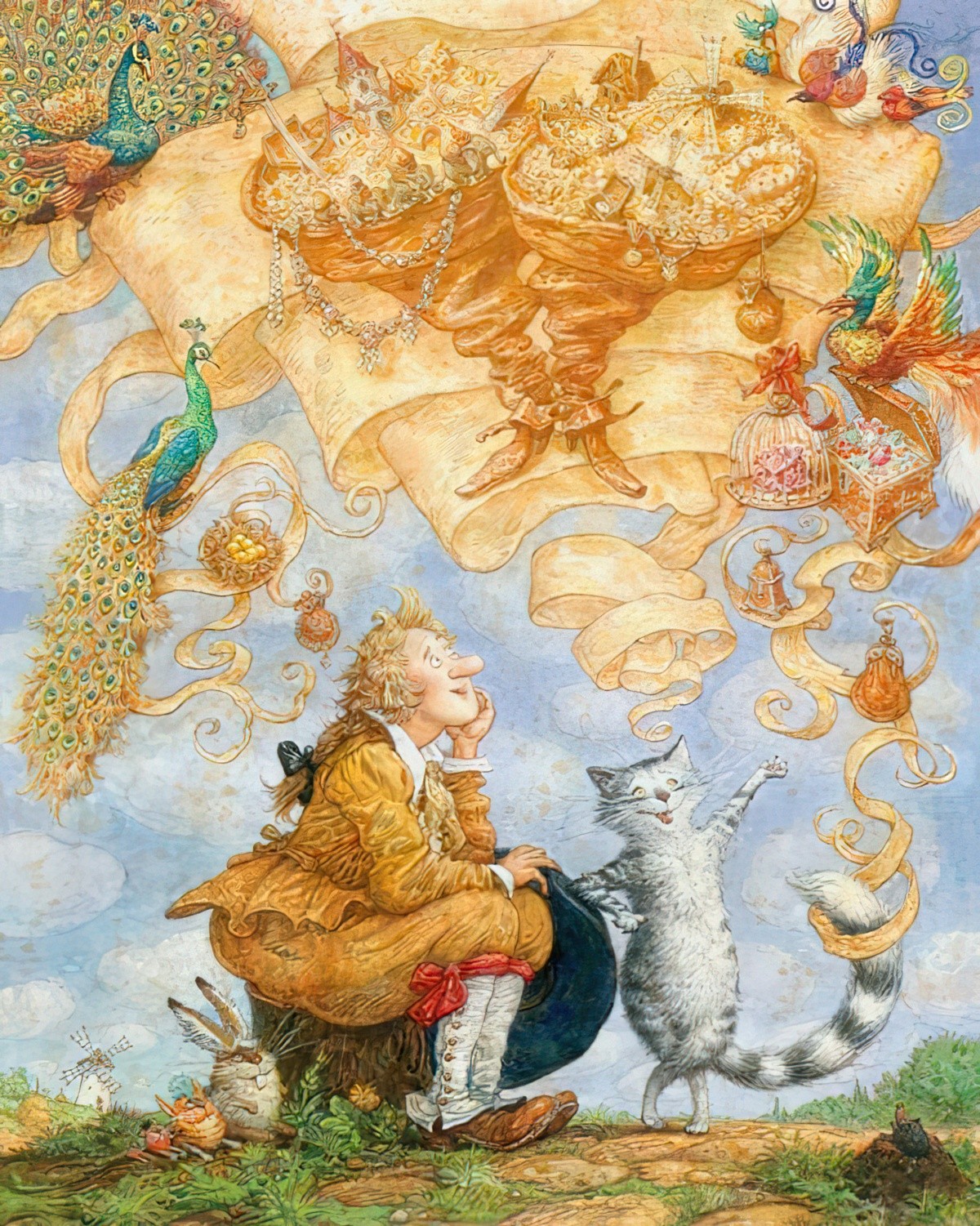
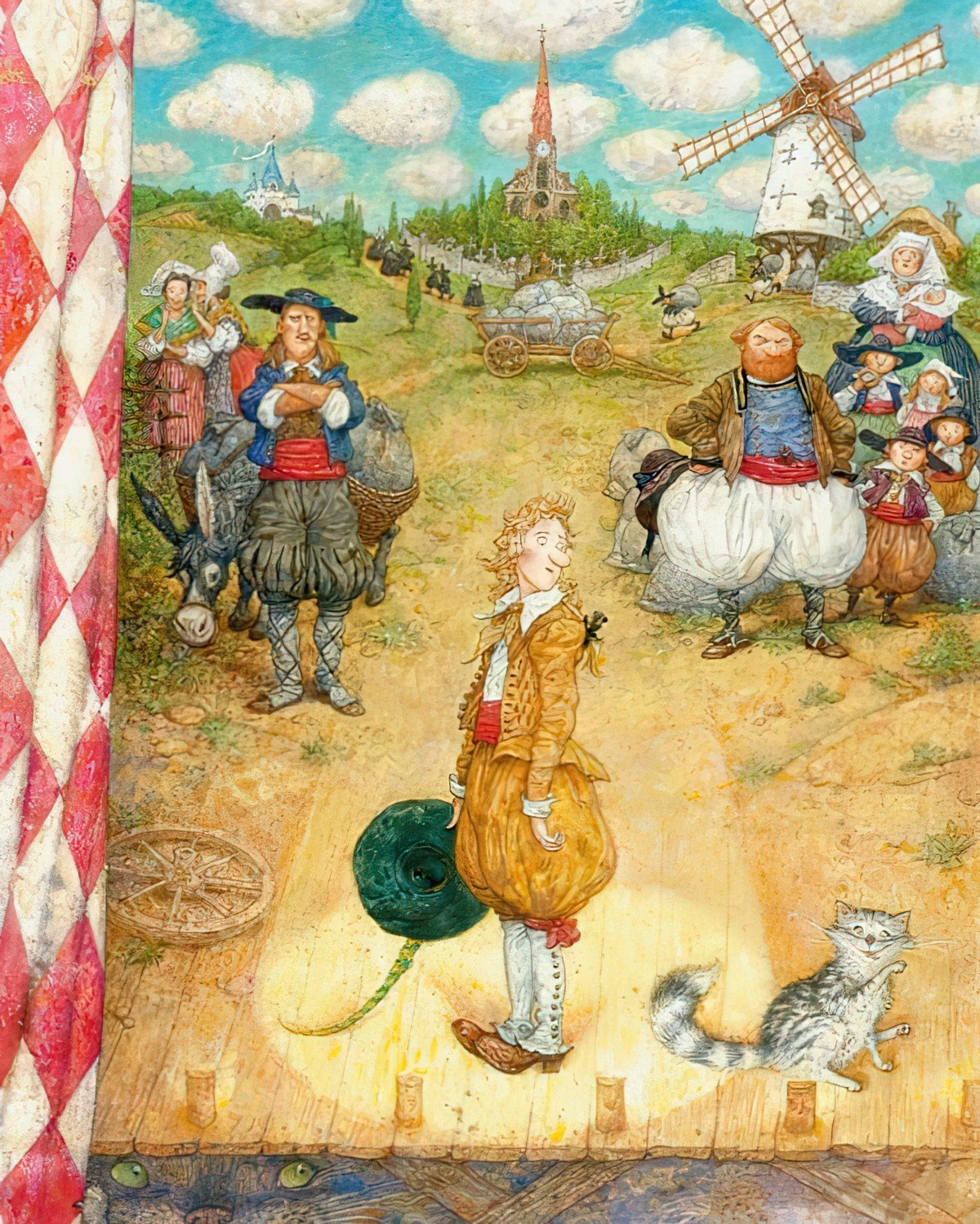
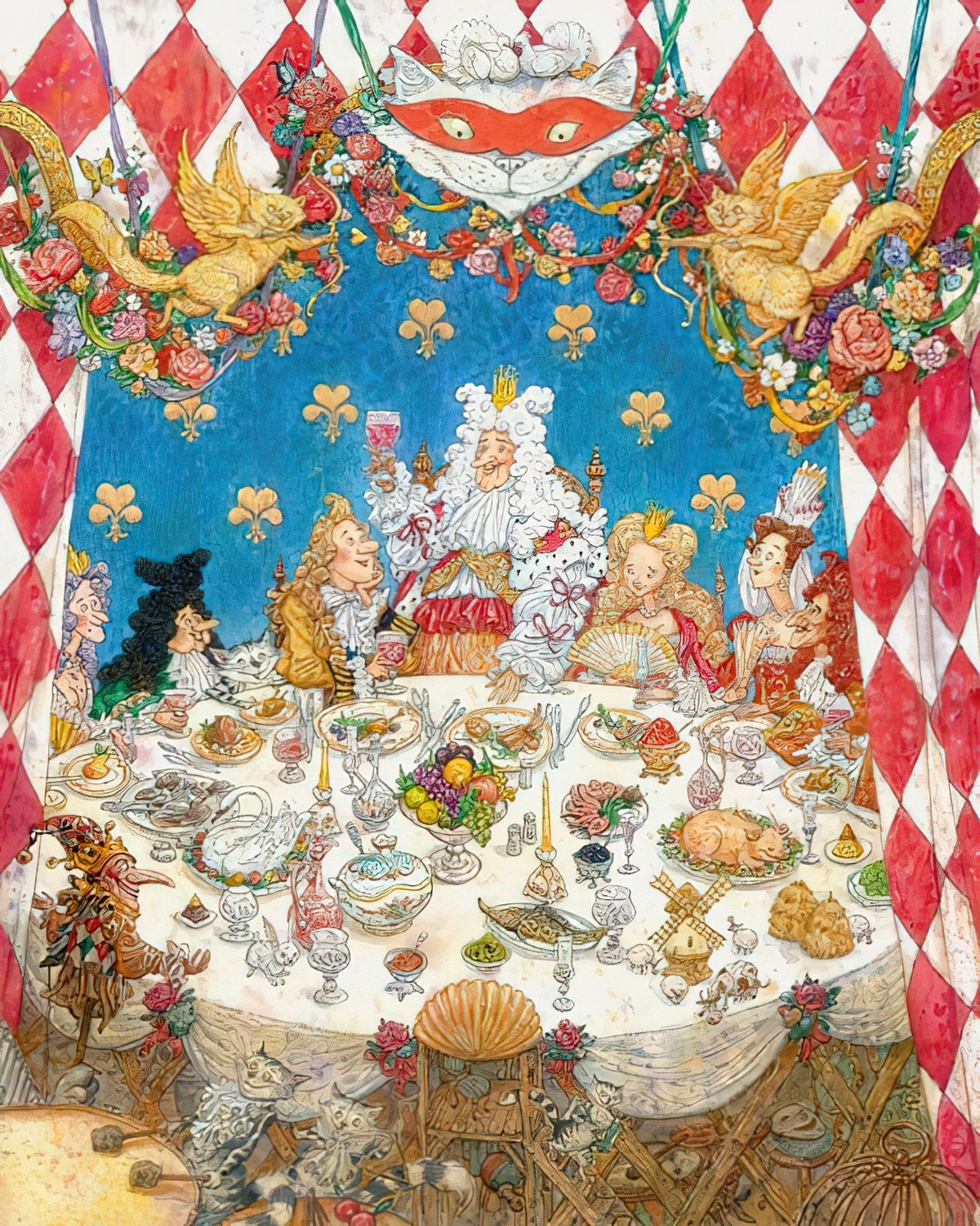
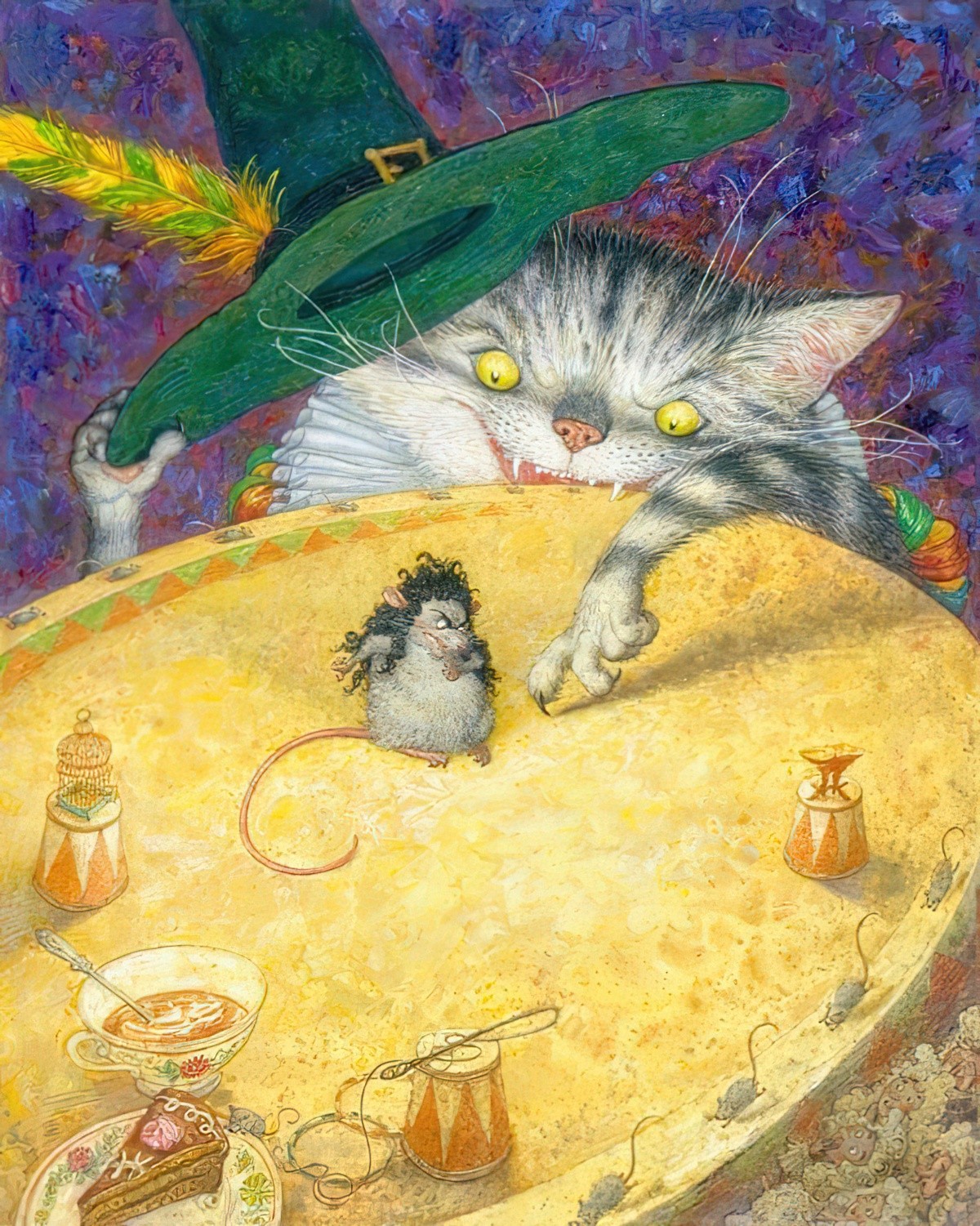
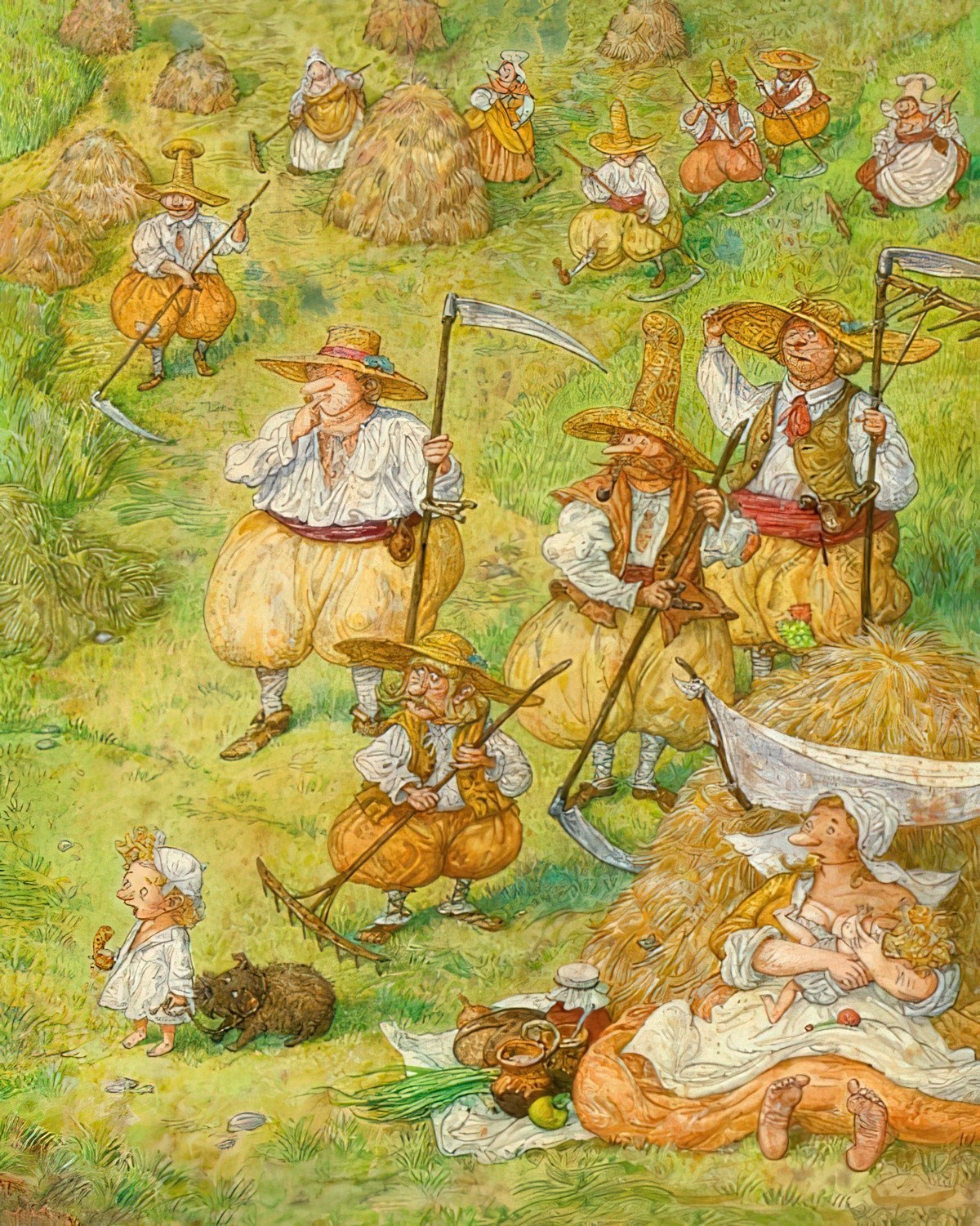
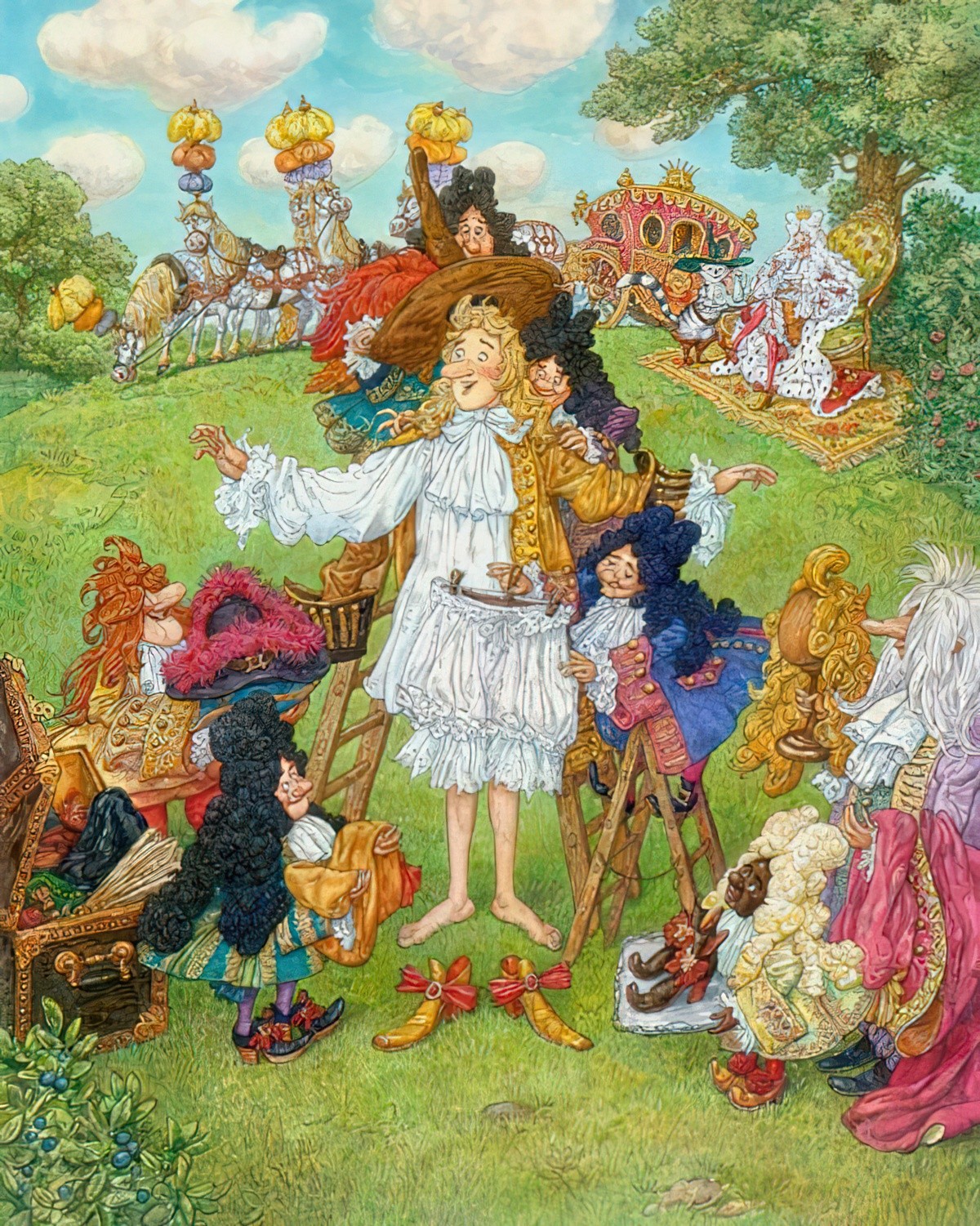
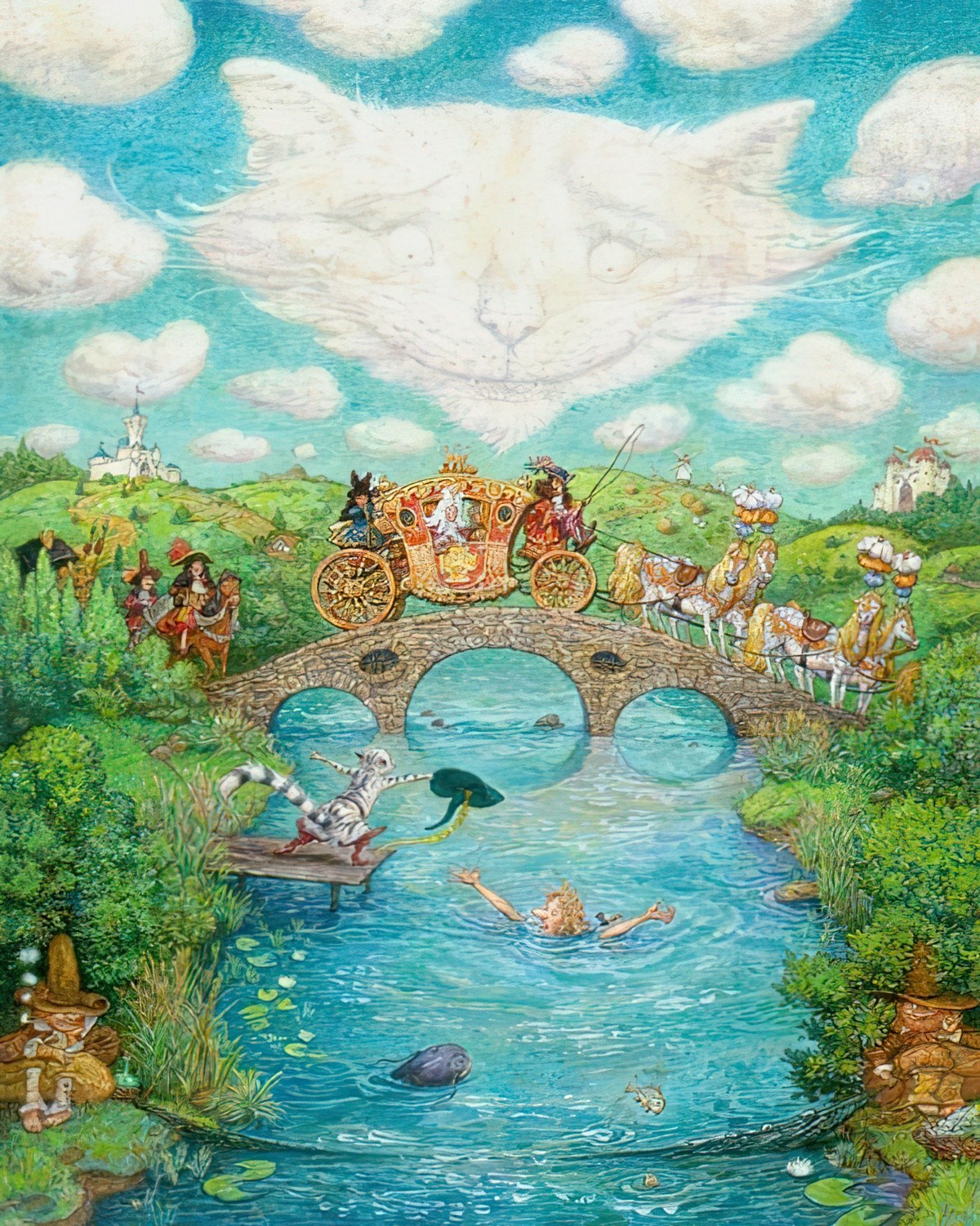
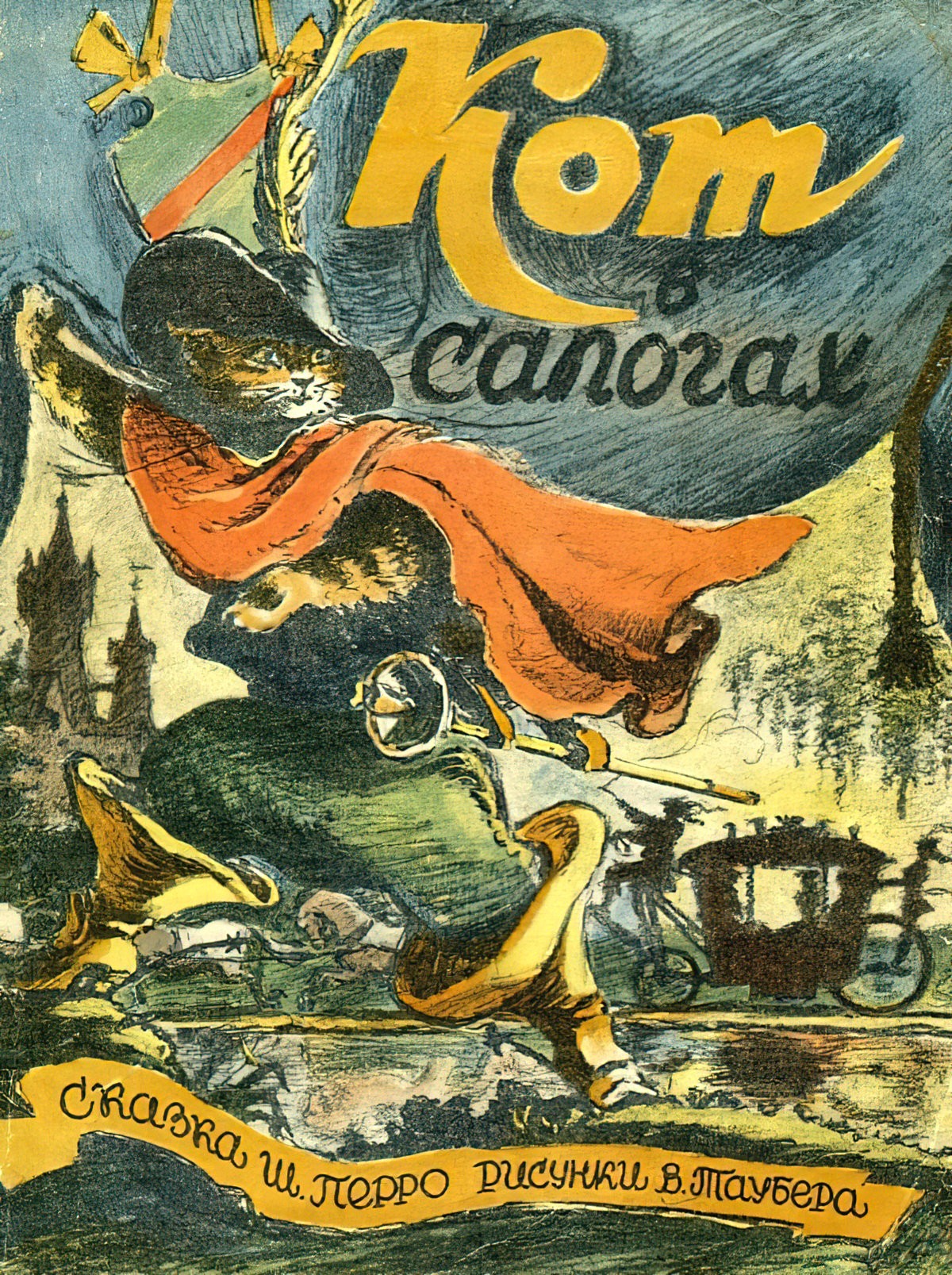
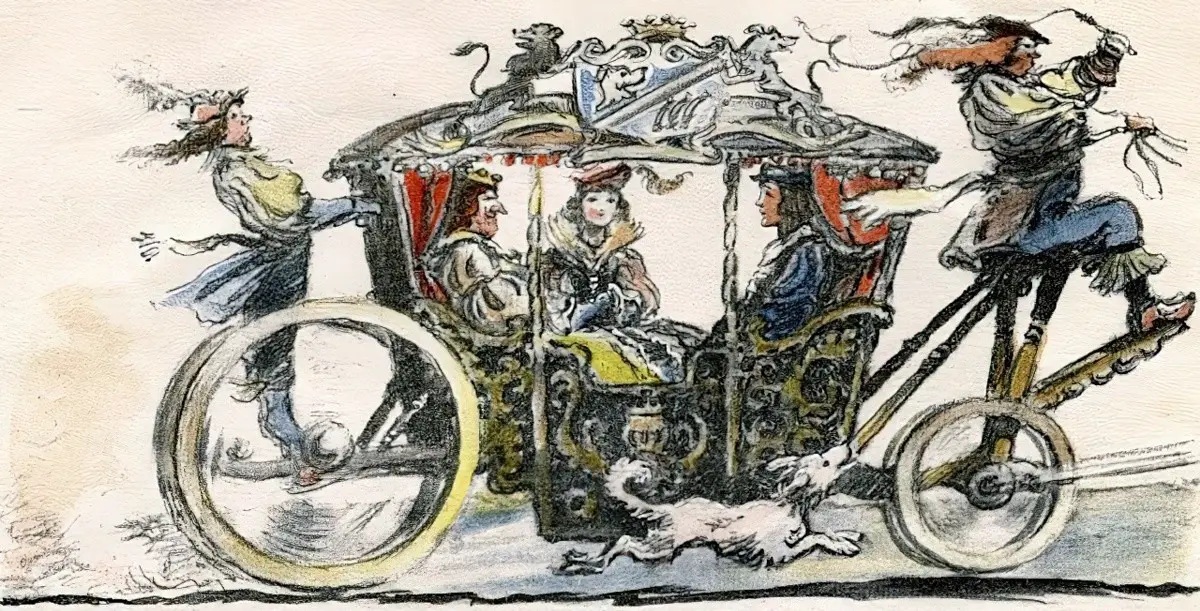
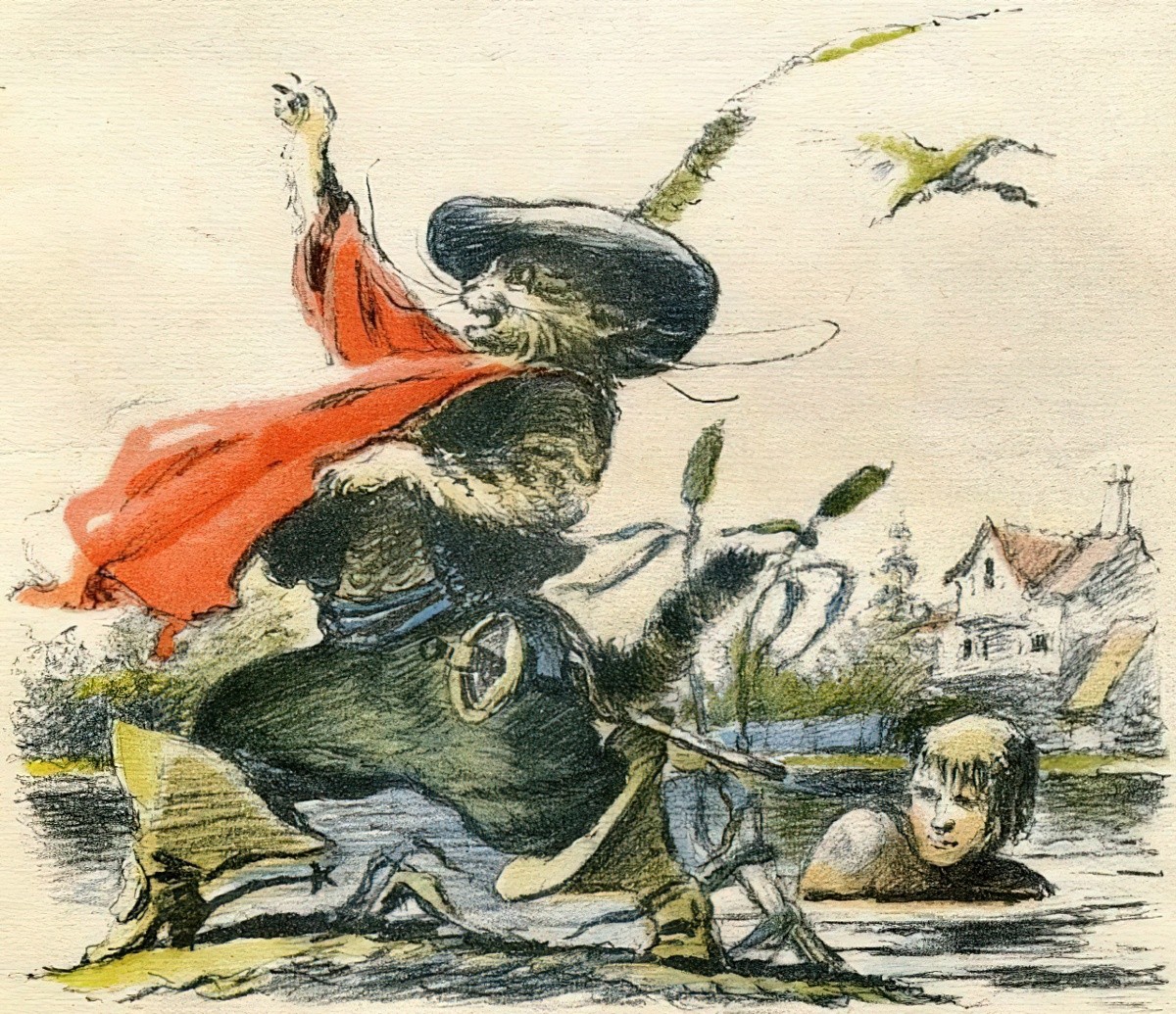
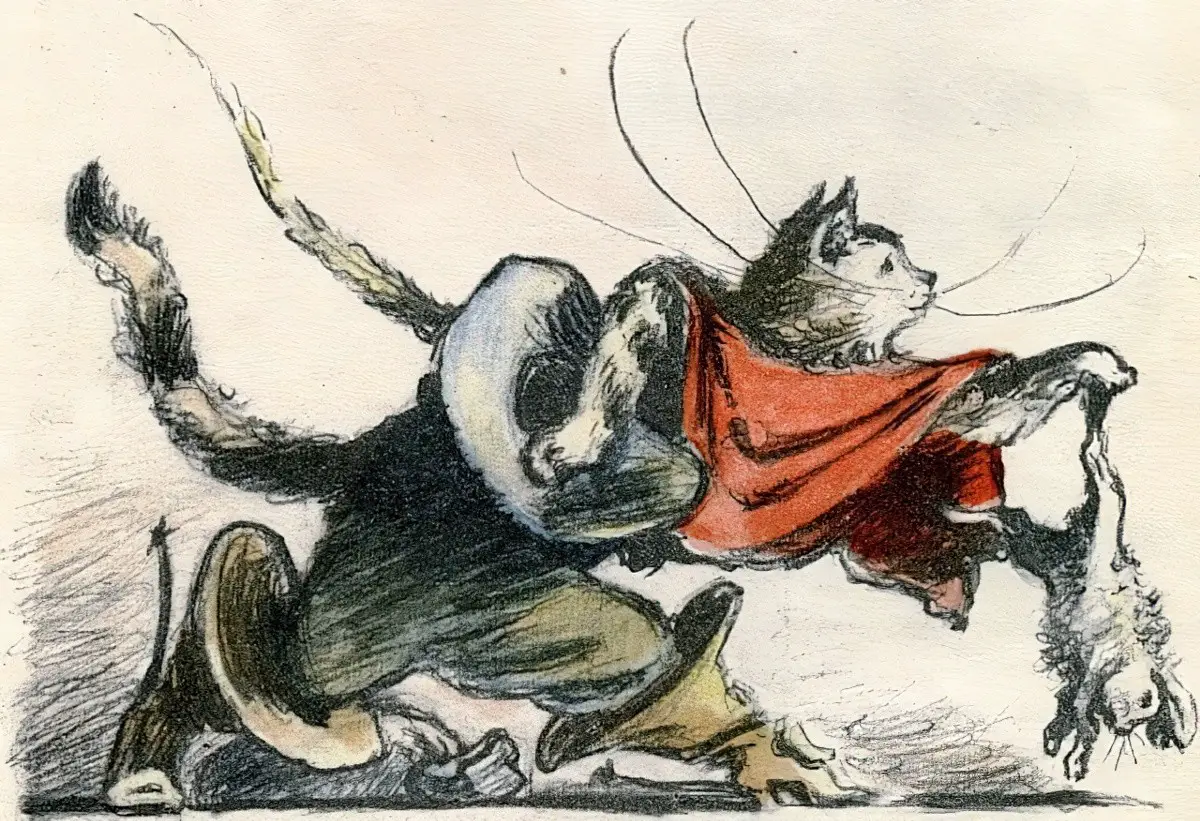
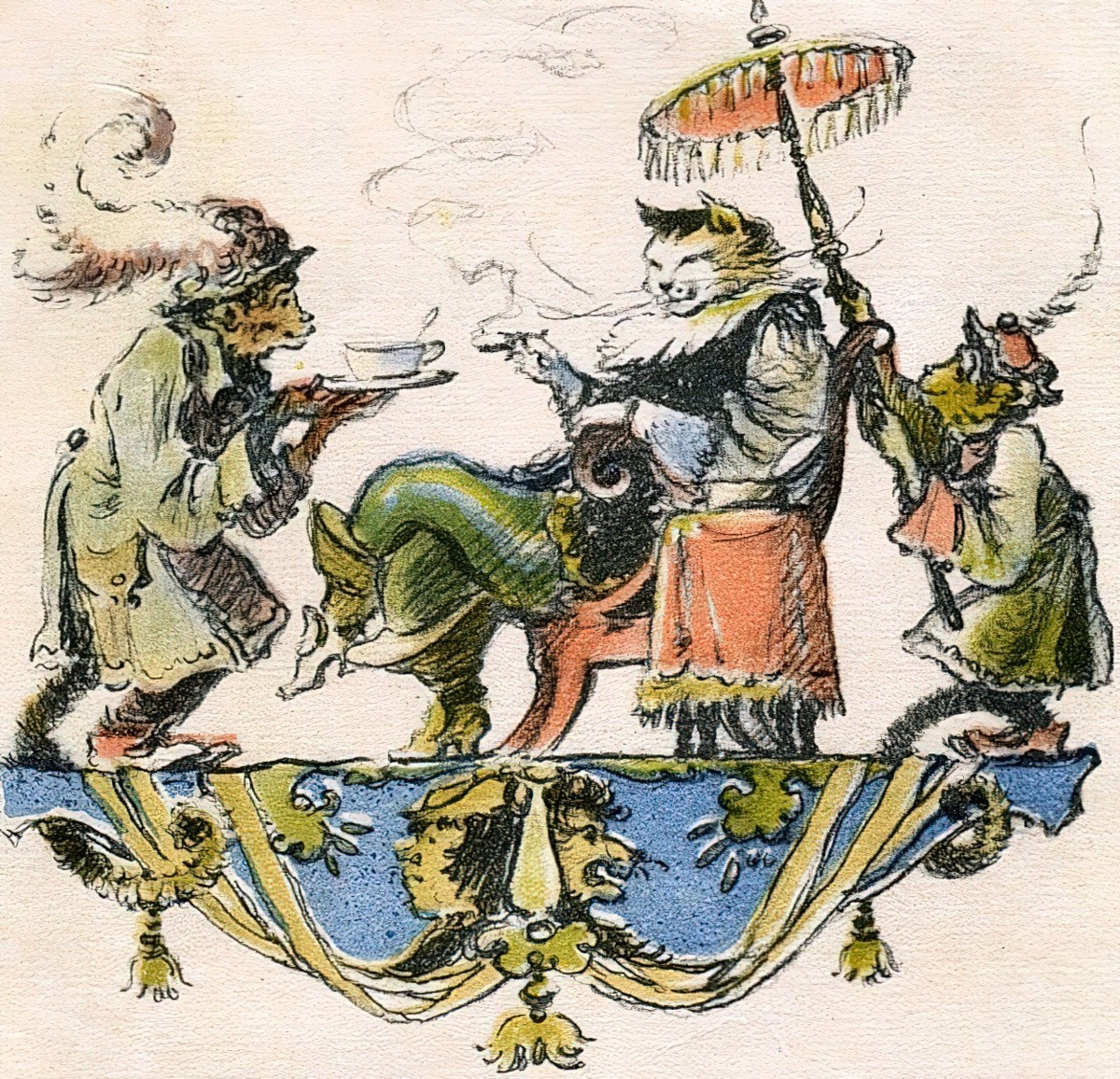
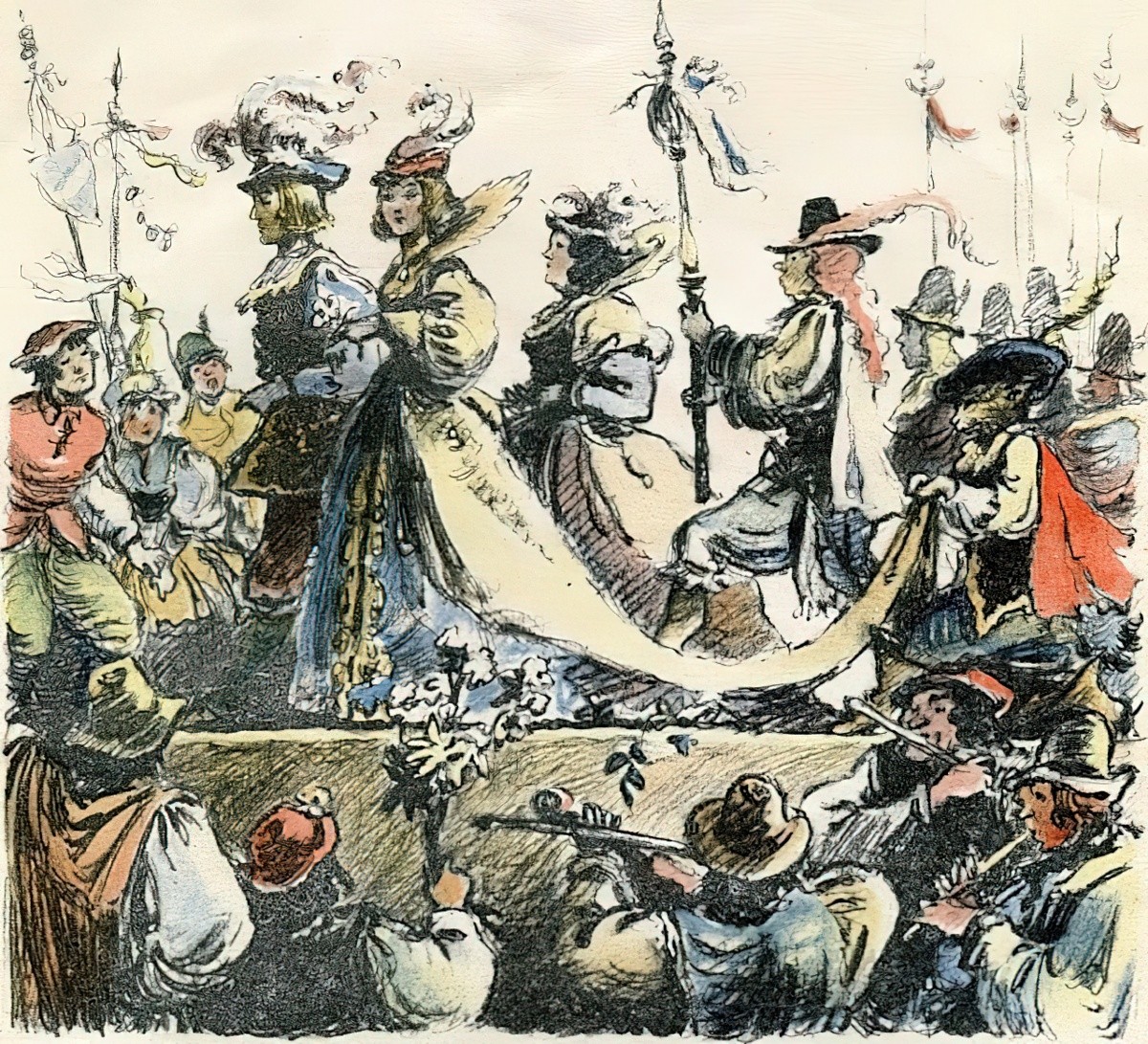
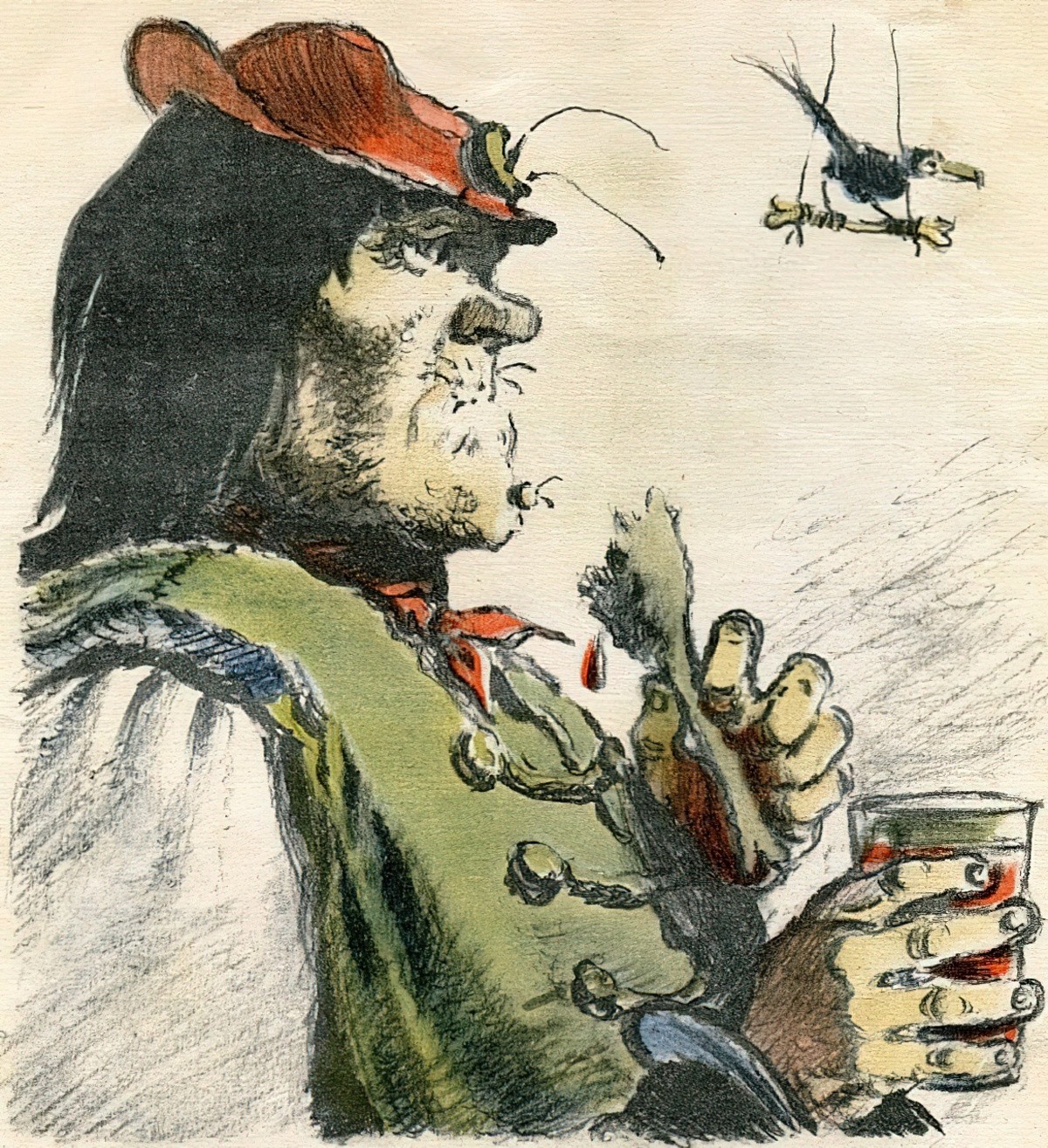
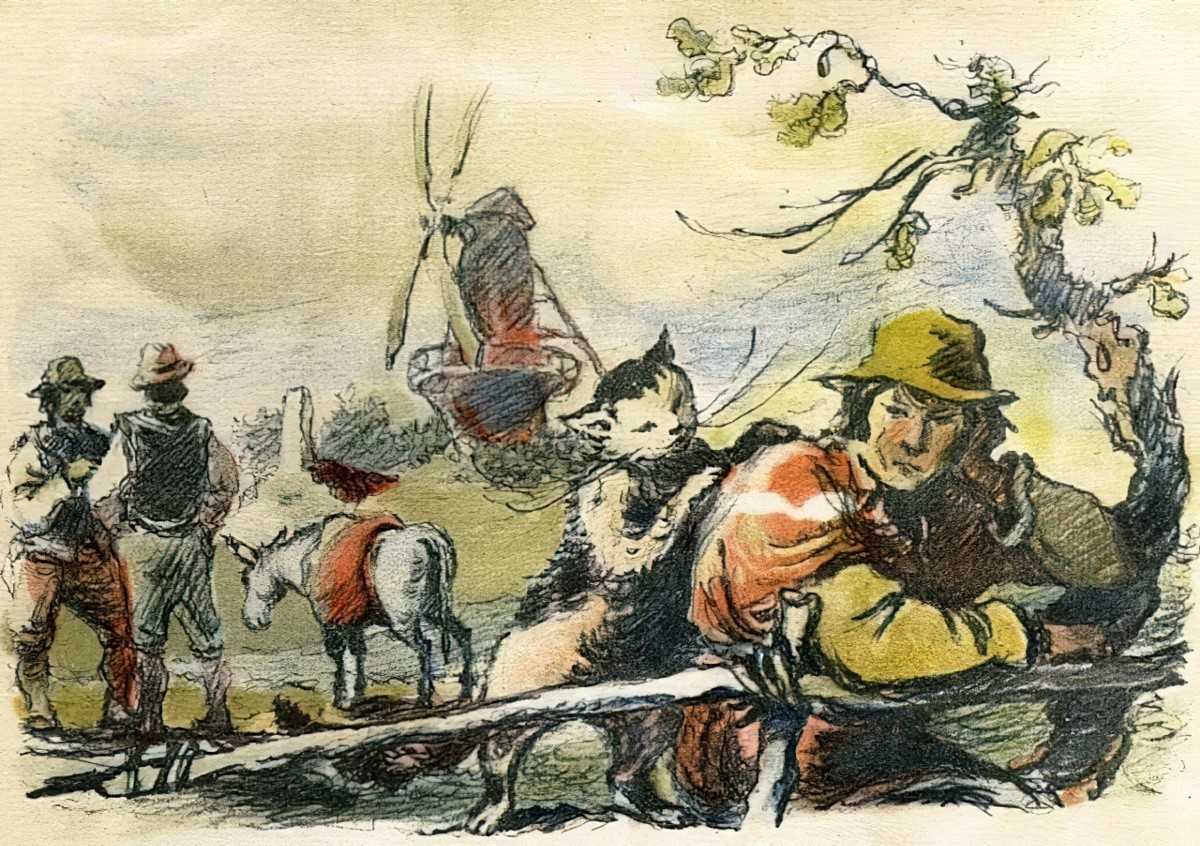
Clothes
Another important cultural difference between antiquity and now: Clothes really did make the man. They were super expensive. Even today we judge each other on our clothing, but even up until the early part of last century, people had one or two sets of clothing and had to really save up for them, much like buying a car today. Judging someone by their clothes and footwear was therefore a fairly accurate way of assessing their wealth and social standing. In fairytales, boots are what separate humankind from fairy-like creatures (which includes this talking cat.)
Charles Perrault himself was very influential in the court of Louis XIV. This was a period in which fashion was very important.
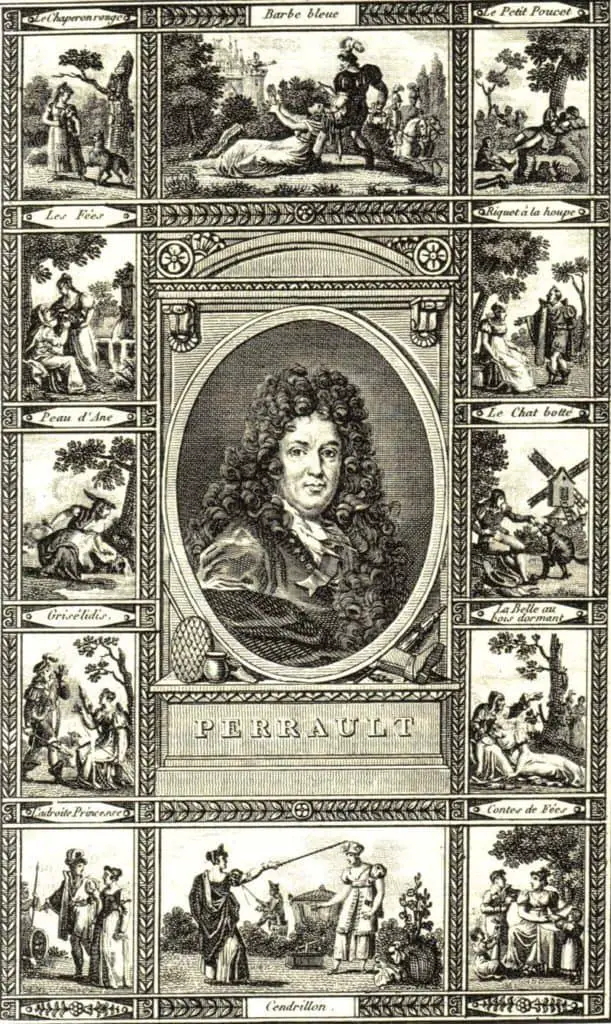
Various modern depictions of Puss In Boots share instantly recognisable commonalities, notably the thigh-high boots. This comes from influential illustrator Gustave Doré.

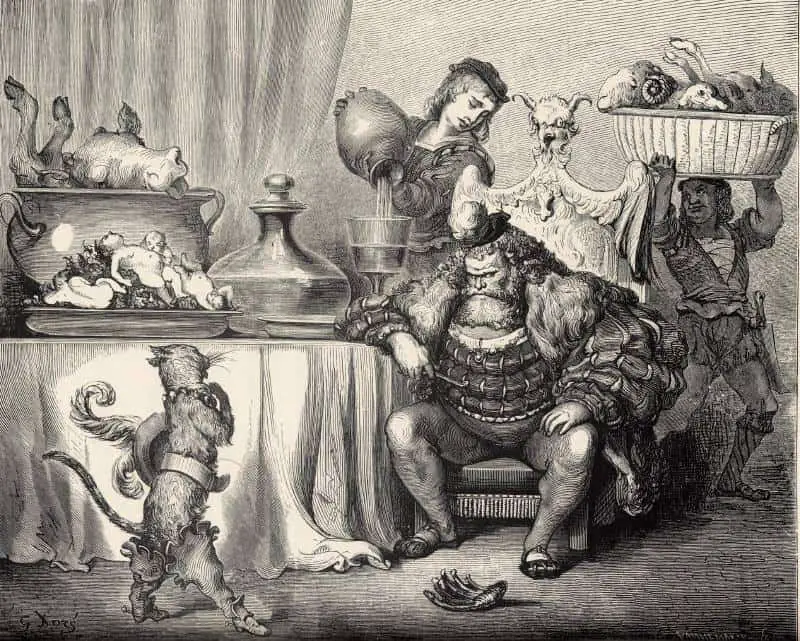
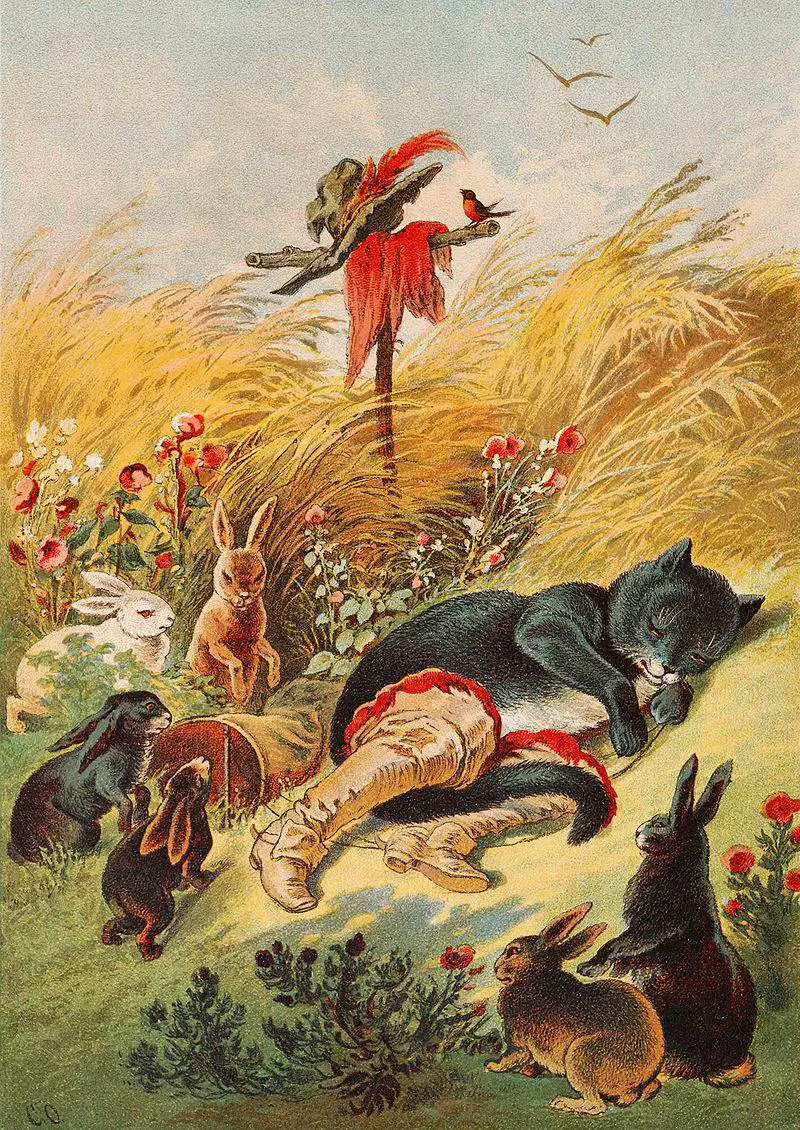
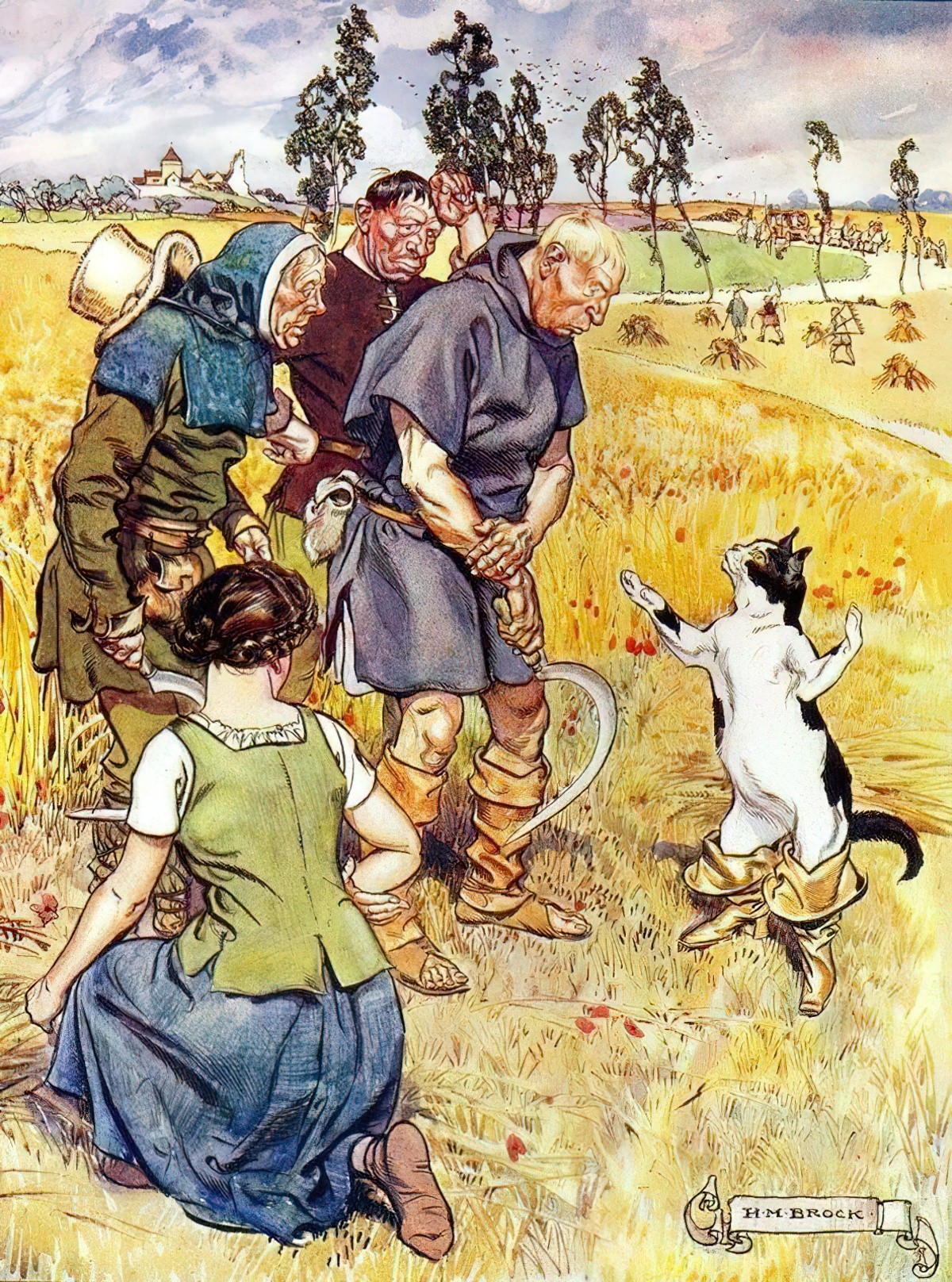
This particular tale is also known as The Master Cat, though modern audiences are unlikely to know the story by that name.
STORY STRUCTURE OF PUSS IN BOOTS
WEAKNESS
Puss’s master has died and he is given to the youngest son who doesn’t want him. Indeed, the son plans to eat him and sell his pelt. This bit is omitted from earlier versions, in which a sympathetic young man is not permitted to even consider eating a cat (much less a talking one, because that would be tantamount to cannibalism). In any case, Puss’s shortcoming is that he belongs to a poor family and his life is in danger. He’ll need to work his own way out of this mess.
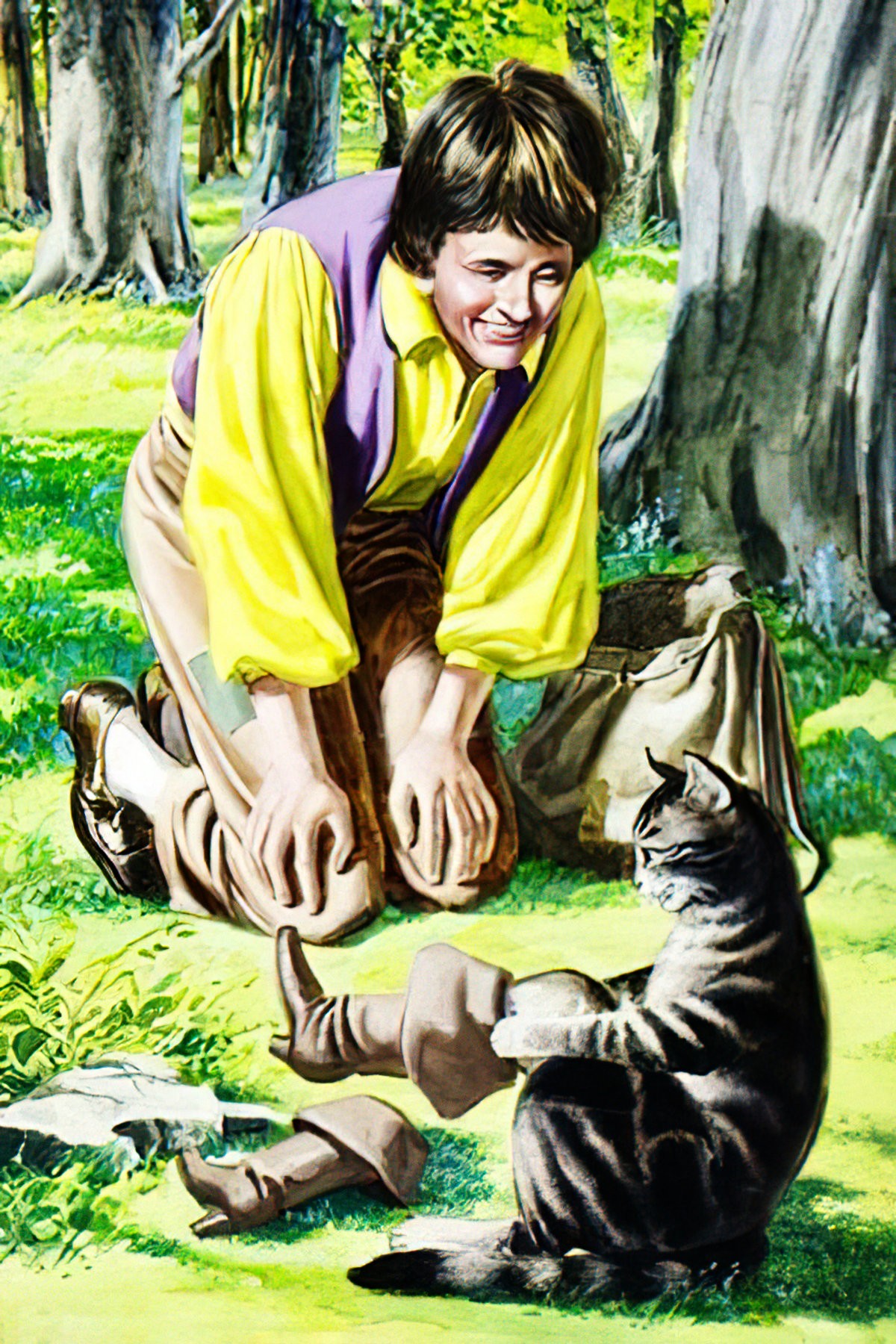
According to Jacob Grimm, Puss shares many of the features that a household fairy would have (Teutonic Mythology).
Being a cat is also a shortcoming, because although he seems to be part human (talking) and wishes for the trappings of human luxury, he still has the body of a cat.
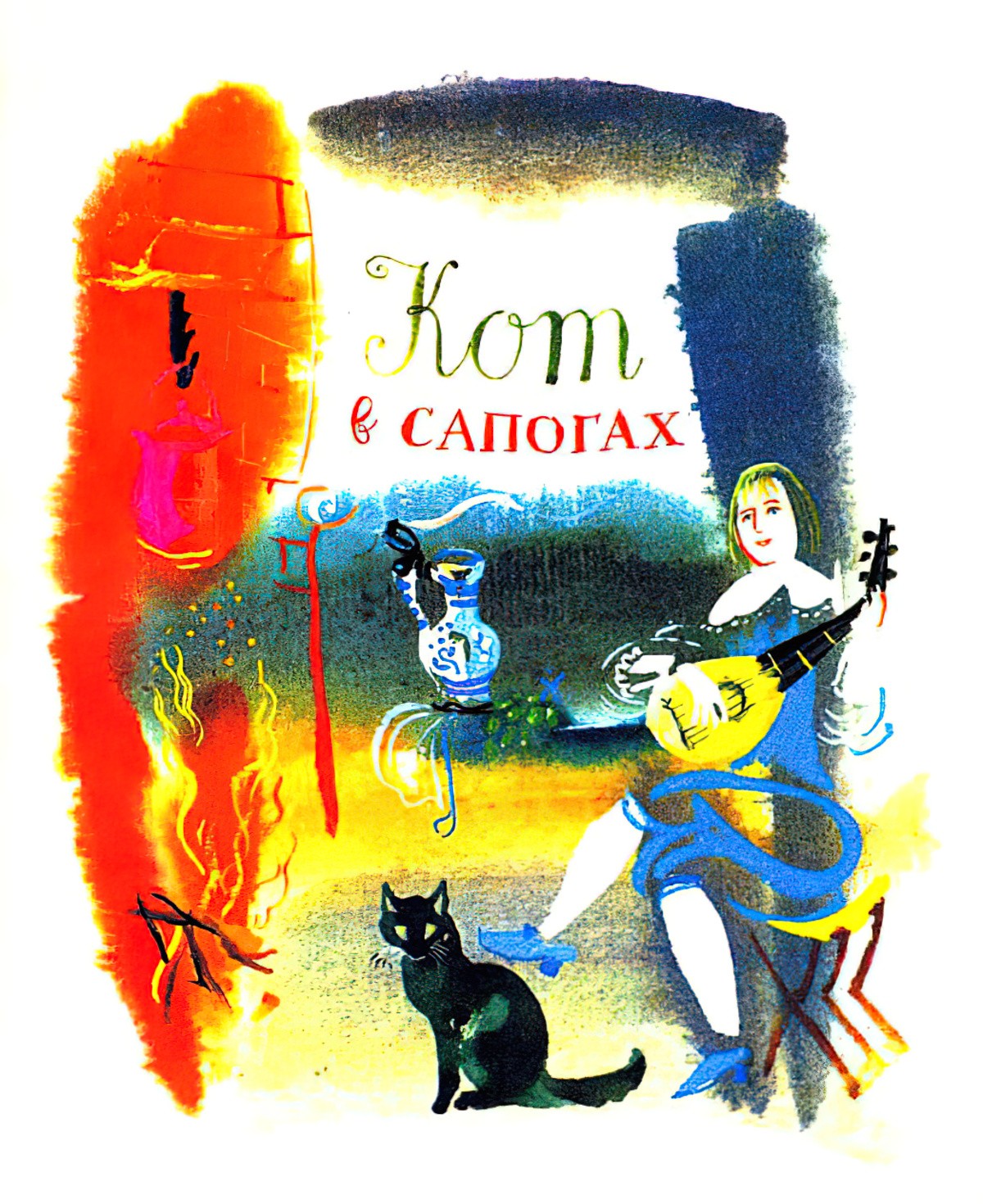
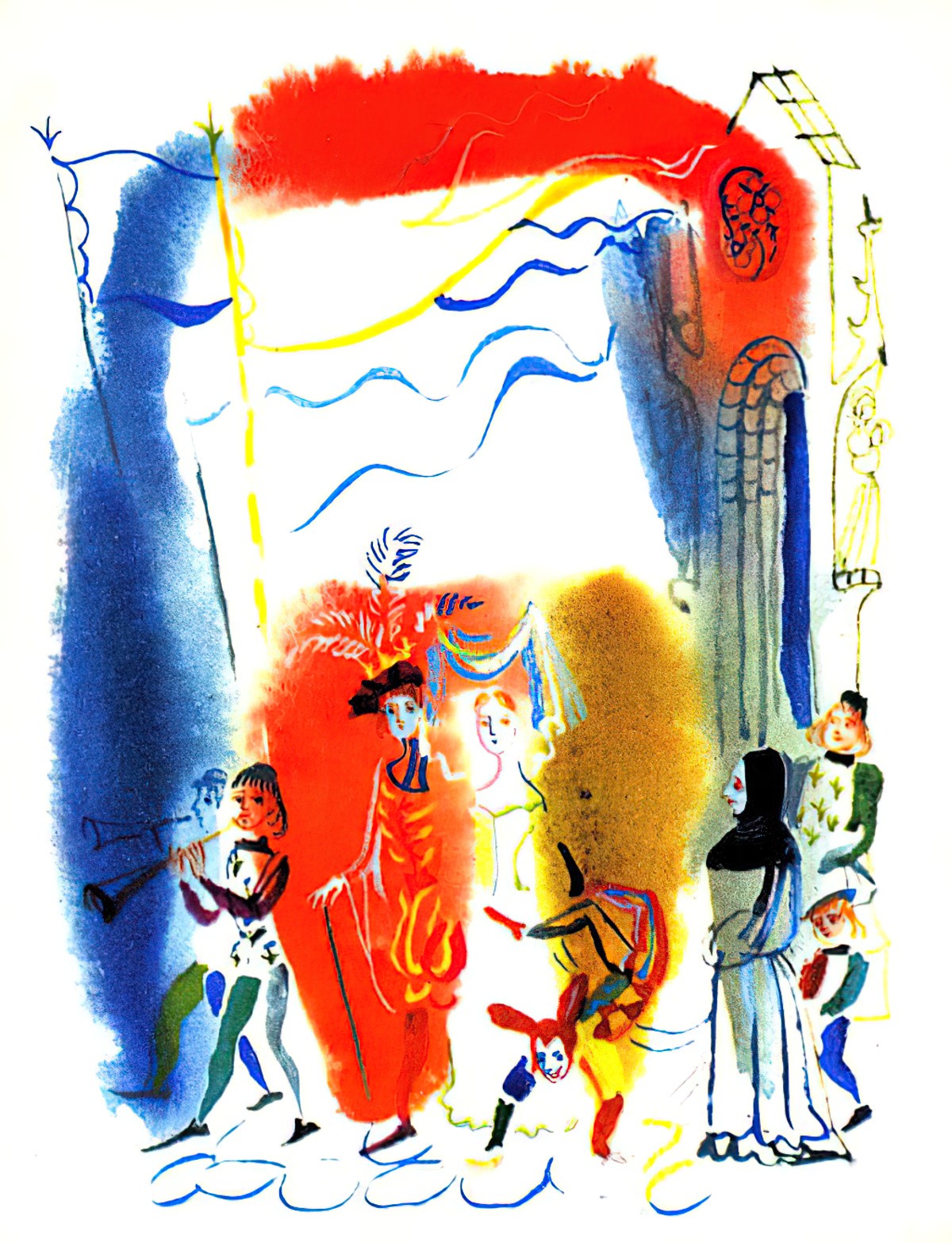
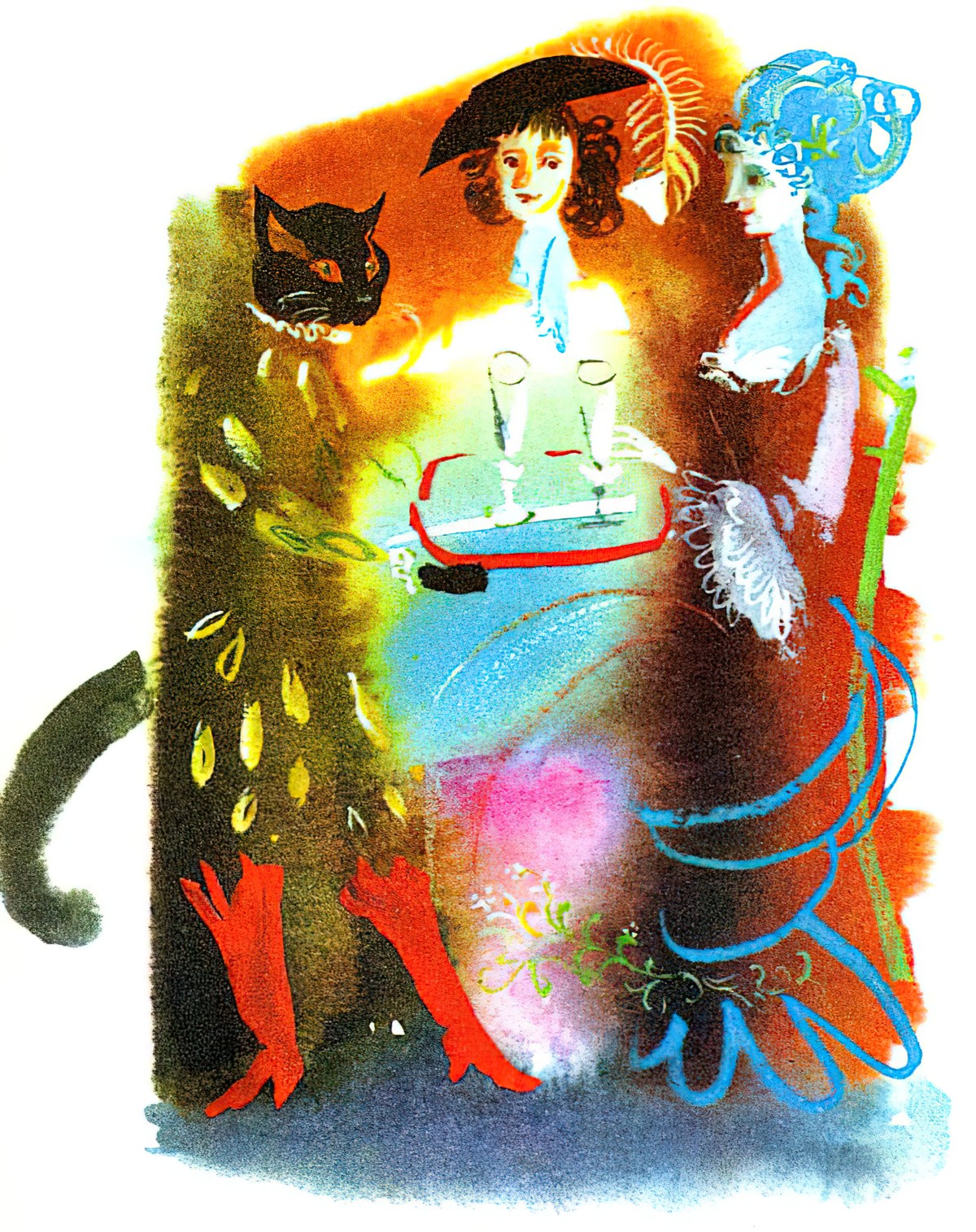
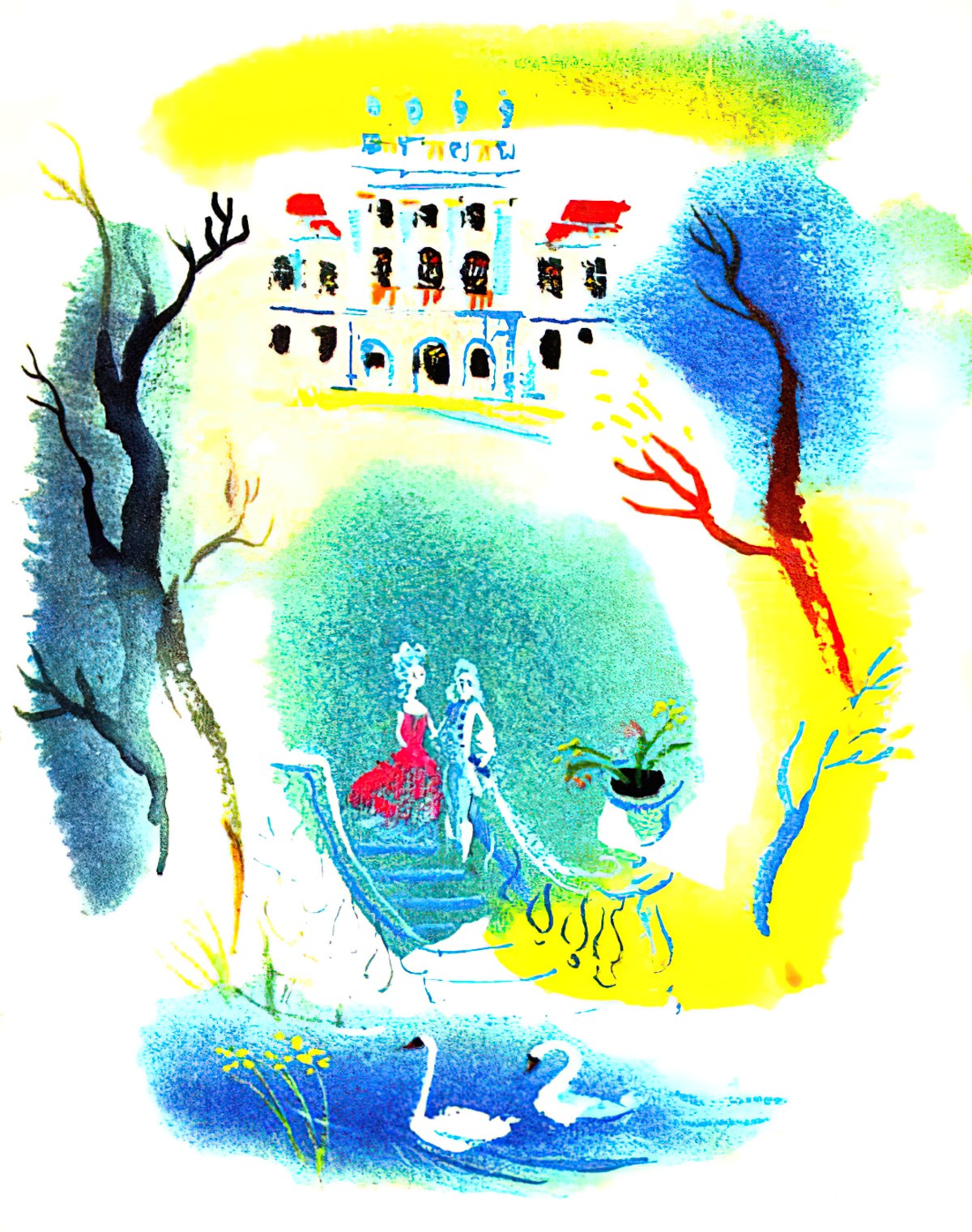
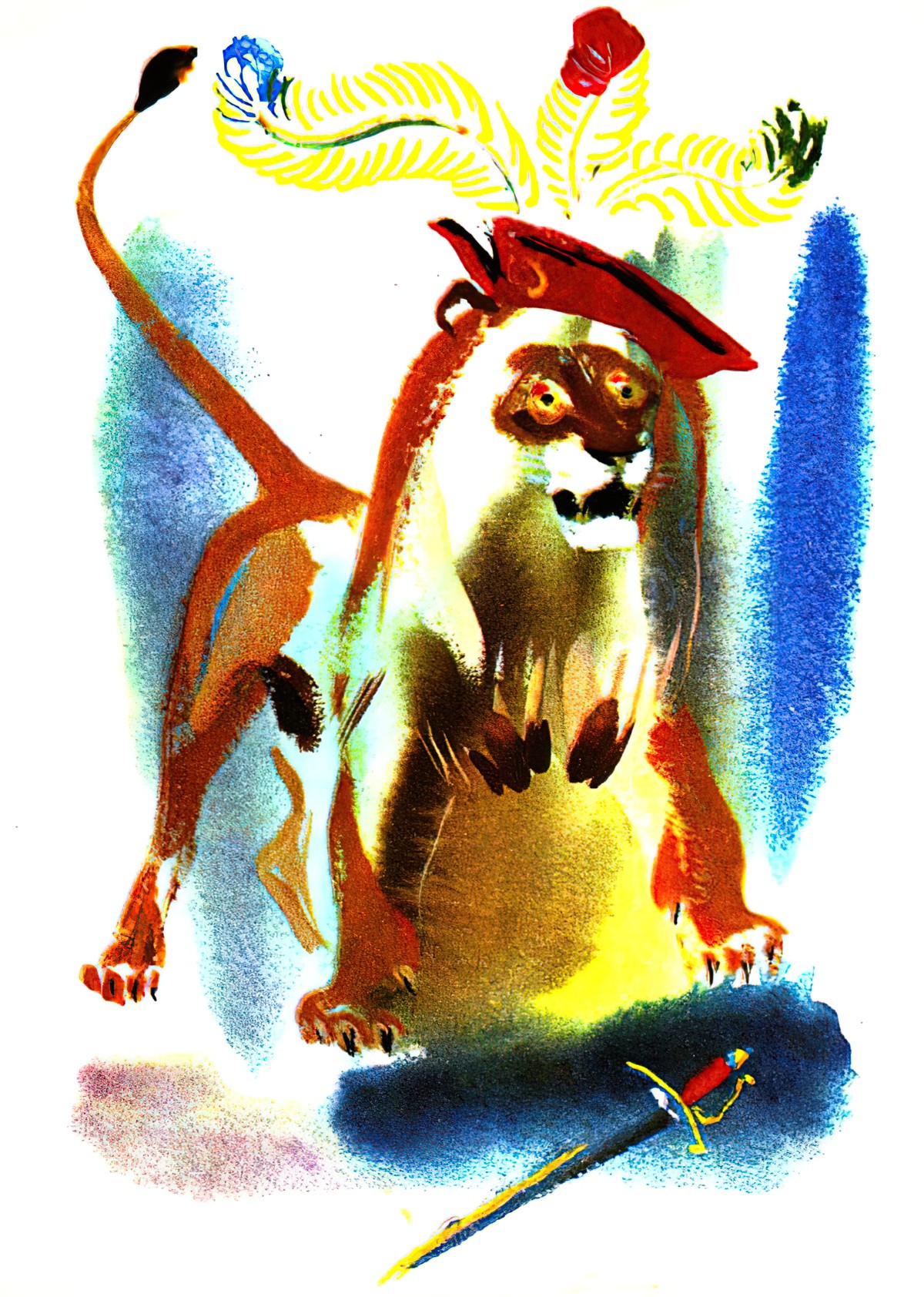
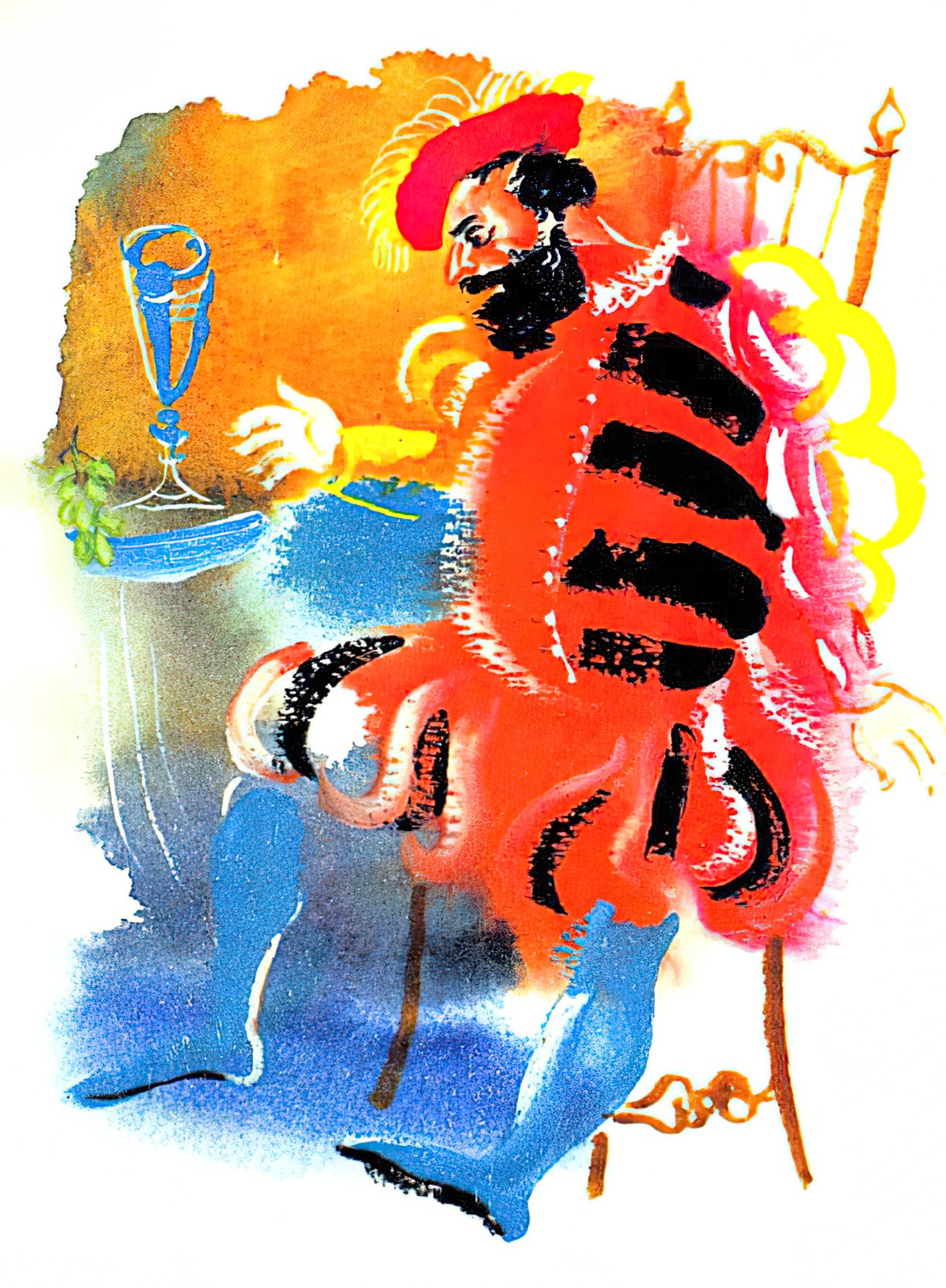
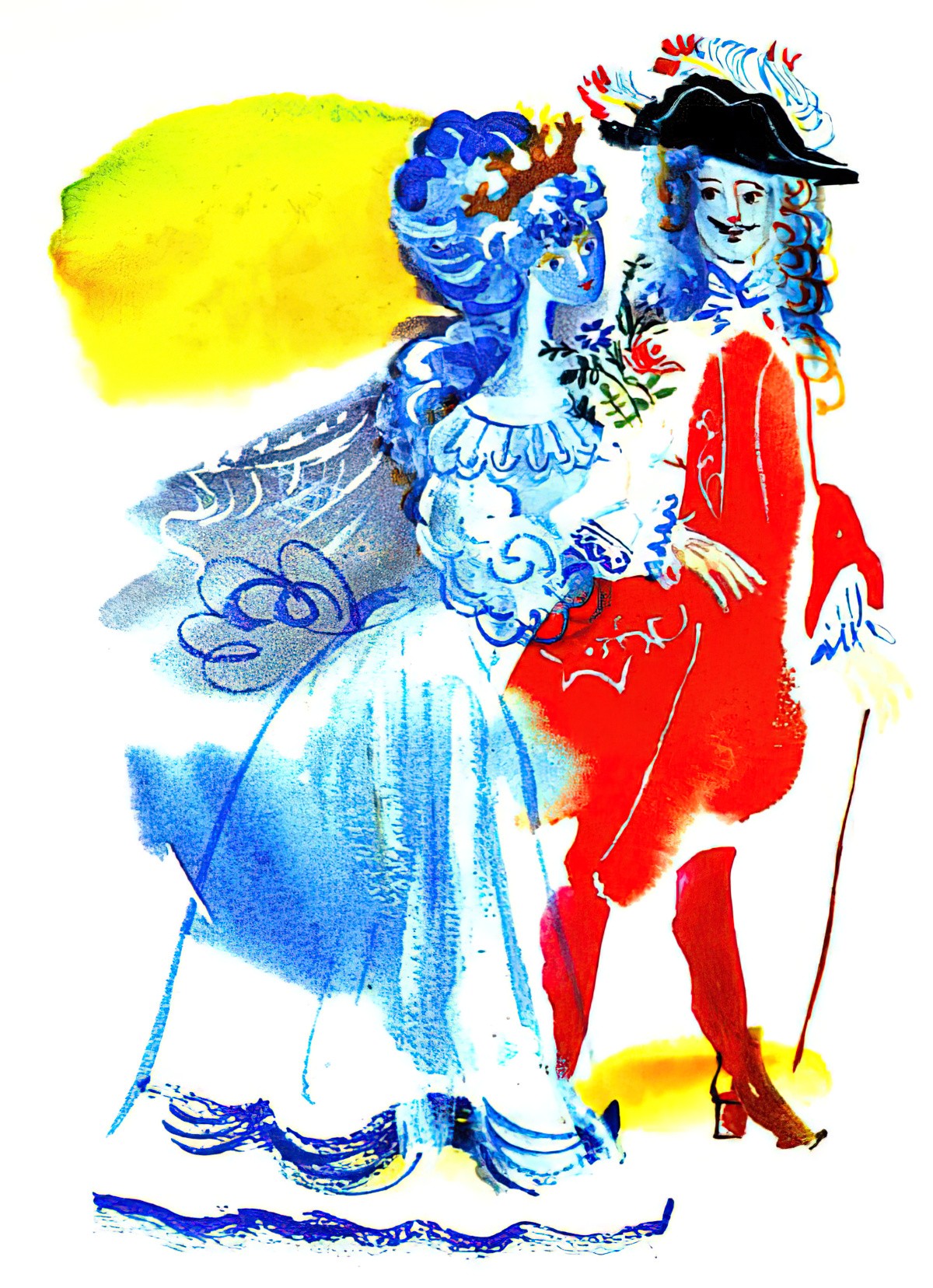
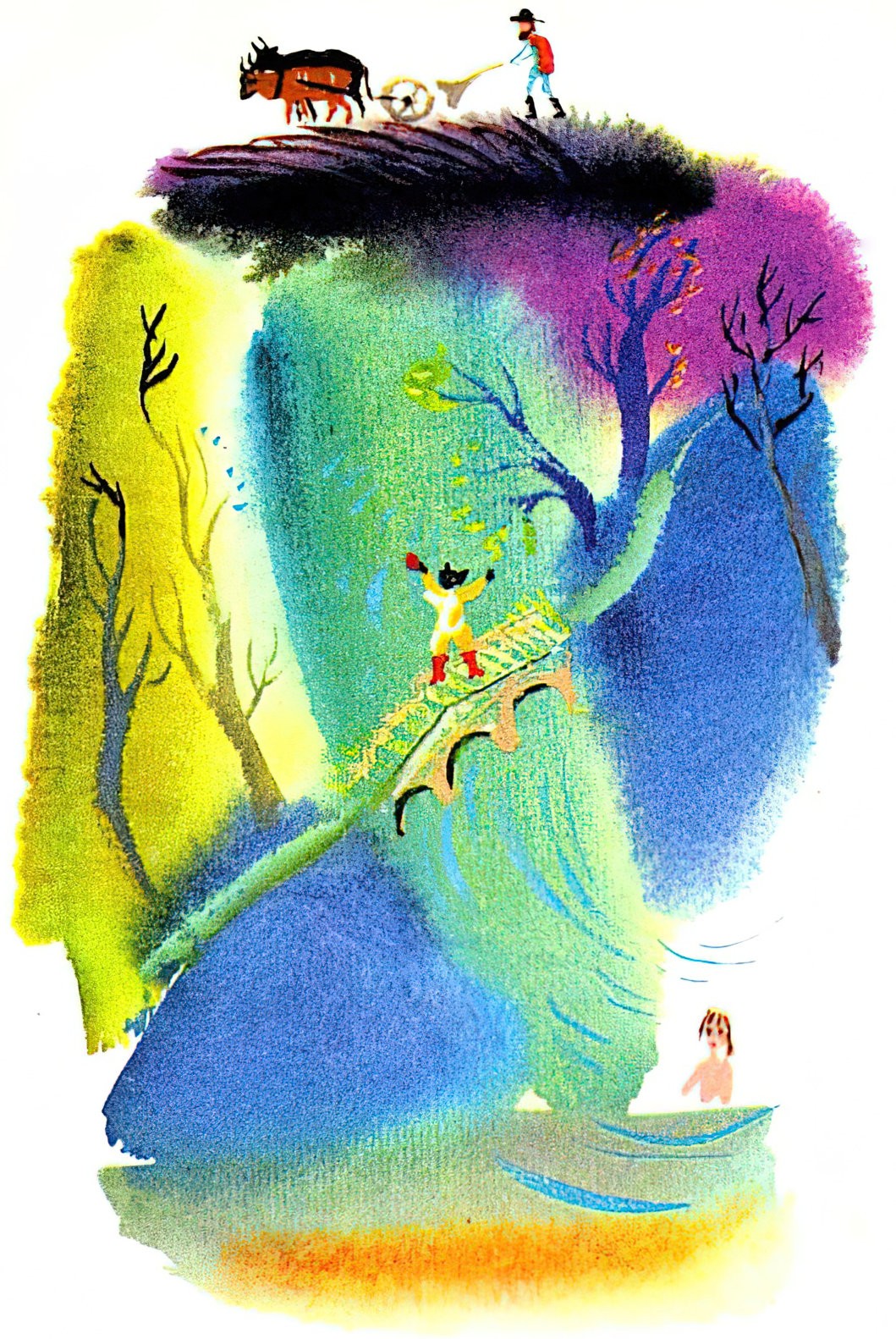
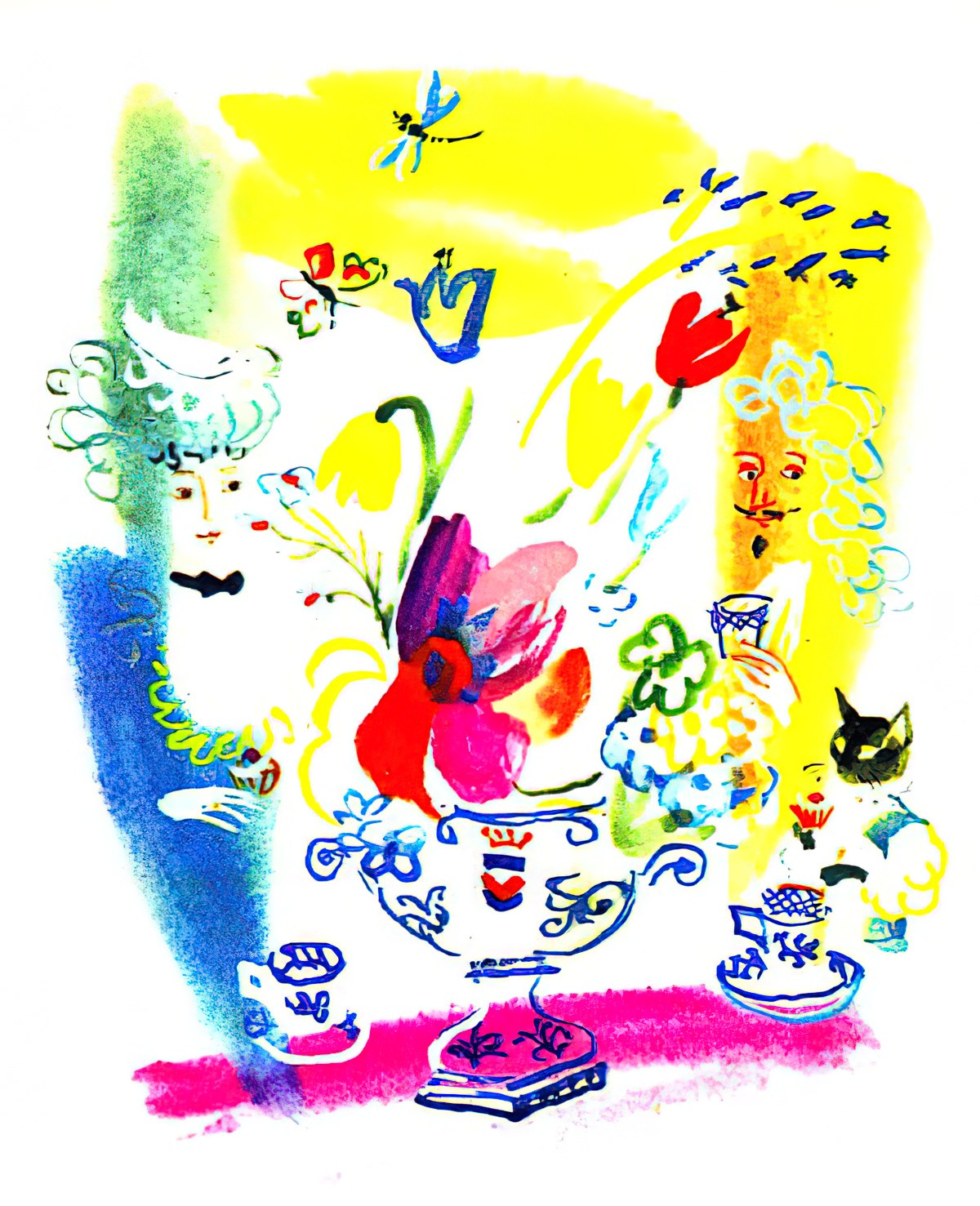
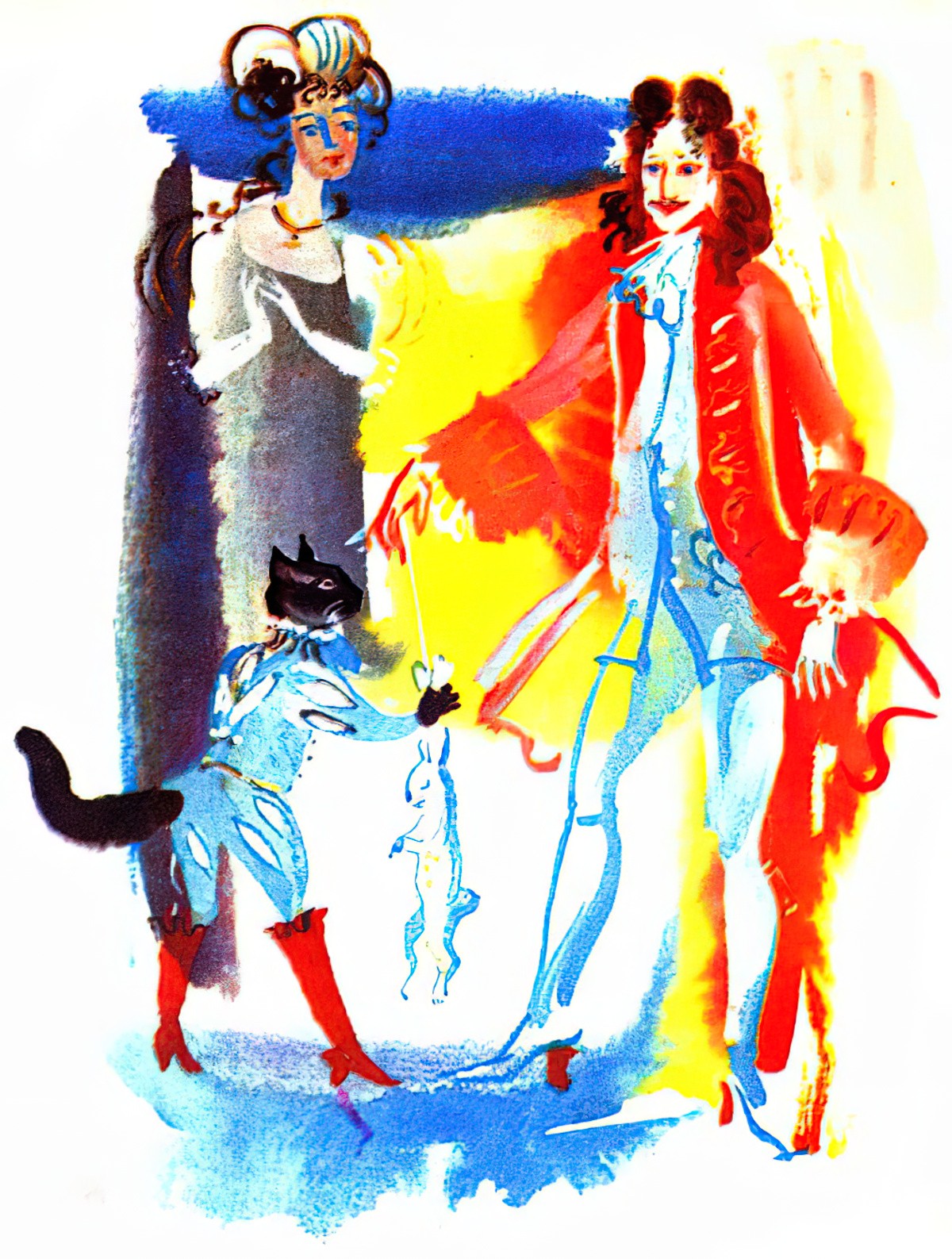
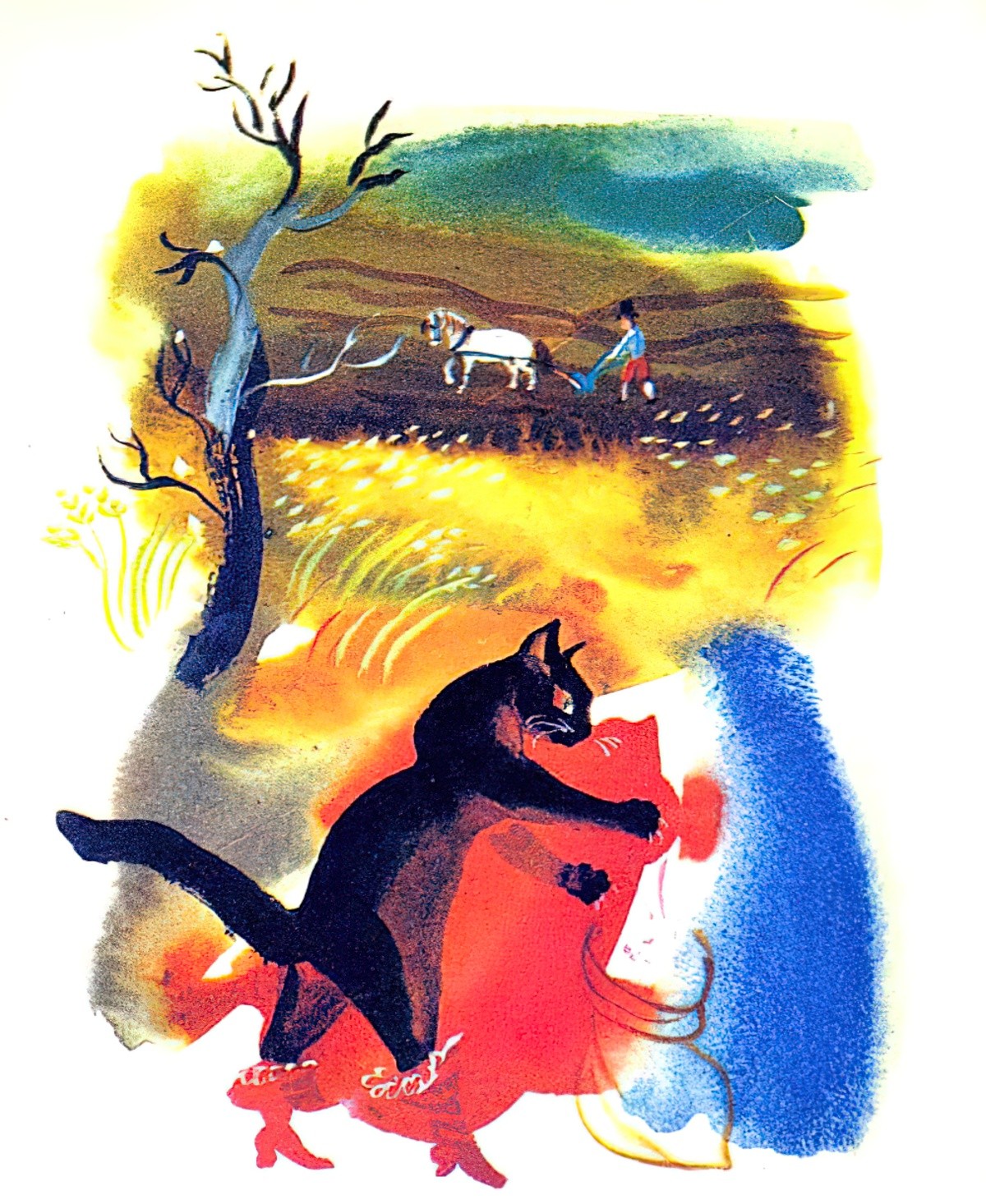
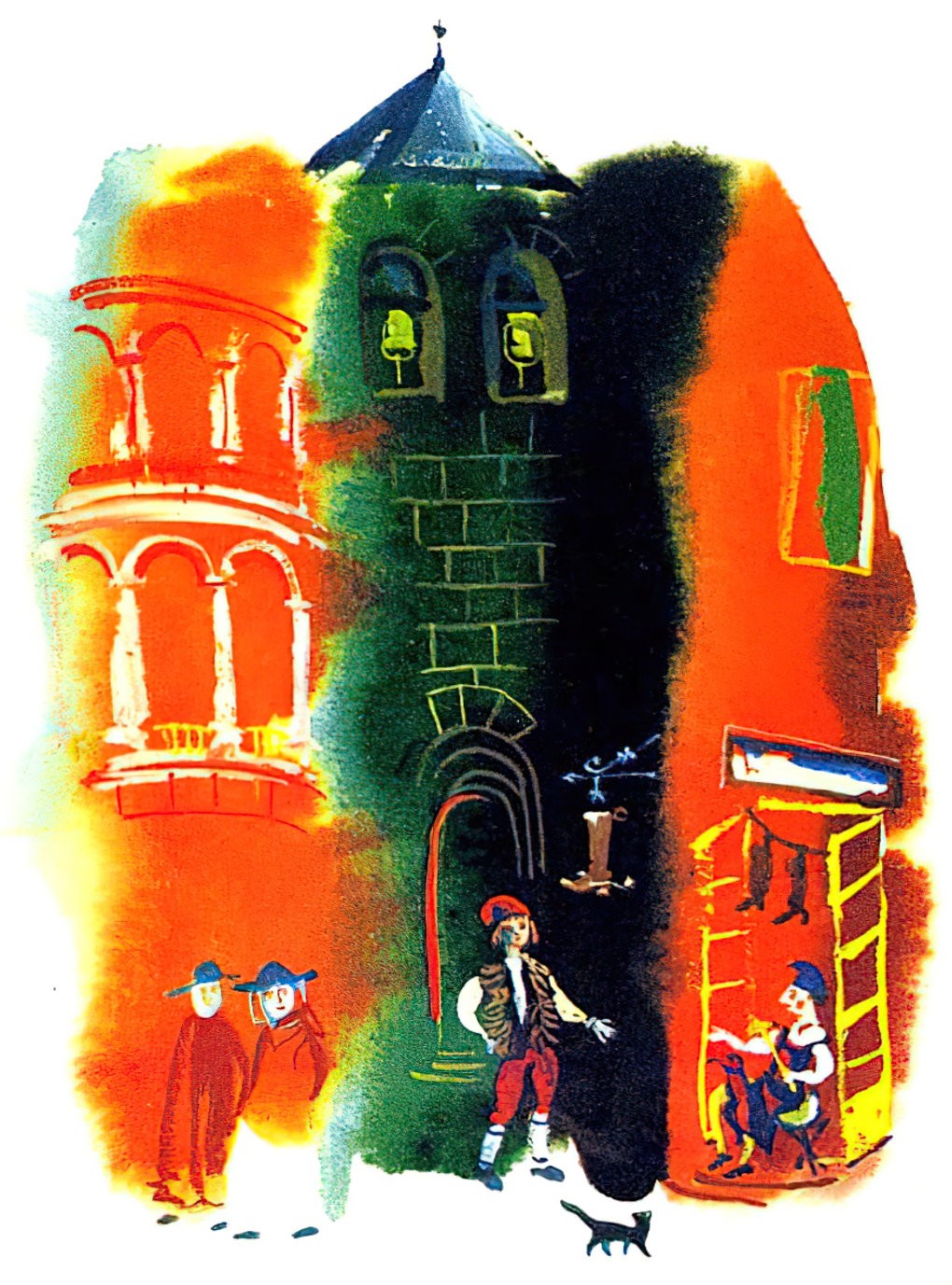
DESIRE
Puss wishes for a life of luxury. He wishes to save his own life. In order to do this, he’ll have to elevate his master’s position in life then ride on his coattails.
OPPONENT
His first opponent is his master who plans to eat him. But Puss quickly mollifies him. Each character he meets on the road becomes an opponent who trickster Puss has to fool.
The ‘Minotaur opponent’ is the ogre, who is obviously the most fearsome, being an ogre.
The Ogre
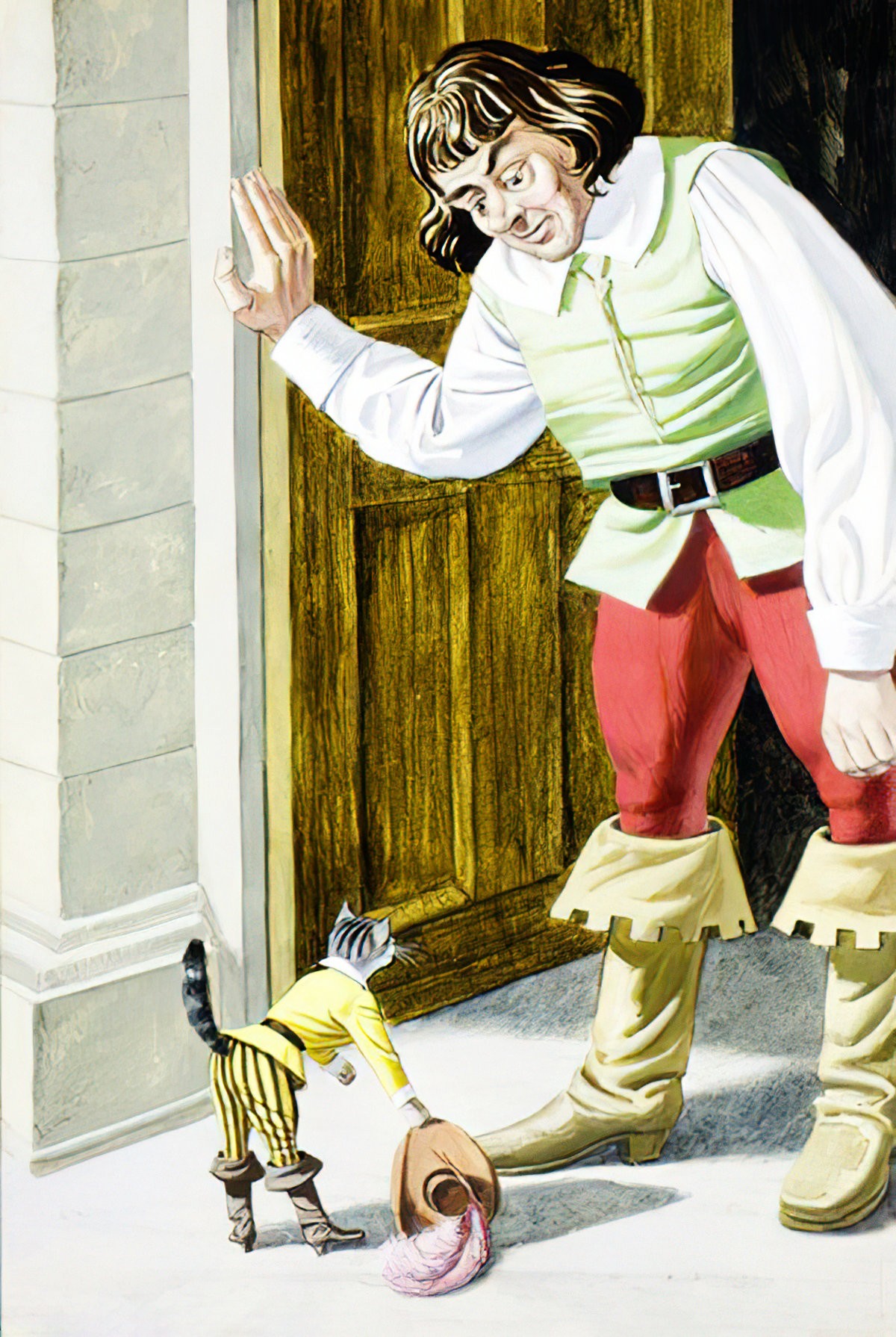
Ogres were remnants of Medieval and Roman beliefs in Orcus, a deity or at times also the dark and cruel aspect of the ruler of the afterlife who was lowered to the status of a shape-changing monster. It’s interesting to note that this ancient deity could live in a palace among humans and with human servants as though he were nothing more than another noble. Even more interesting to realize is that this same deity could fall prey to the deceit of a house fairy. Such ogres and hags were, of course, common in folklore as ancient deities peppered the land, terrifying and or ruling the remnants of the people who had once worshiped them. Such beings, while clearly magically and physically superior to humans, were more susceptible to arrogance much like we might imagine a faded sports star or some other person who has long since passed their prime would be.
Analysis of Puss In Boots
PLAN
He makes his first win (the rabbit) using only a sack, some bran and some juicy weeds.
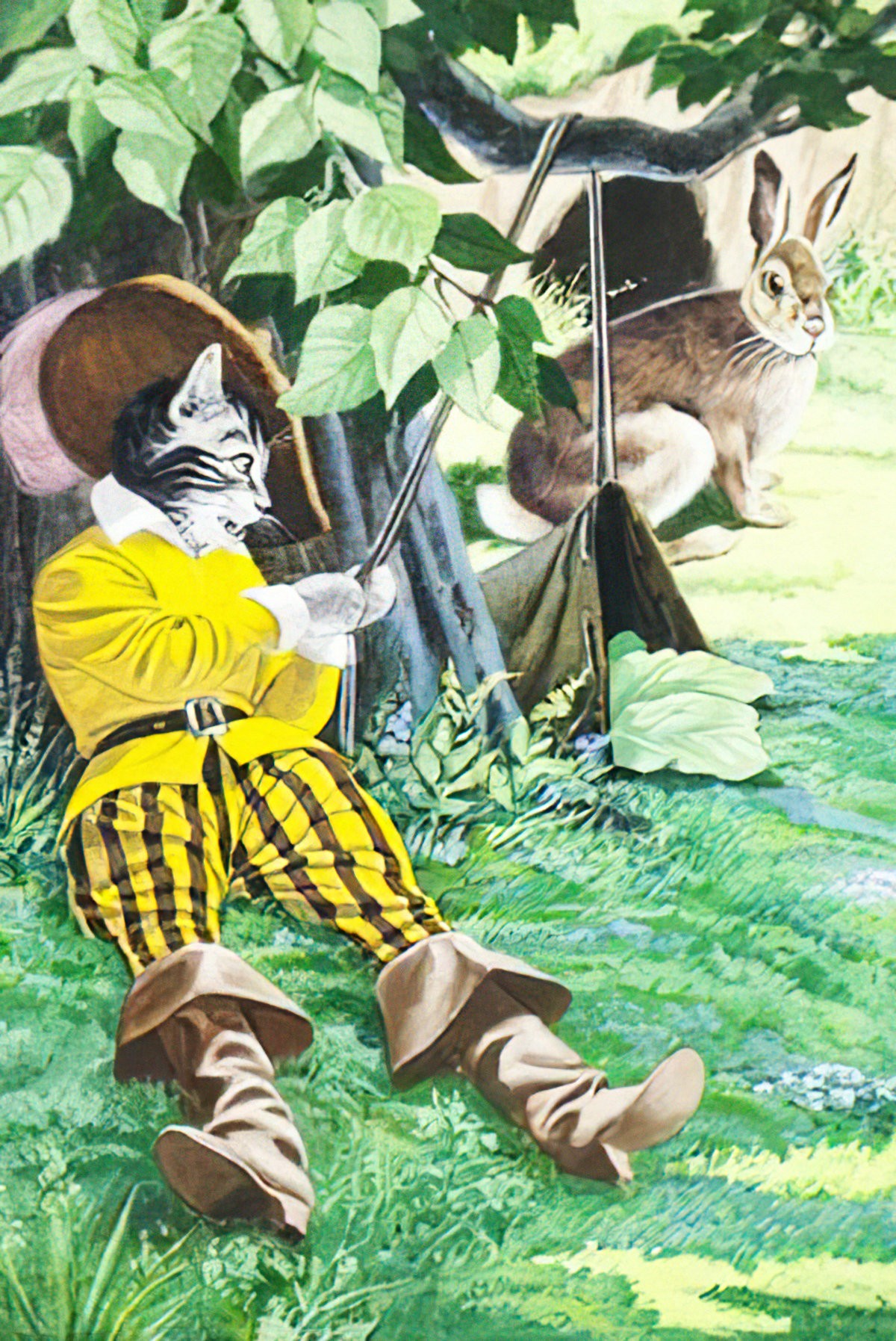
After that he turns to stealing, lying, cunning, threats and murder.
I do wonder if the worry of having one’s clothing stolen while swimming in the buff is a widely held fear, much like that dream where you find yourself naked in public. The trope Gone Swimming, Clothes Stolen has been used so much in stories since Puss In Boots that I figure it must be.
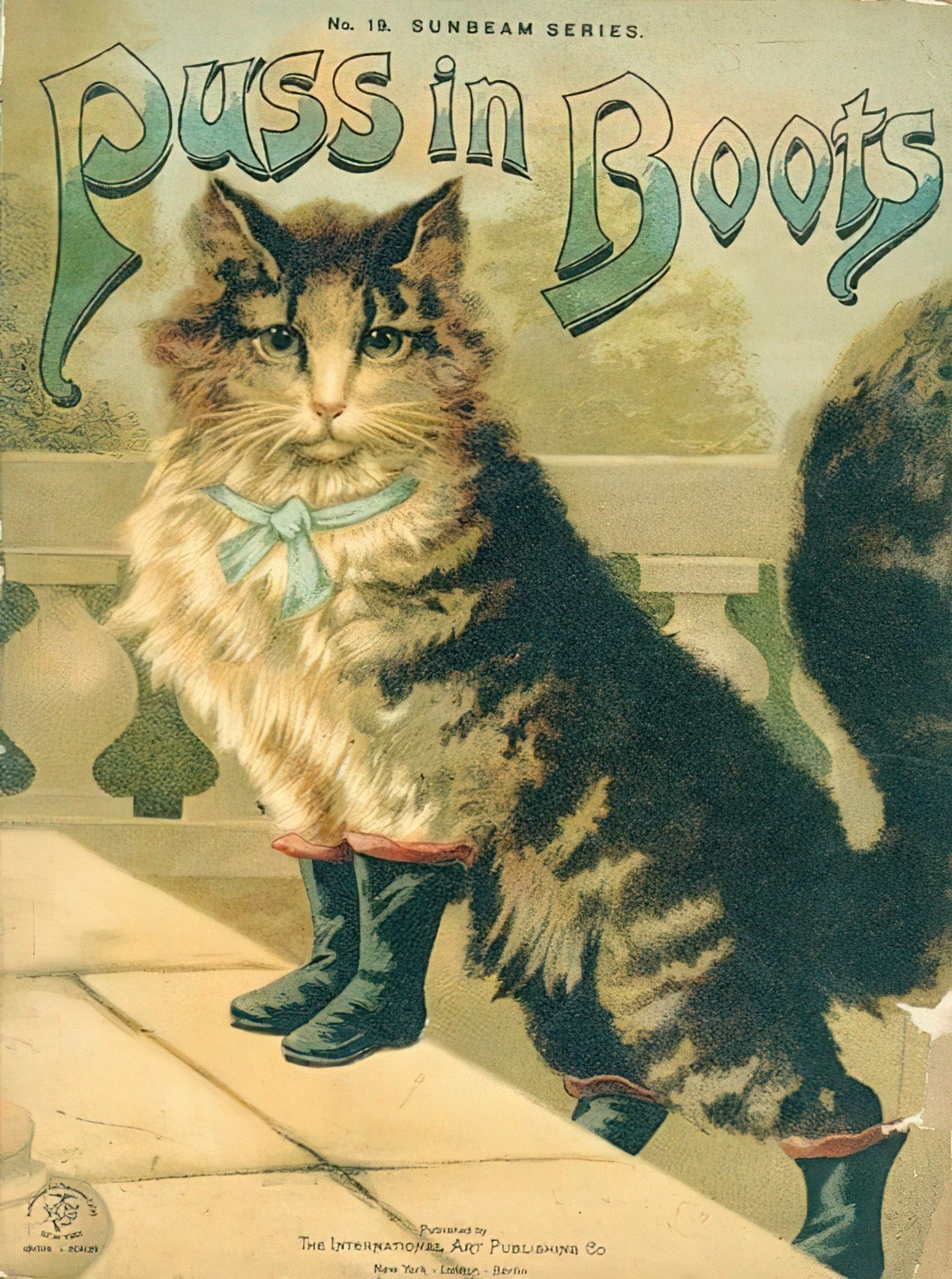
BIG STRUGGLE
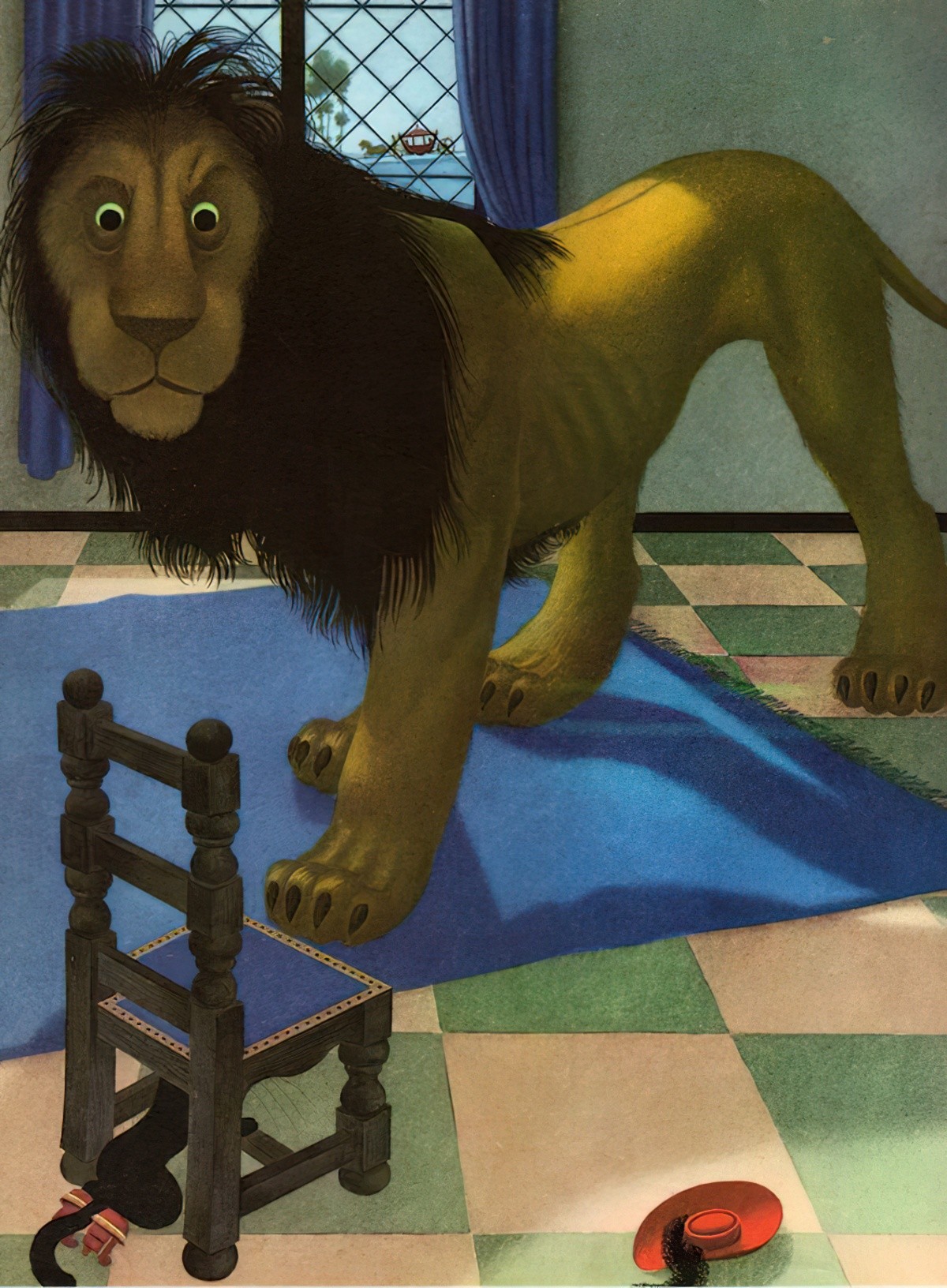
The scene where the ogre turns into a lion and then into a mouse
ANAGNORISIS
Once again, the revelation comes via the morals dished out by Charles Perrault after the story has ended. These two morals demonstrate perfectly a double standard that exists for men and women, in those days as well as in these; young men are advised to rely on their own ingenuity rather than upon inherited wealth in order to make their way in the world whereas young women (or perhaps the men who marry them off as chattels) are advised to question wealthy young men who come their way as wealthy appearance doesn’t equal inner goodness, and the wealth may be ill-gotten.
Some scholars would argue that Puss In Boots does not count as a fairytale for lack of a clear moral within the story itself. Aside from the typical story structure as listed here, Puss In Boots has:
- magic
- transformation (the ogre turning into a lion and then a mouse)
- typical fairytale elements such as repeated use of the number three
- a fairy-like animal sidekick/helper
- a princess used as bystander love interest
But no clear moral.
NEW SITUATION
Cat and ‘Marquis of Carabas’ live in luxury inside the ogre’s house.
“The cat was made a great lord and gave up hunting mice, except for pleasure.”
However…
Some versions of the story [not Perrault’s] have the cat’s master turn out to be [an ungrateful bastard]. For example, in an Italian variation, Pippo and the Clever Cat, Pippo promises his cat that for everything she’s done for him, she’ll live like a queen and receive an elaborate funeral when she passes away. Deciding to test this, the cat plays dead. Pippo’s wife is in tears mourning the cat, but Pippo simply says to grab her by the leg and toss her out the window. The cat gets up, curses her master’s name, and leaves. In the Russian version, sets fire to the master’s home first.
Puss In Boots, TV Tropes
Because this is a fairytale and not something to be analysed literally, the reader glosses over certain problems with the plot. If I engage my brain while reading, I end up wondering:
- How did Puss know the King was going to be riding past that exact part of the river at that exact time?
- Why did the King keep riding and riding along the road, encountering peasants who’d been threatened by the cat?
- Does the king travel with a spare set of fancy clothes in his cart?
- When the princess first sees the third son he is actually butt naked. Could it not be this that she falls in lust with, rather than his fine clothes? (Anyone else thinking of the 1995 BBC production of Pride and Prejudice, and the producer’s decision to have Mr Darcy get out of the lake in a fetching wet shirt?)
- Wasn’t the ogre’s home modified to accommodate a very large person? If so, how did the king not notice that everything inside the castle was huge?
- Why did the ogre’s friends, due for a dinner party, not overpower the king, princess and cat while they were at the castle feasting? Surely they could have. That would’ve been the perfect opportunity, in fact. Then they could’ve ruled the kingdom for themselves.
- How did the king not know about this Ogre before?
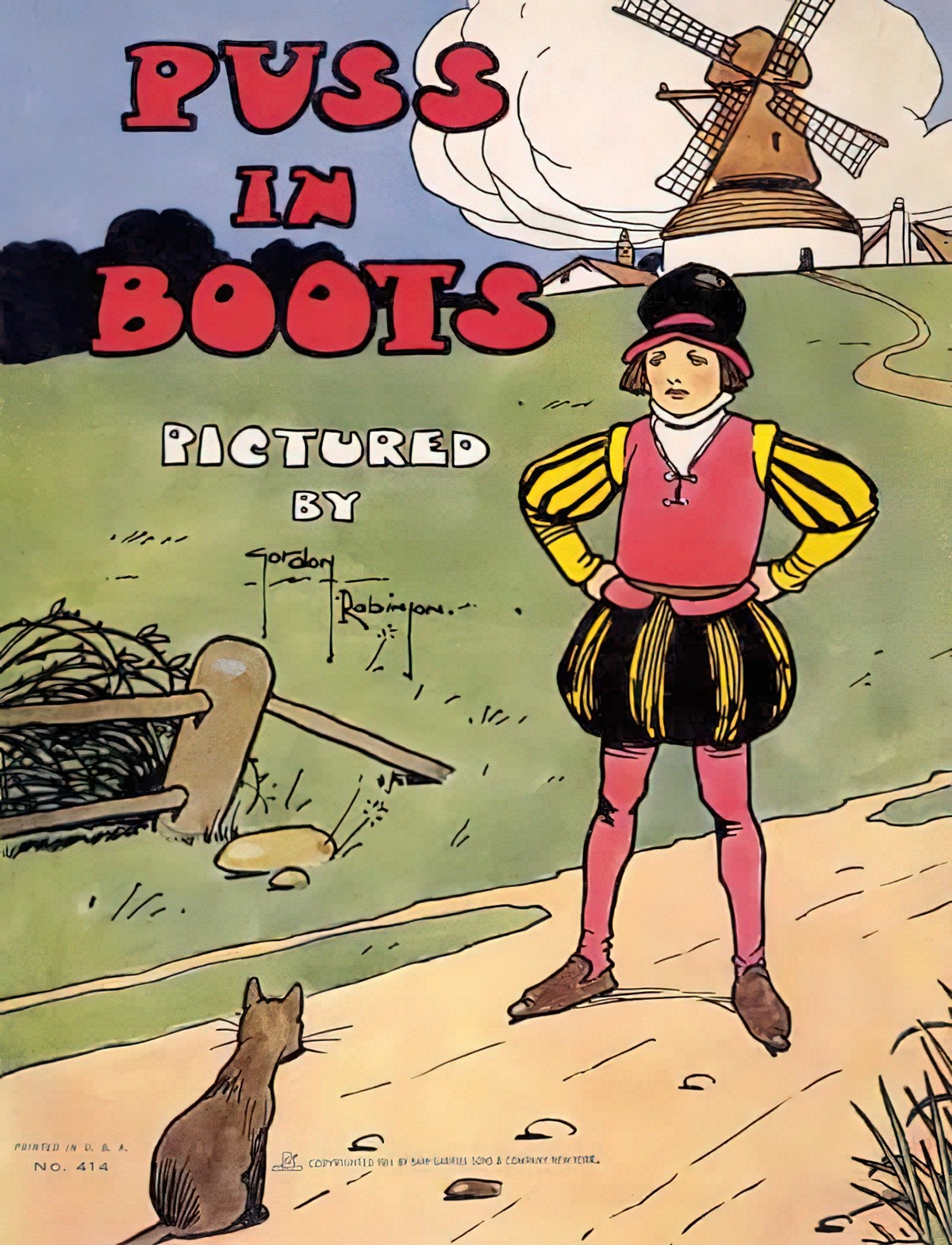
Dick Whittington and His Supposed Cat
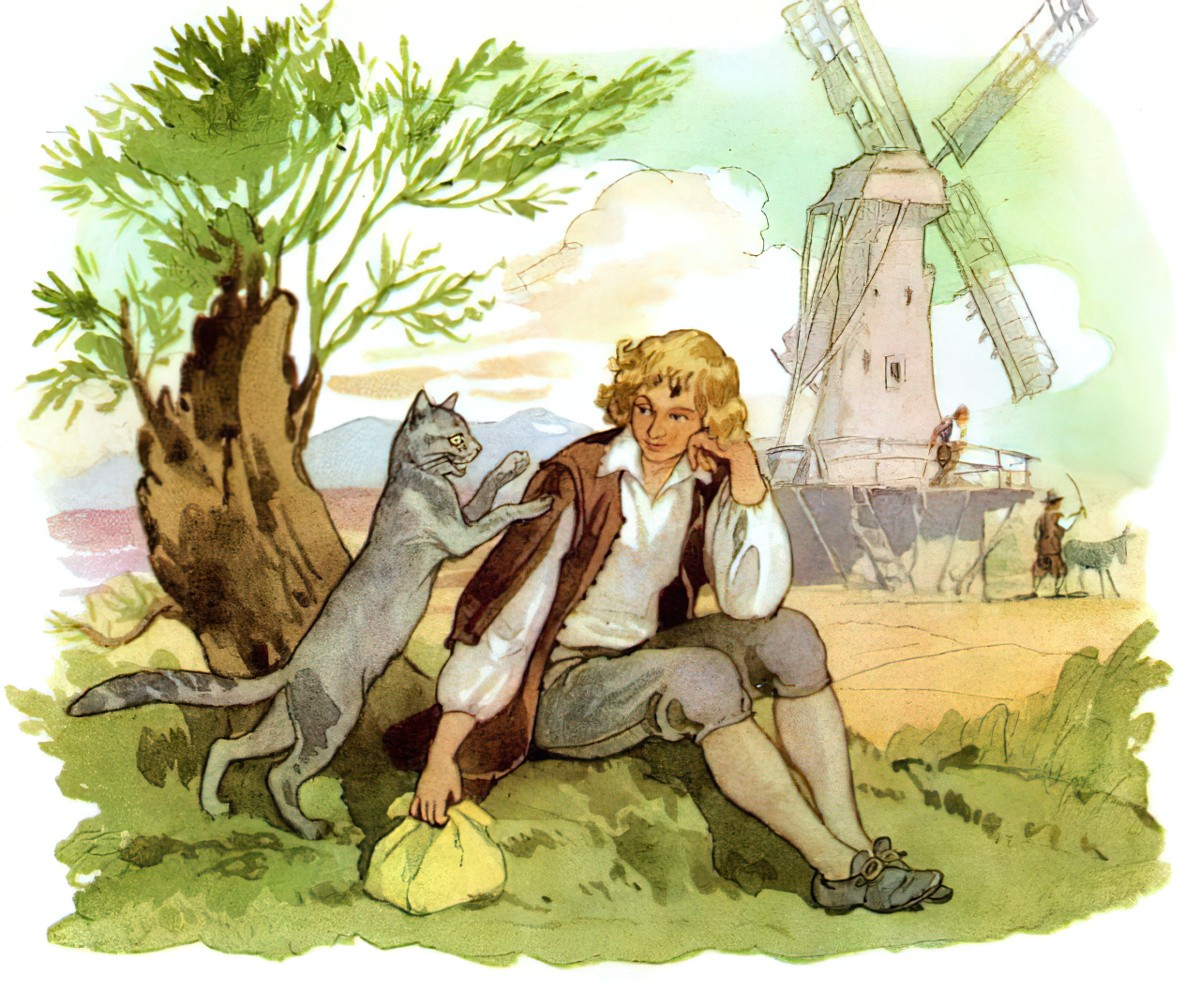
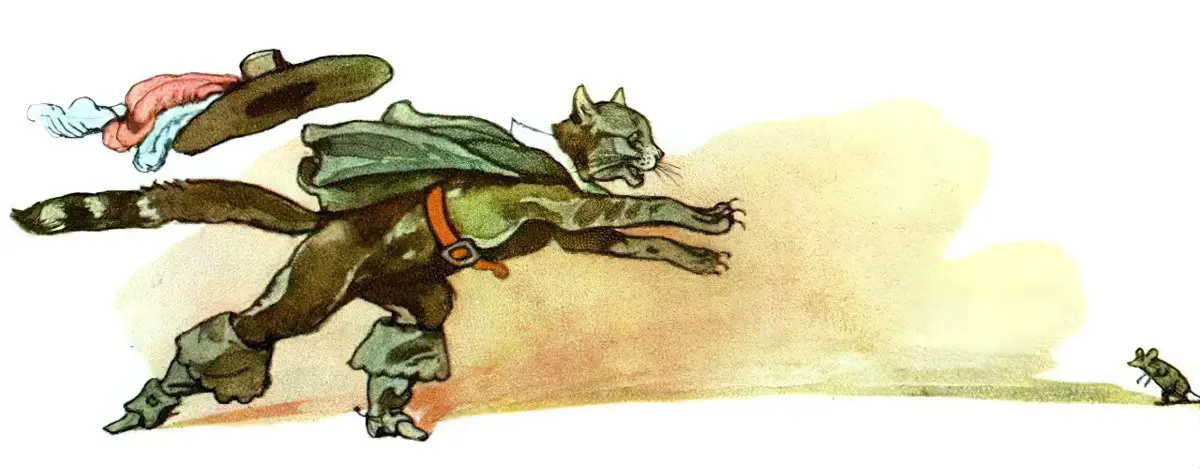
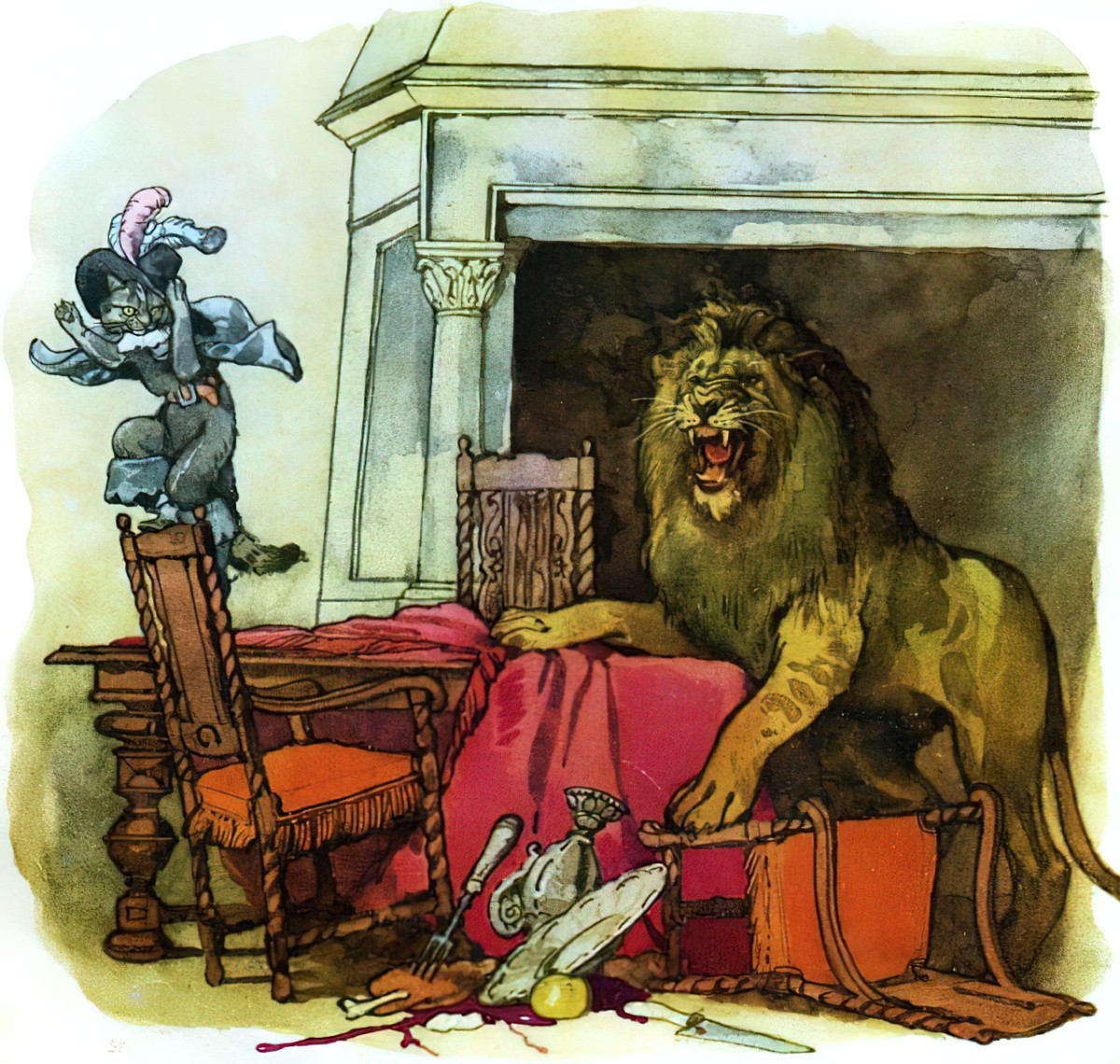
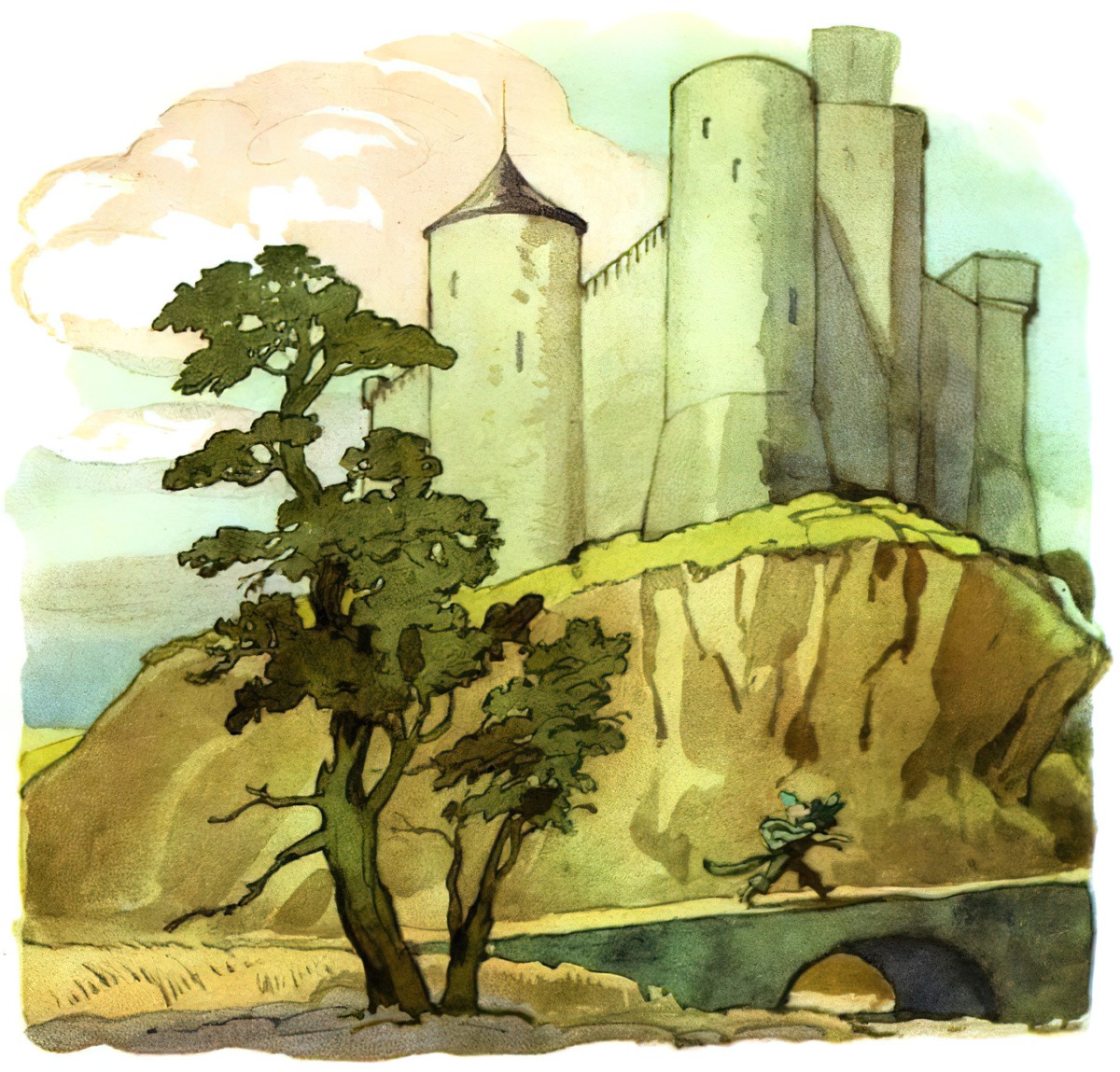
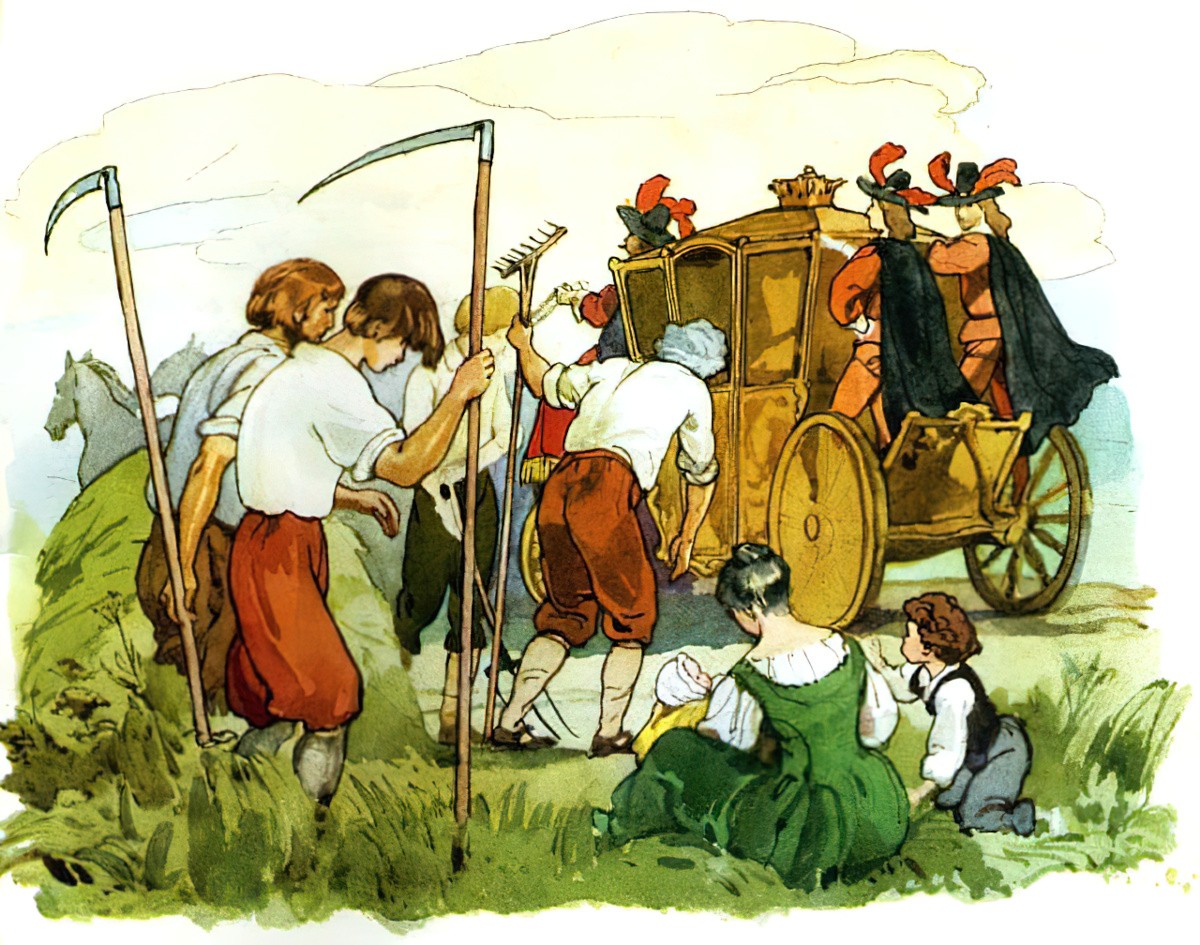
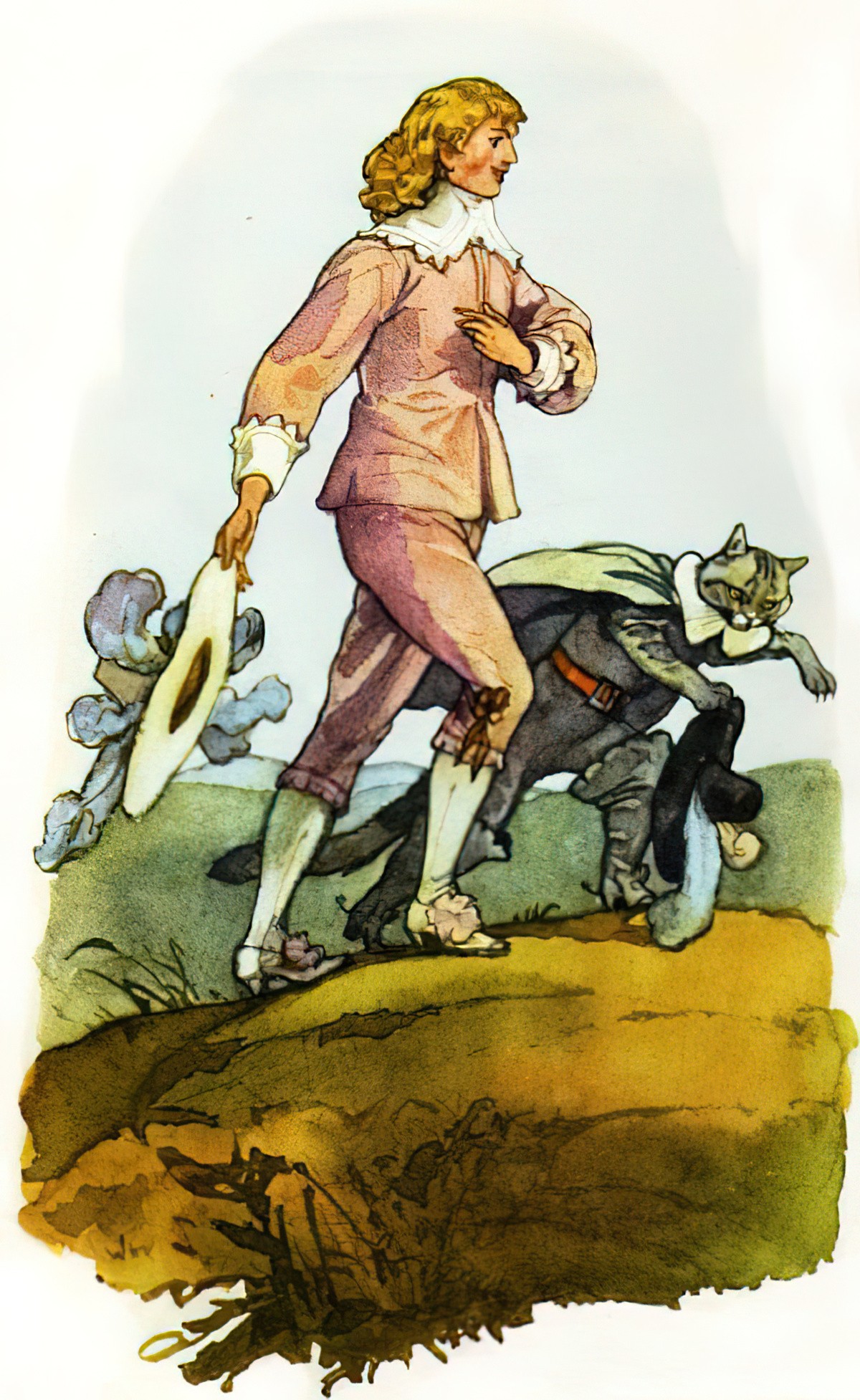
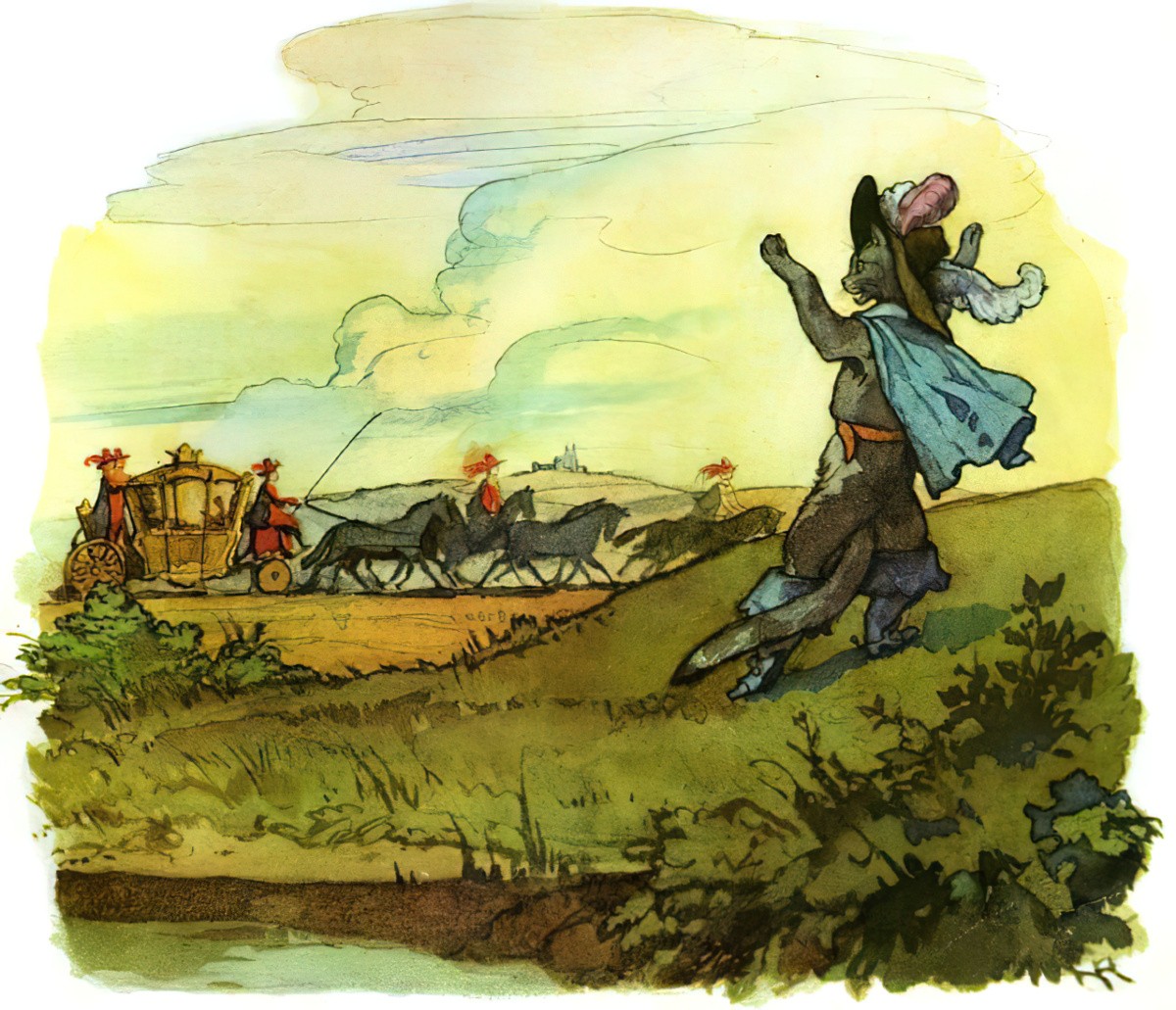
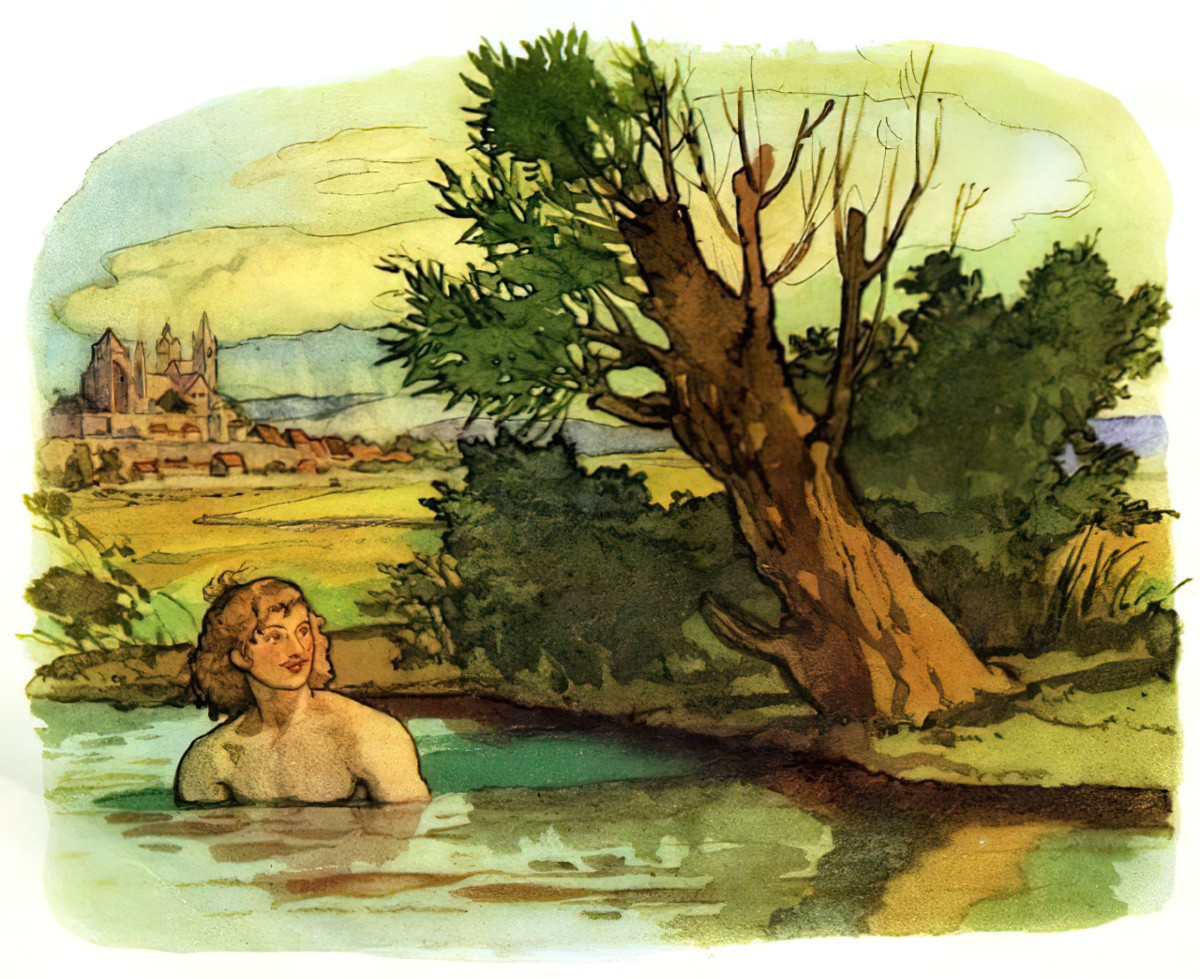
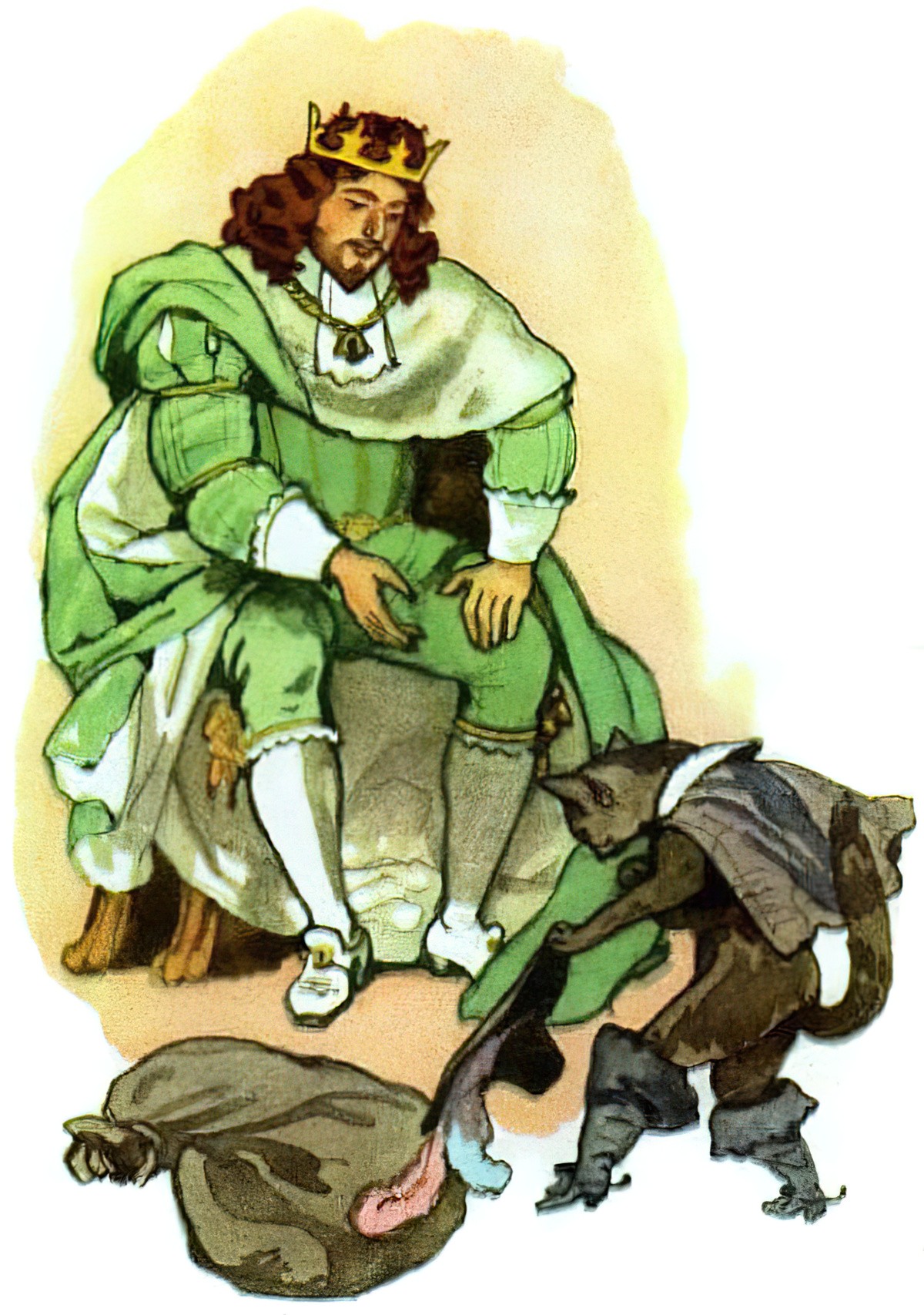
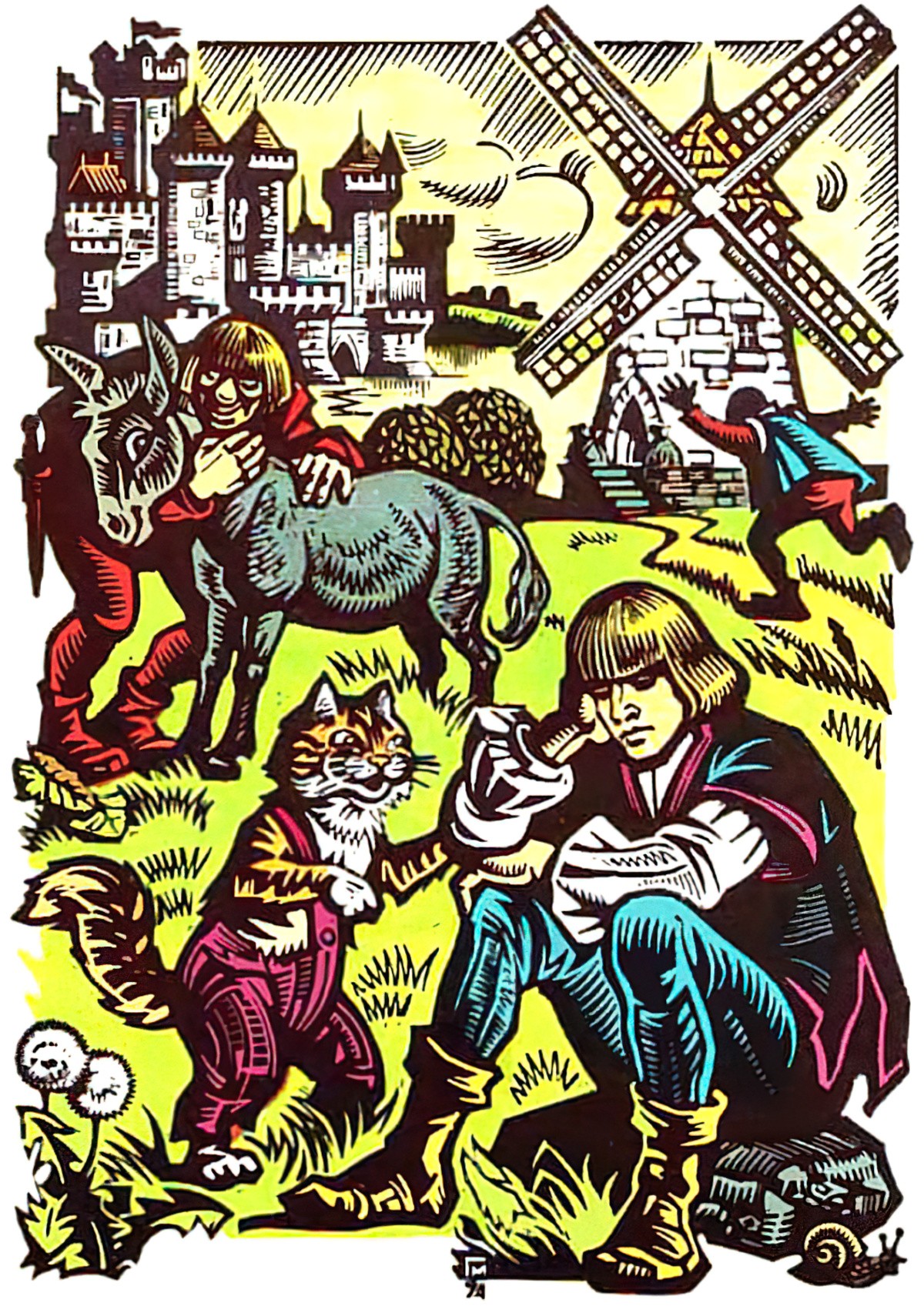
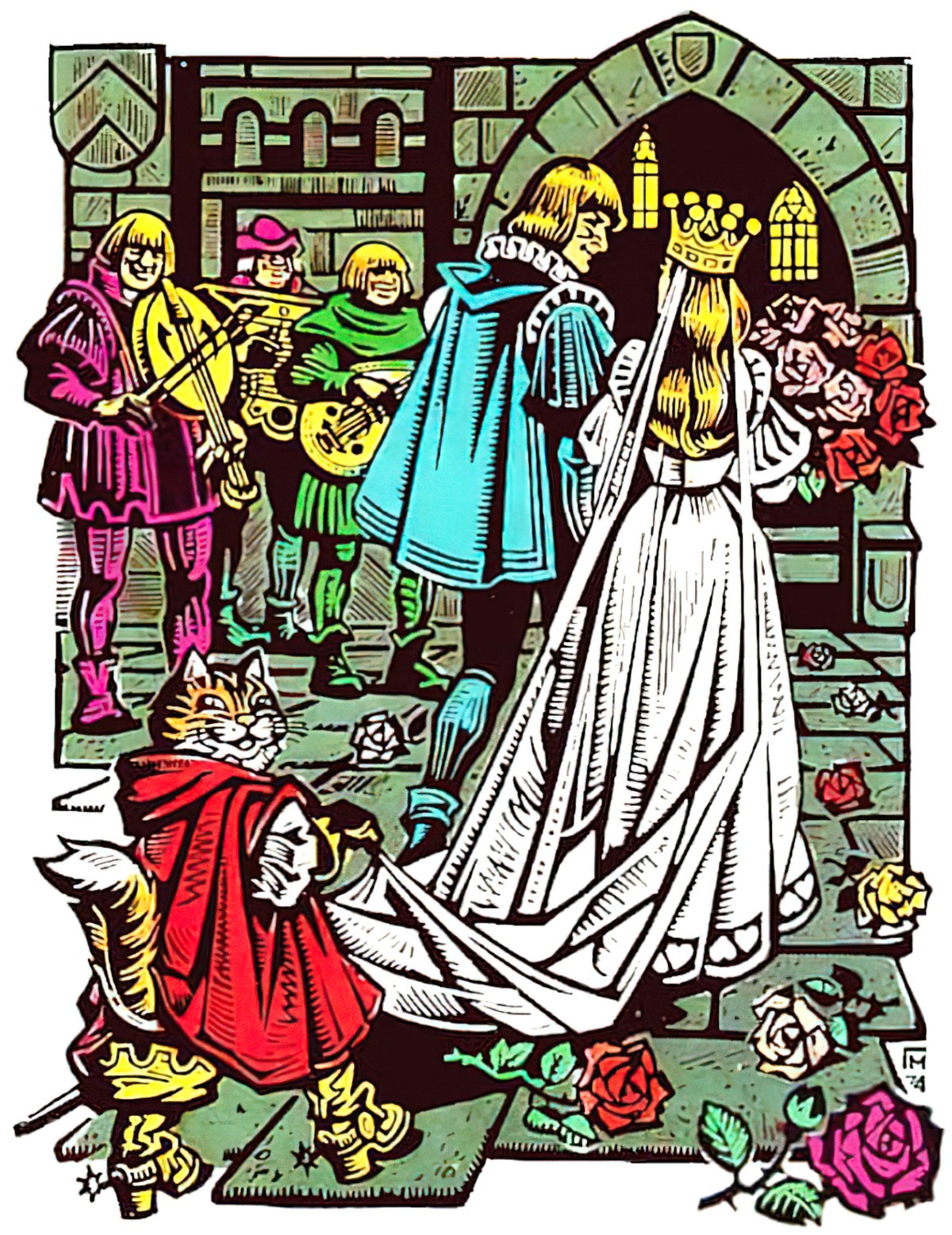
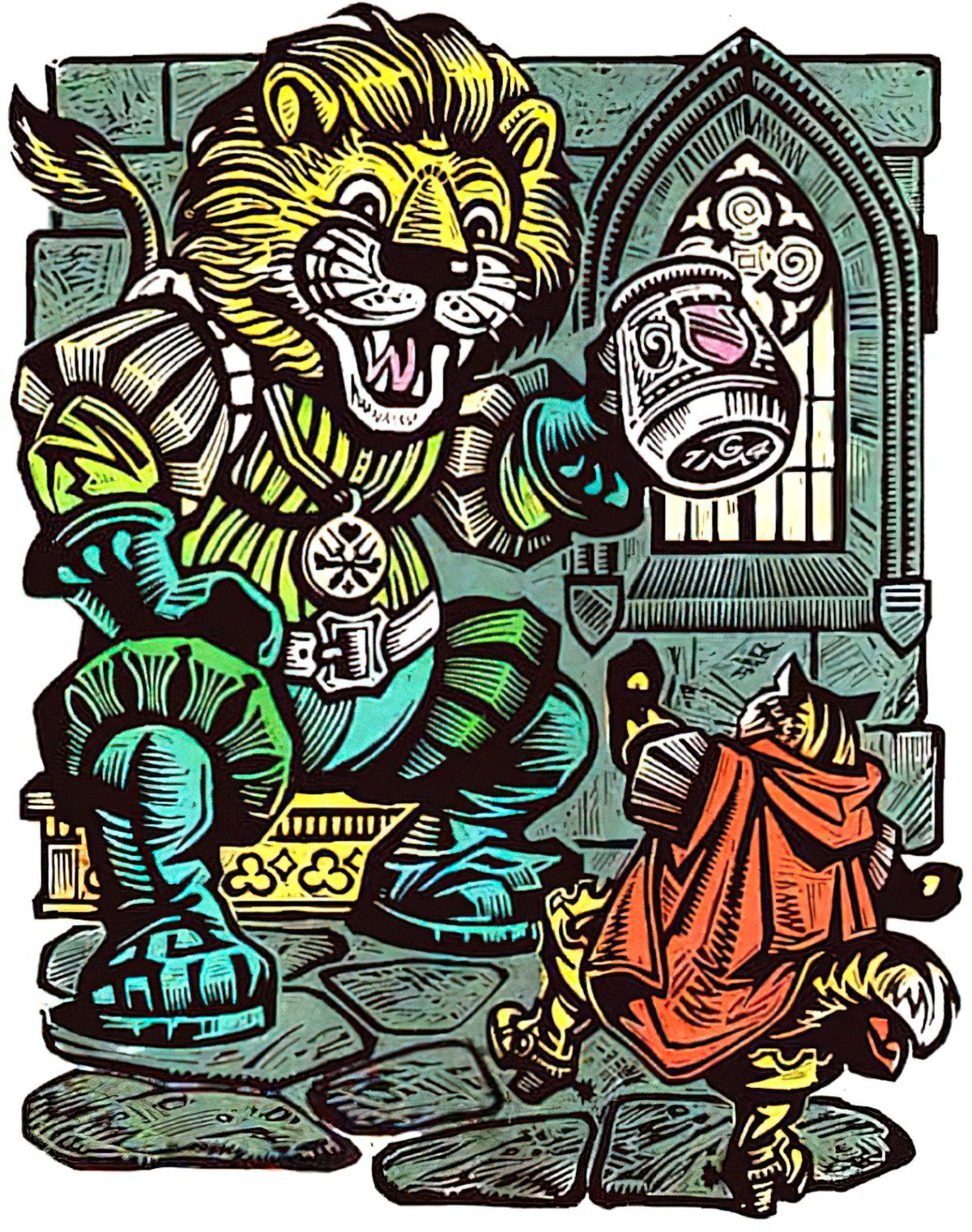
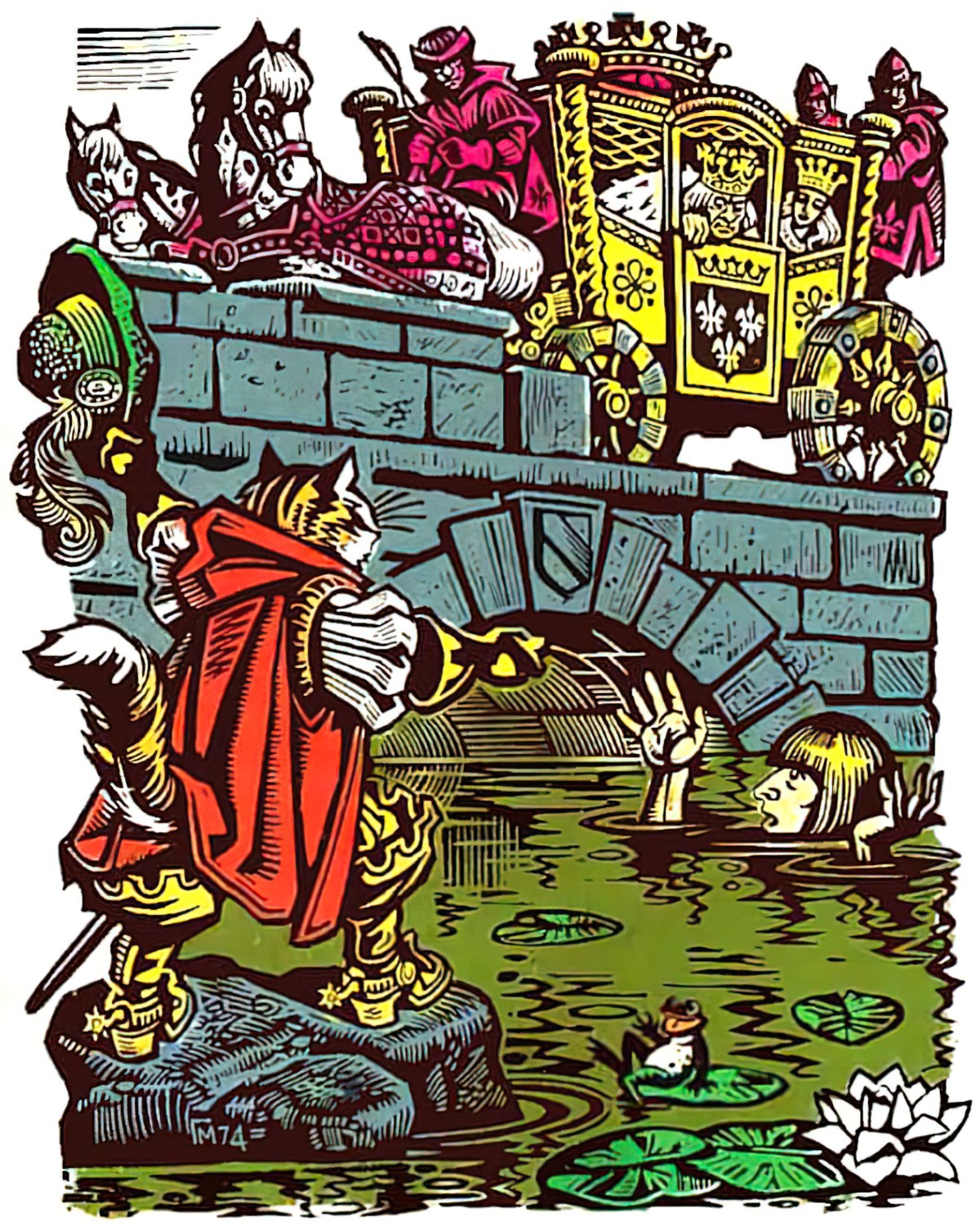
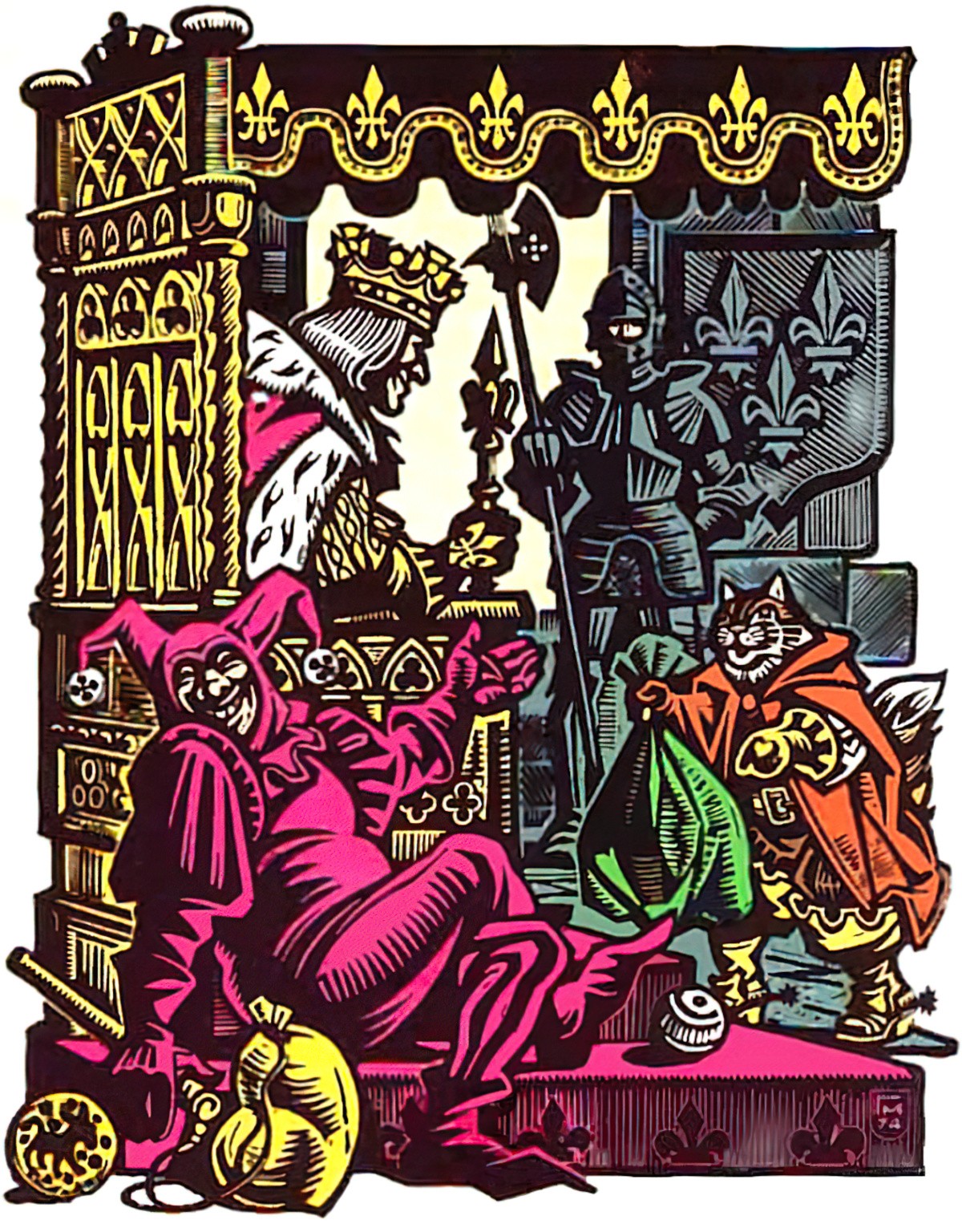
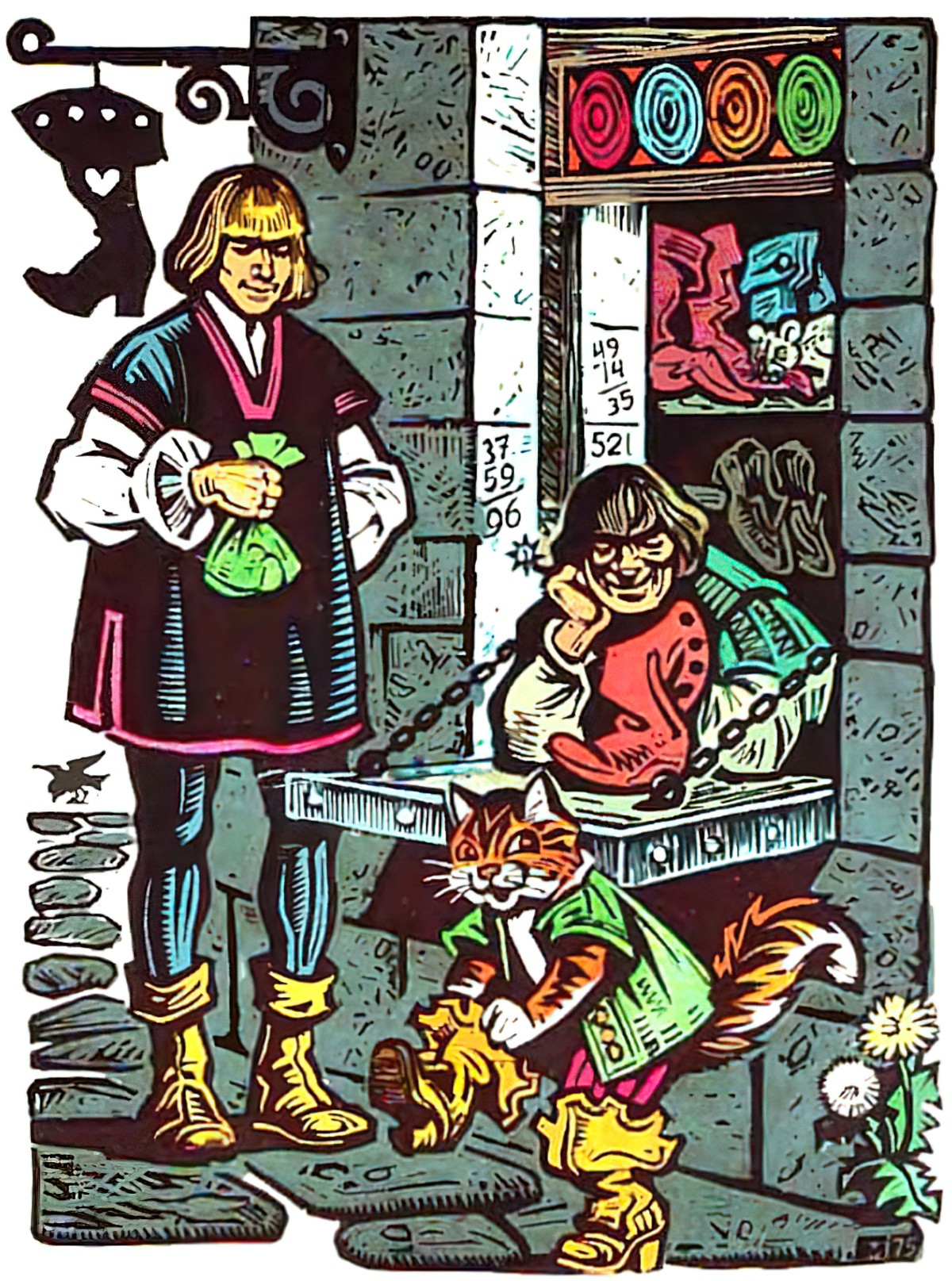
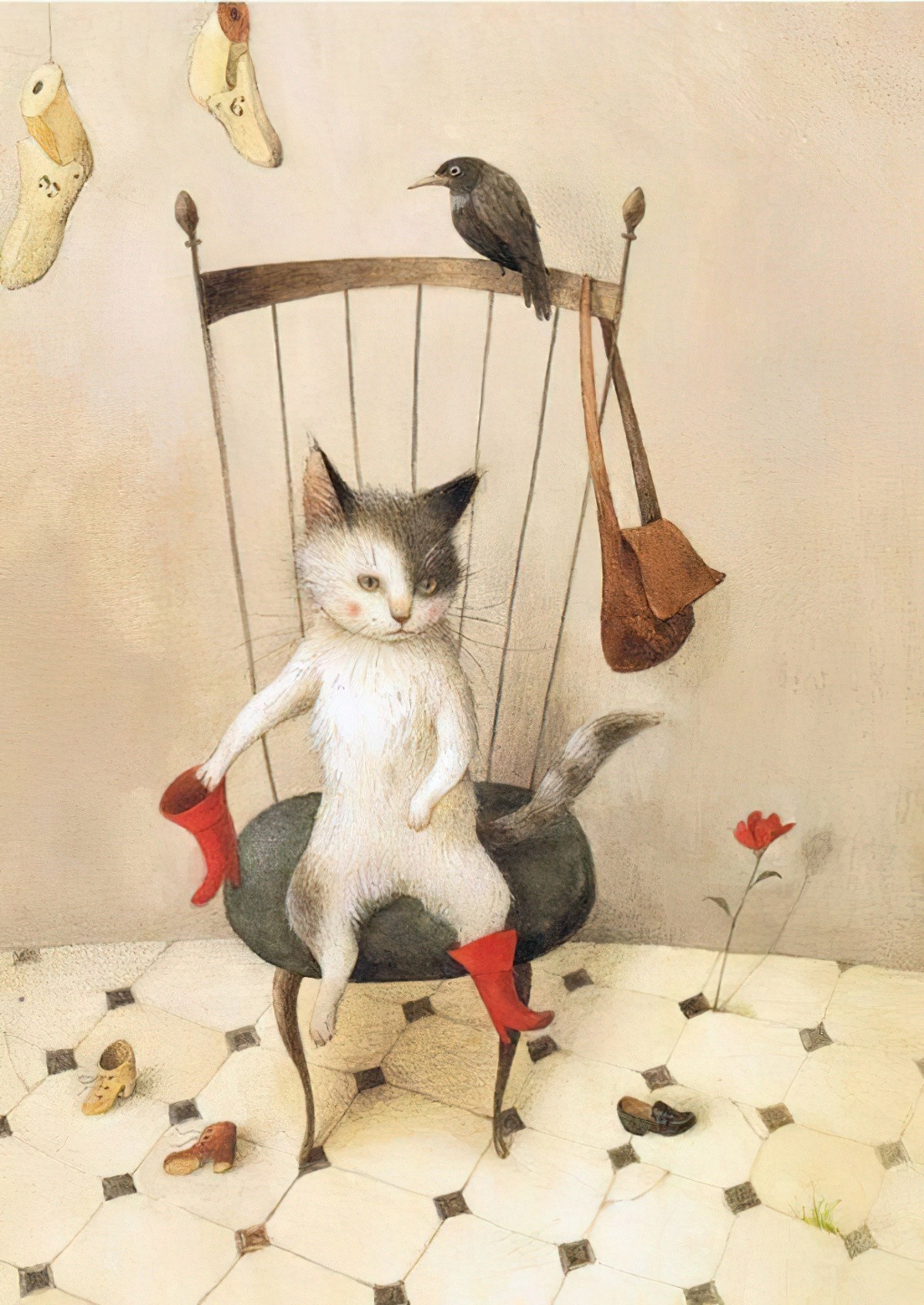
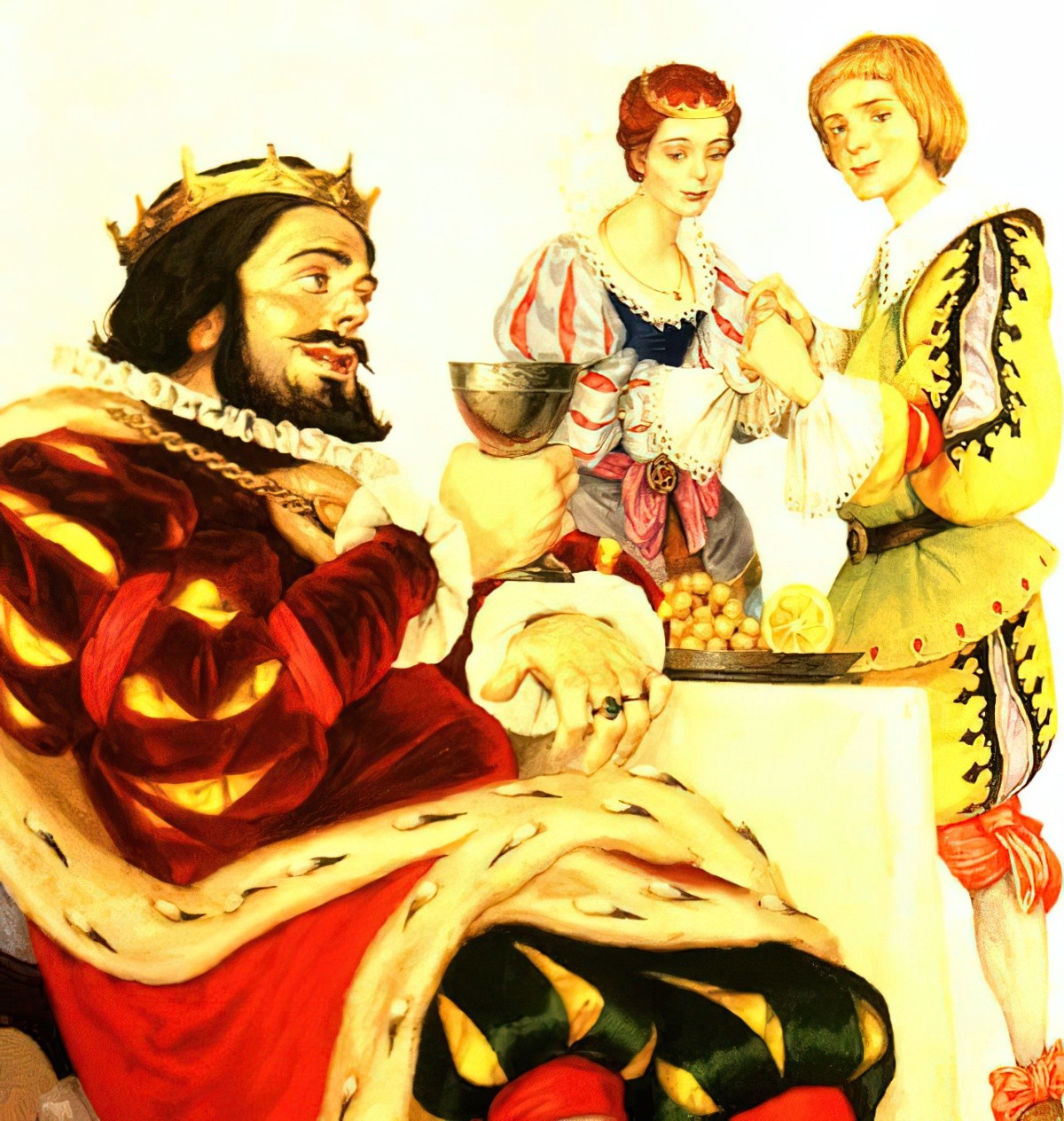
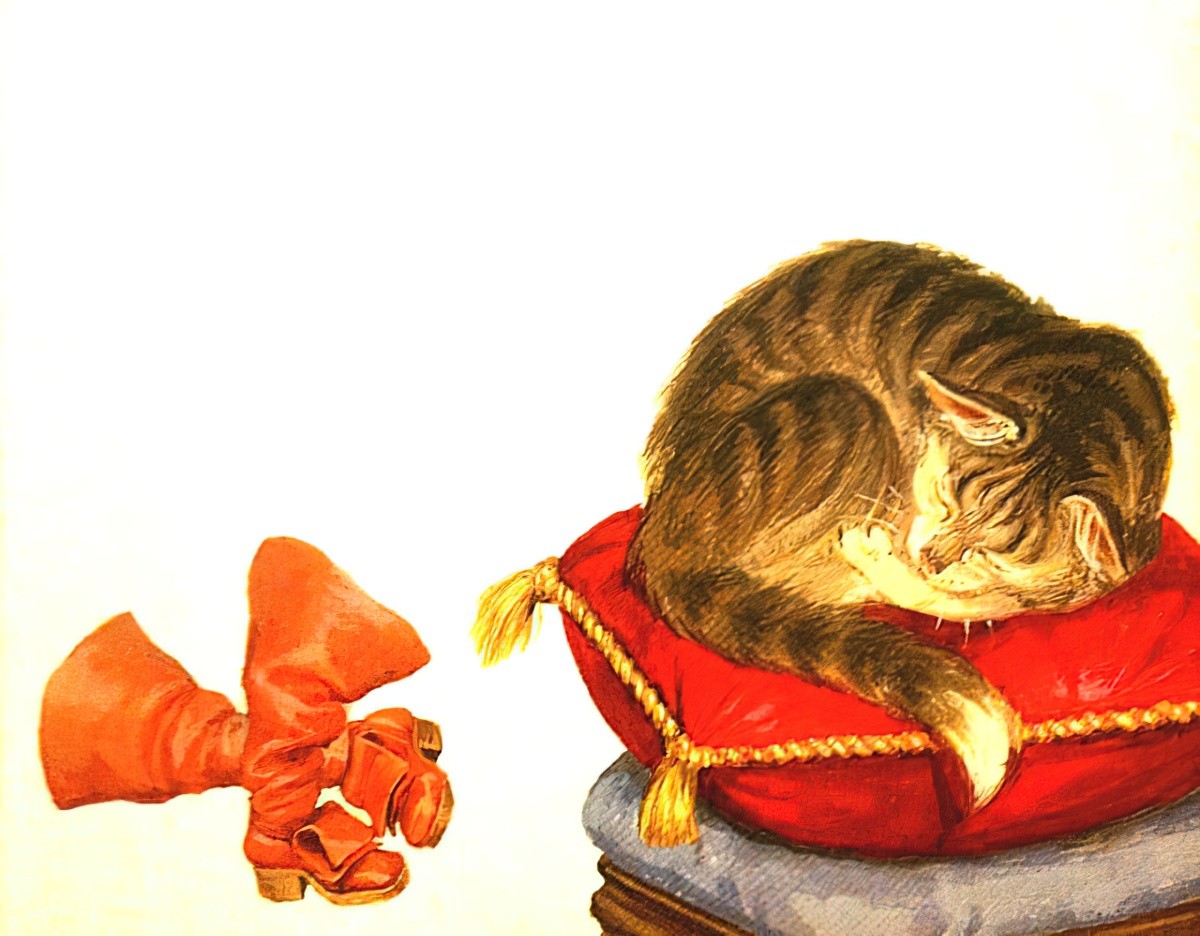
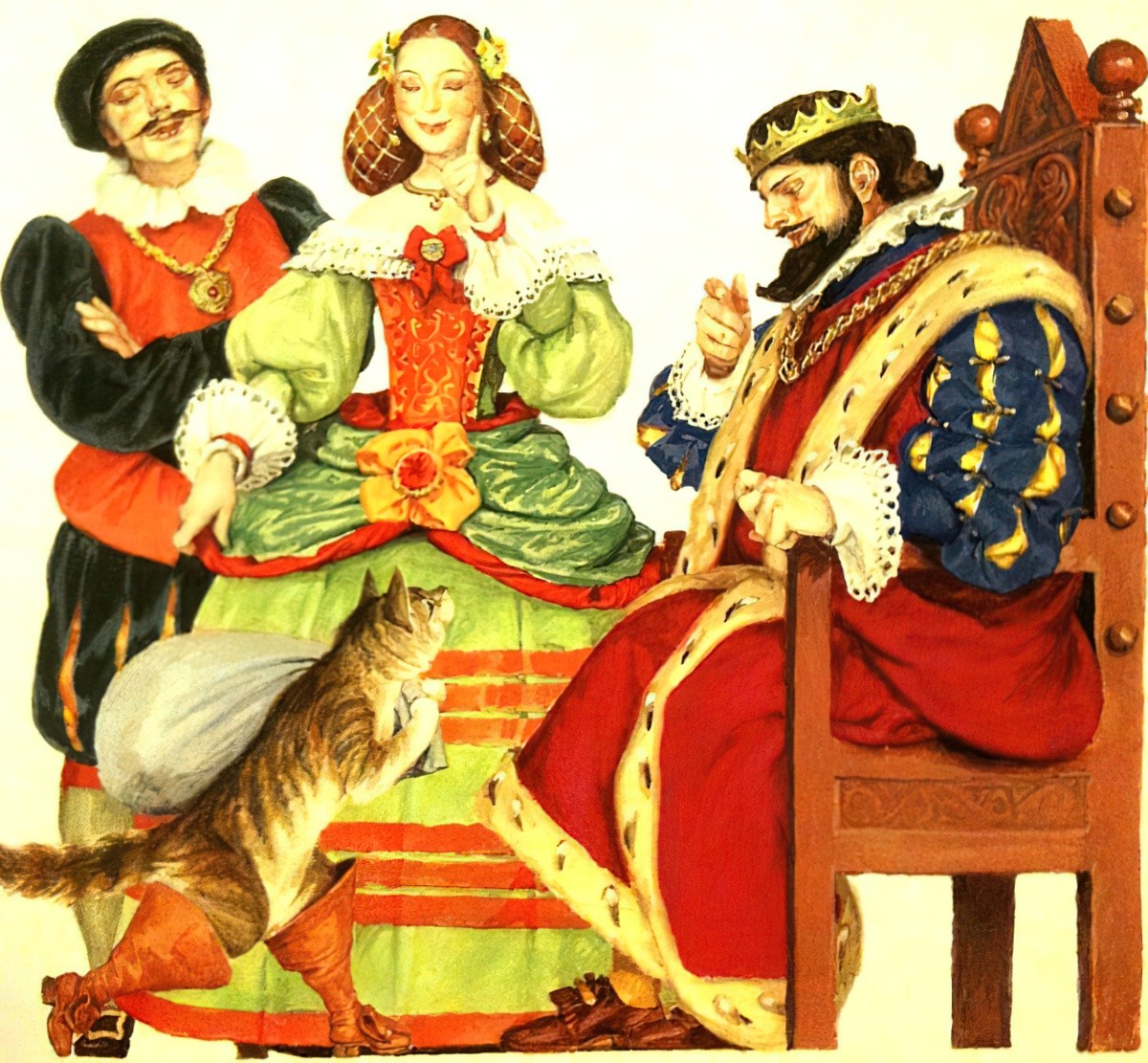
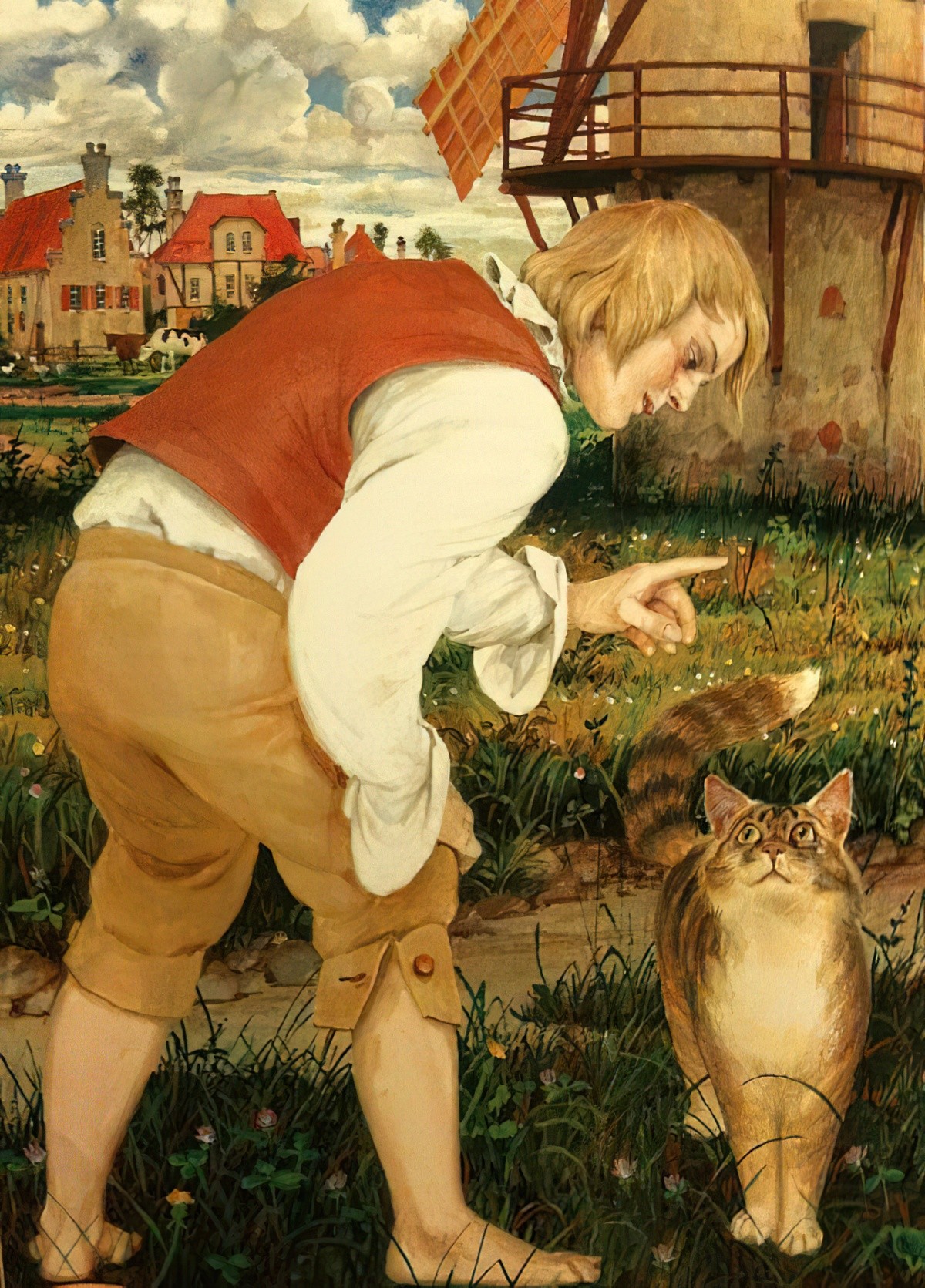
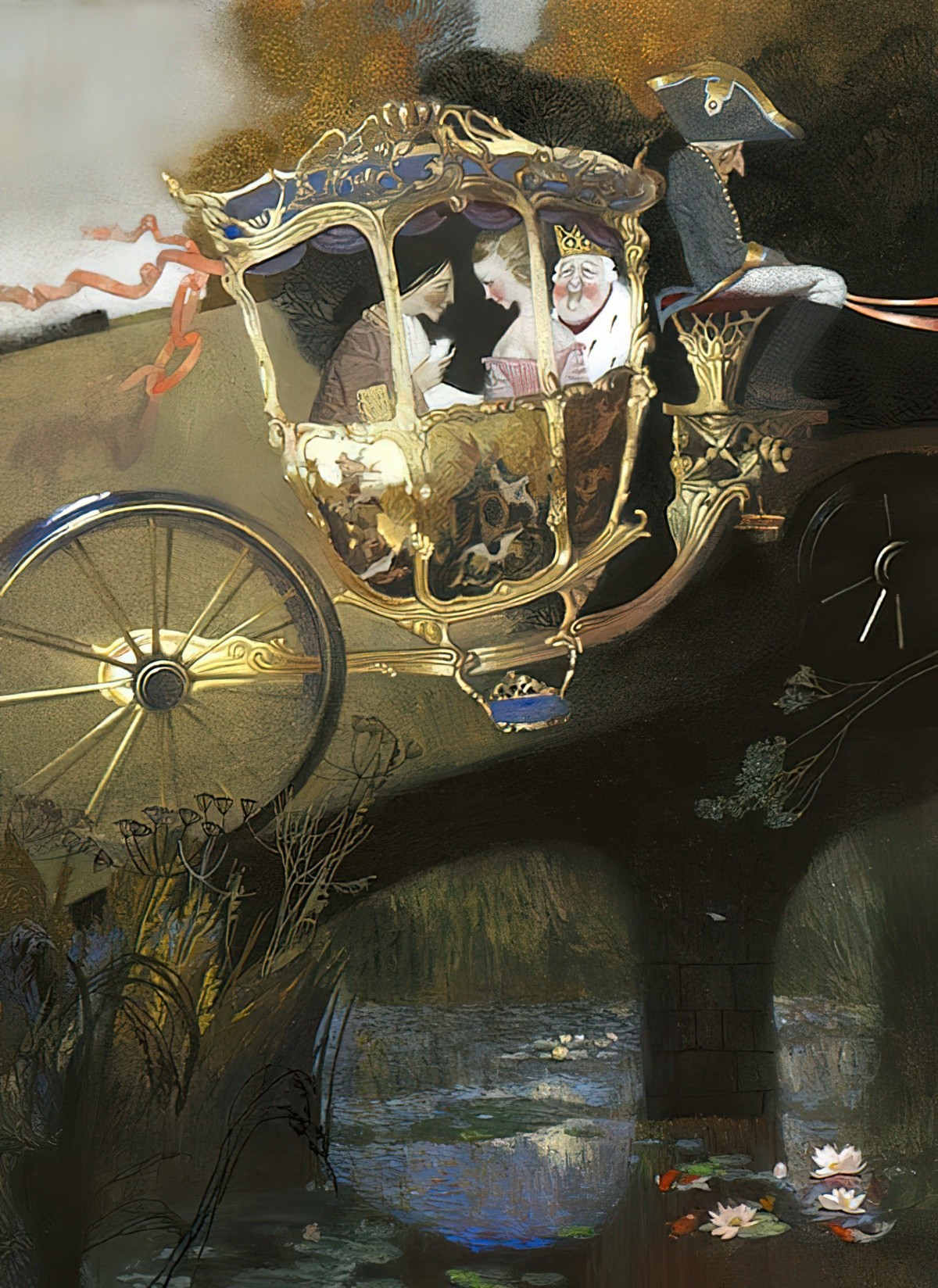
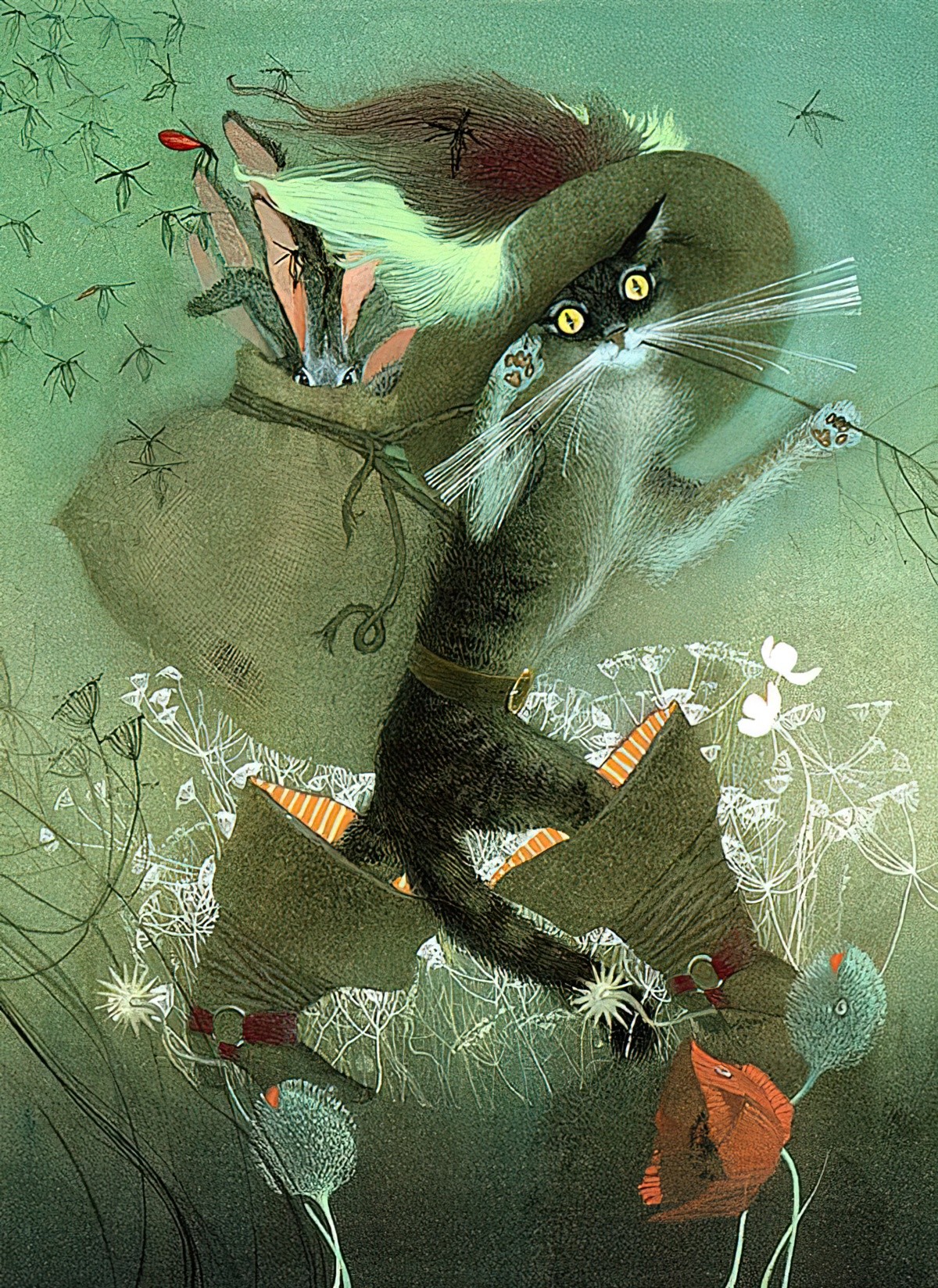
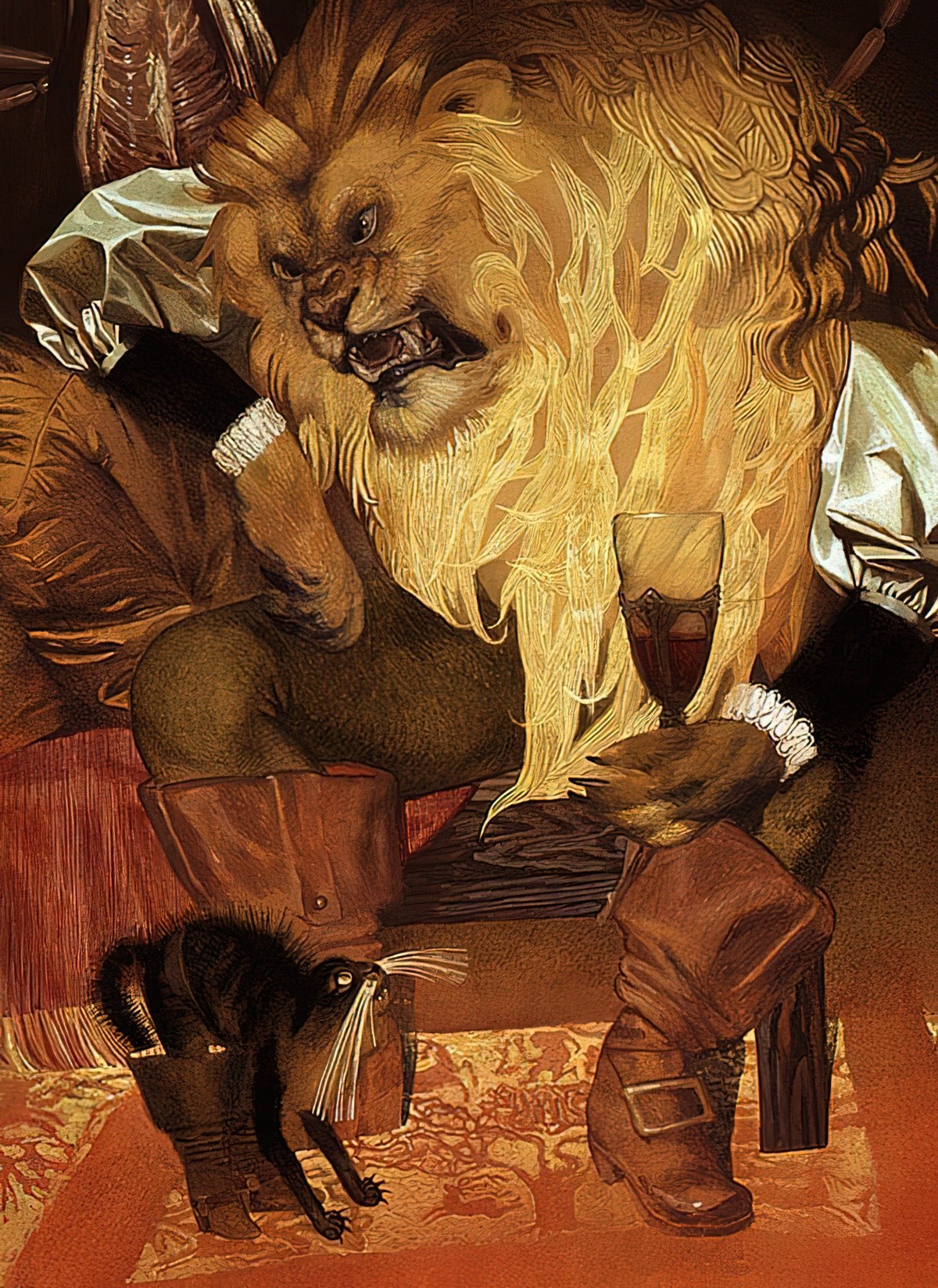
The tale of “Puss In Boots” is so beloved and so well-structured that the real life figure named Richard Whittington had this fairytale folded into the mythology of him. The real Whittington wasn’t even poor, yet somehow he became a ‘rags to riches’ hero.
